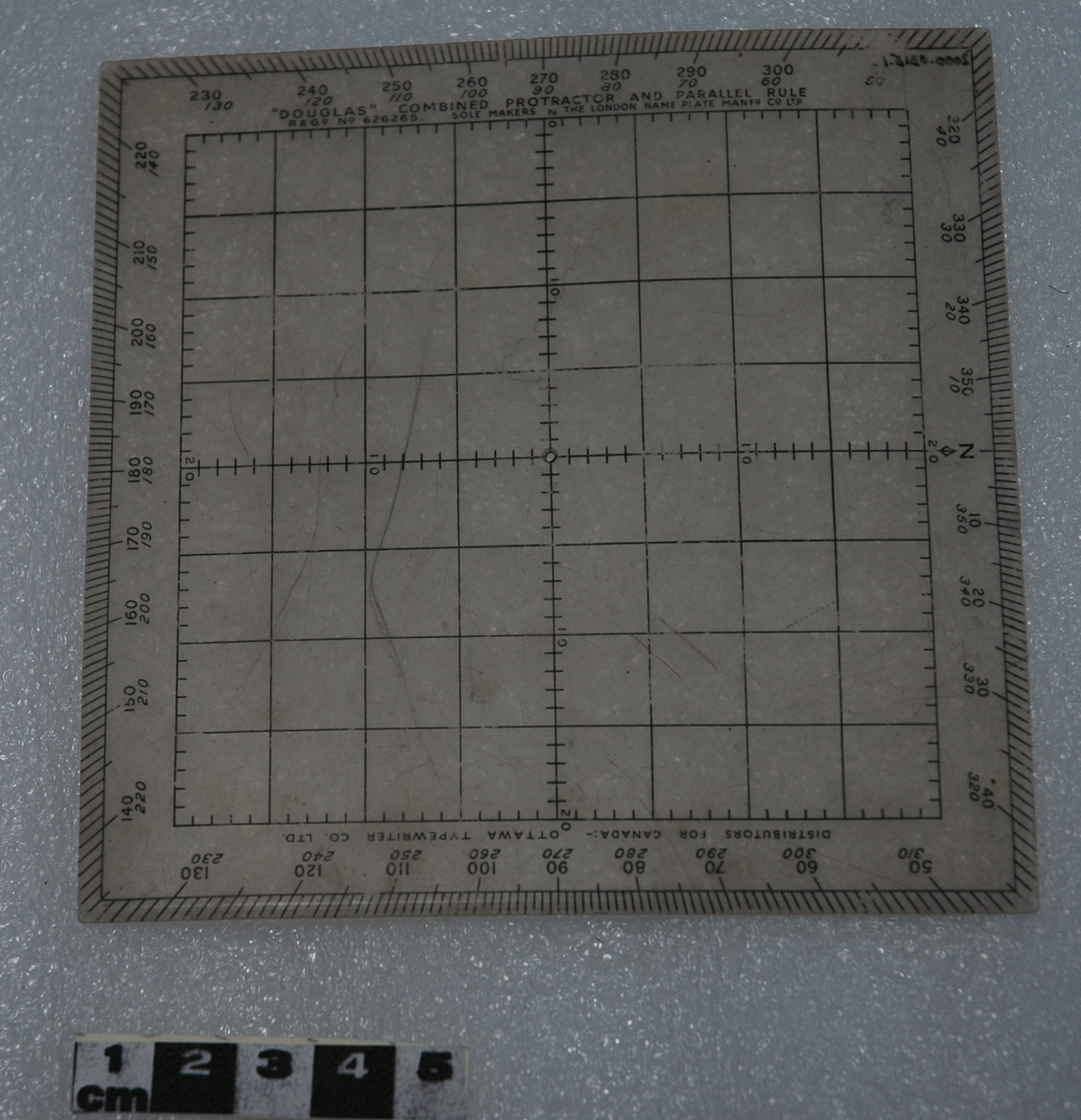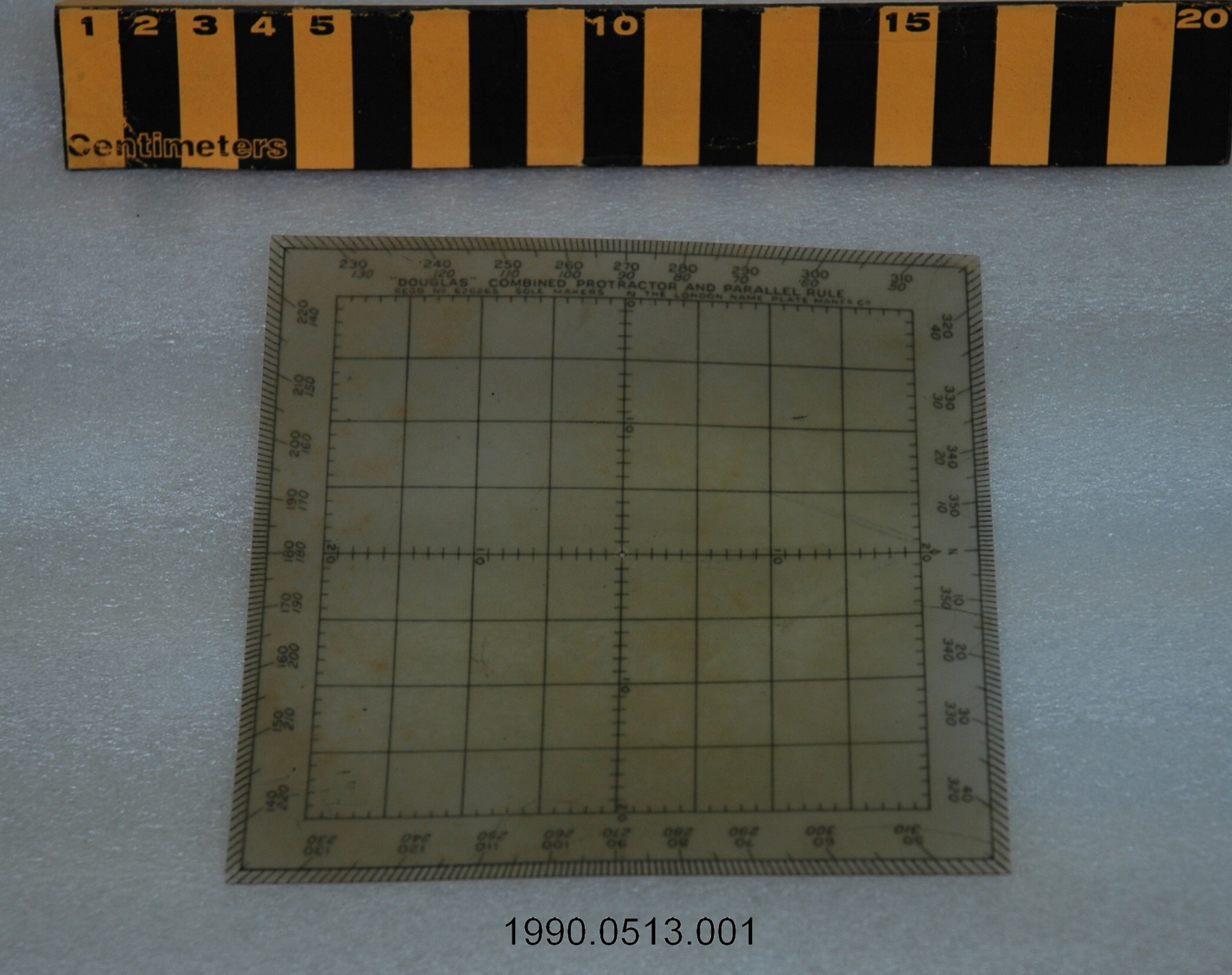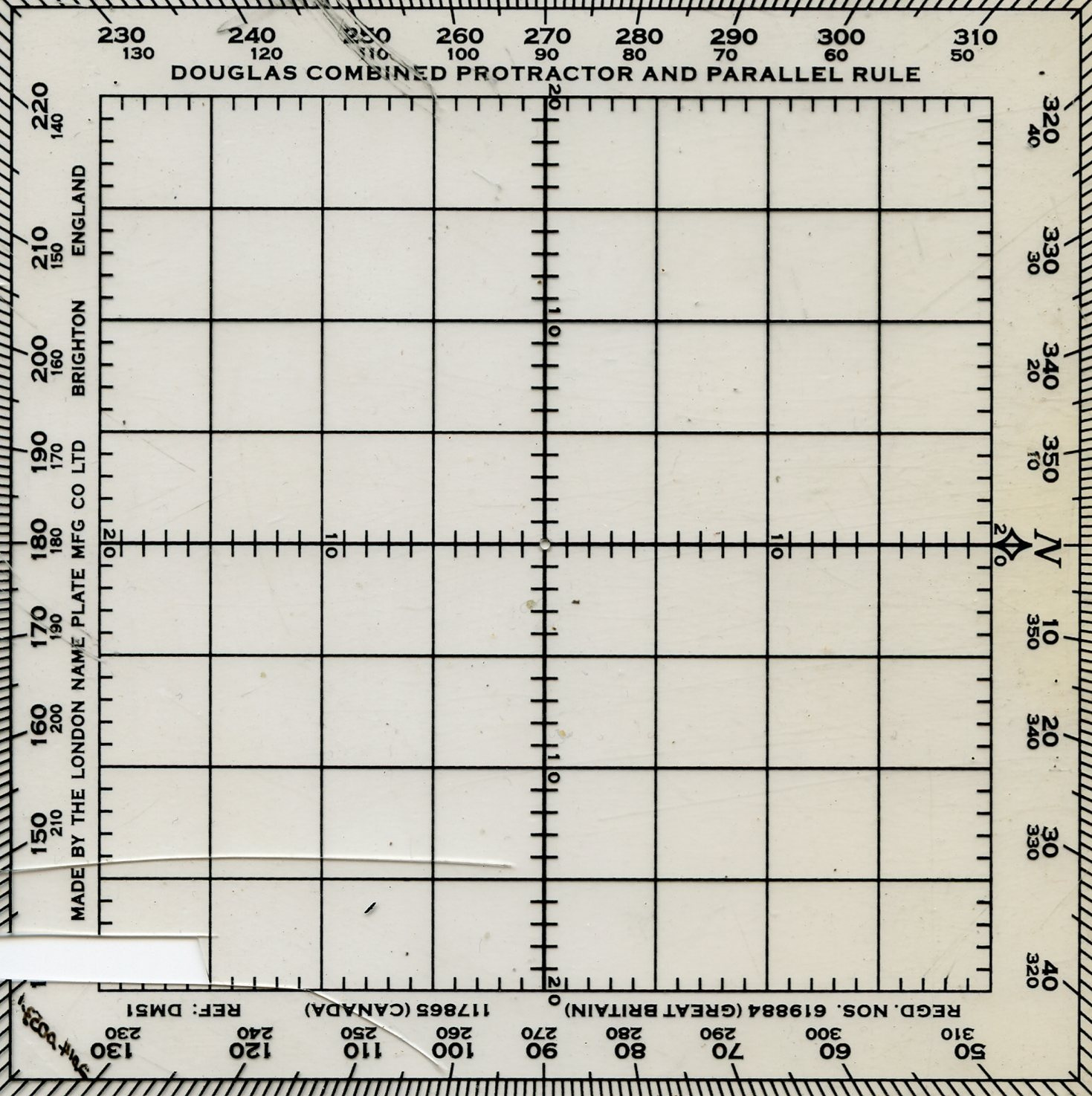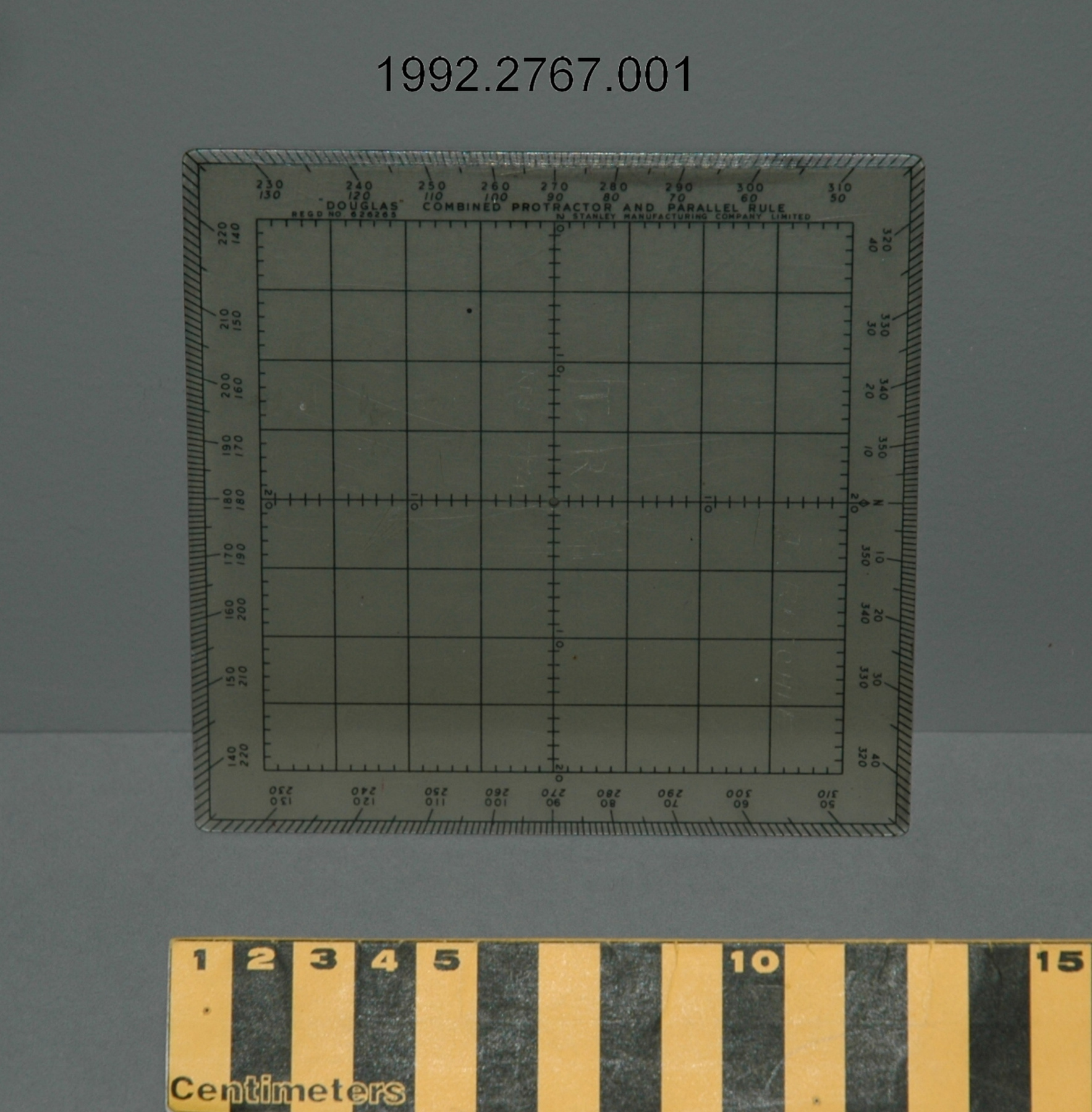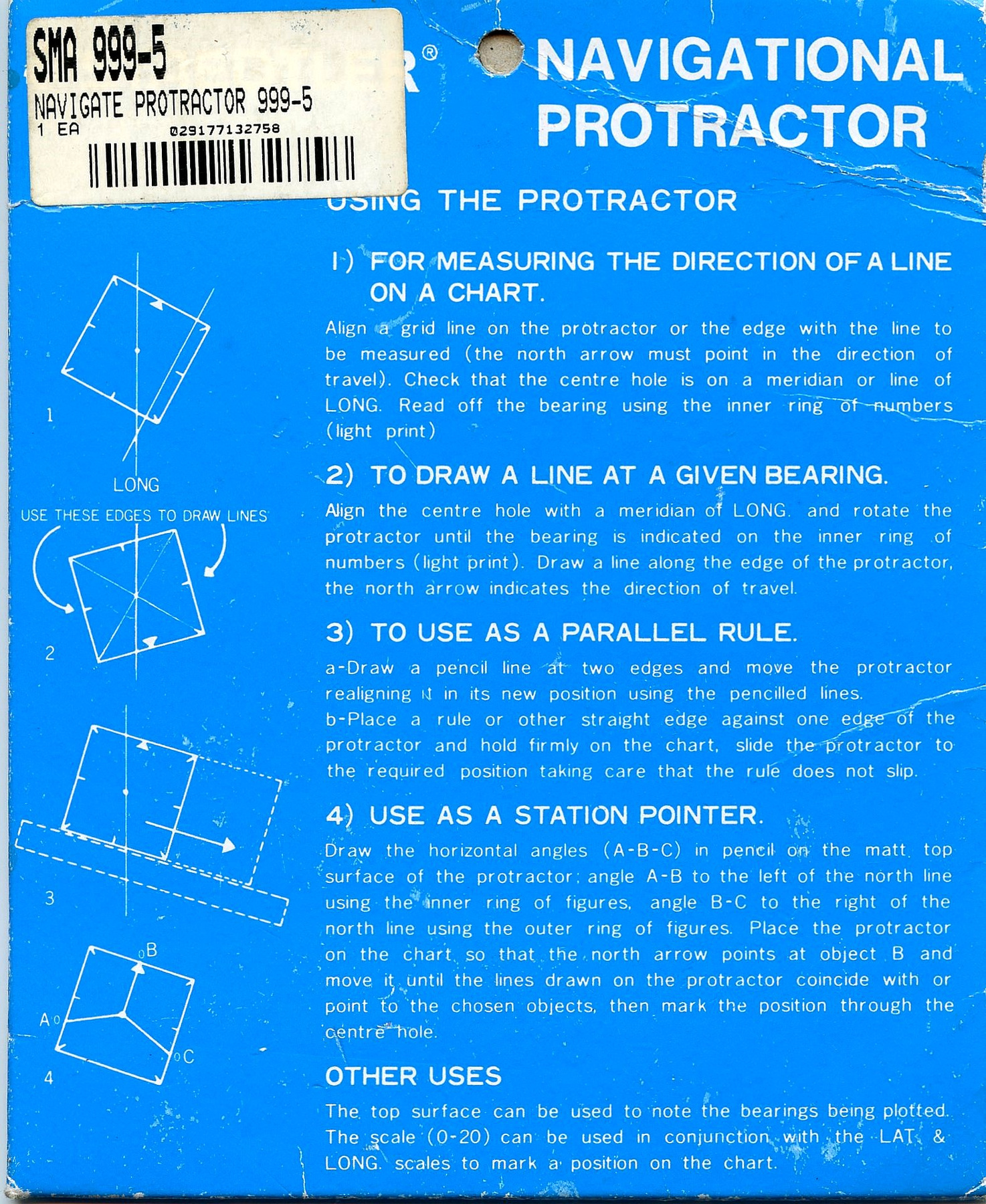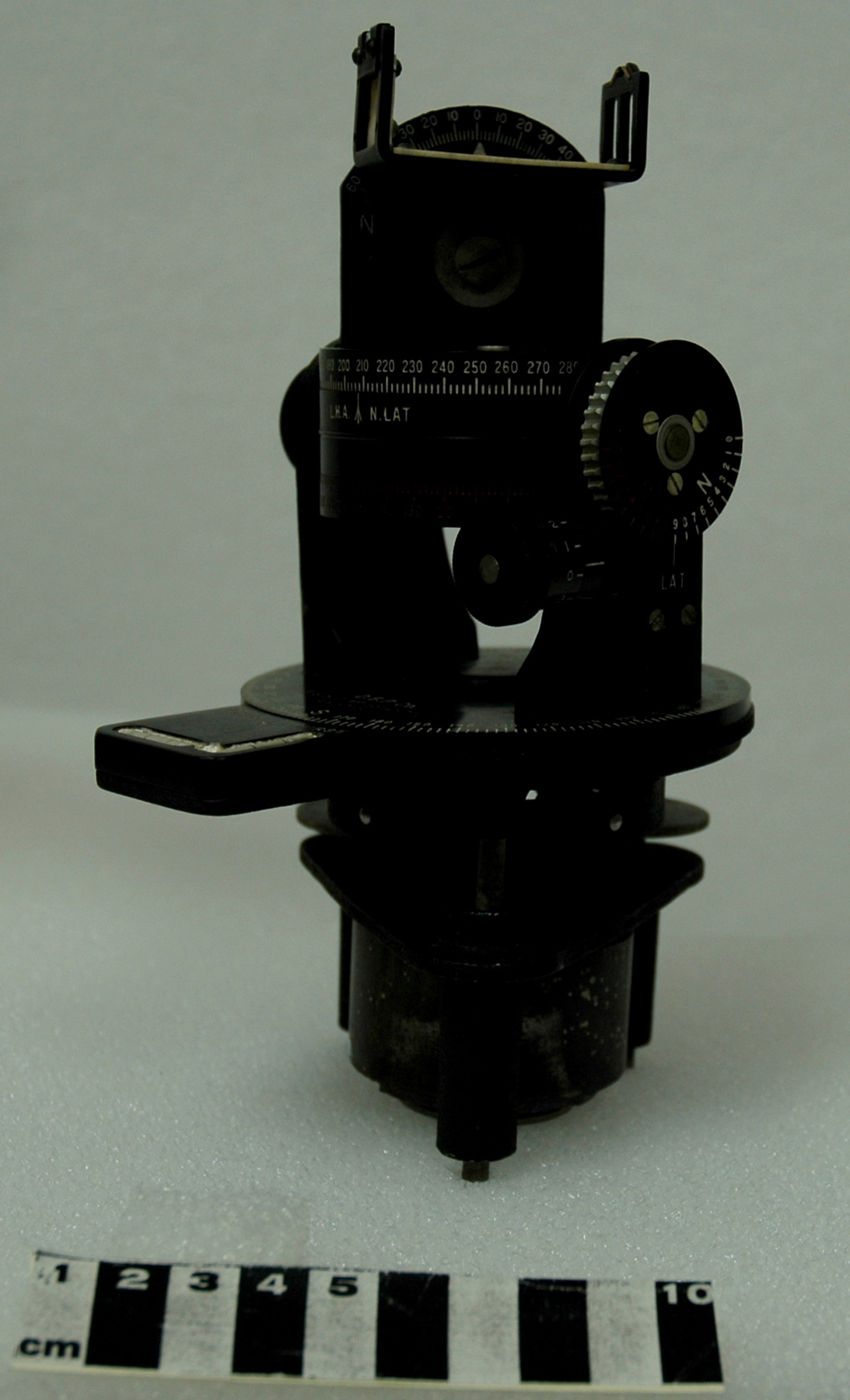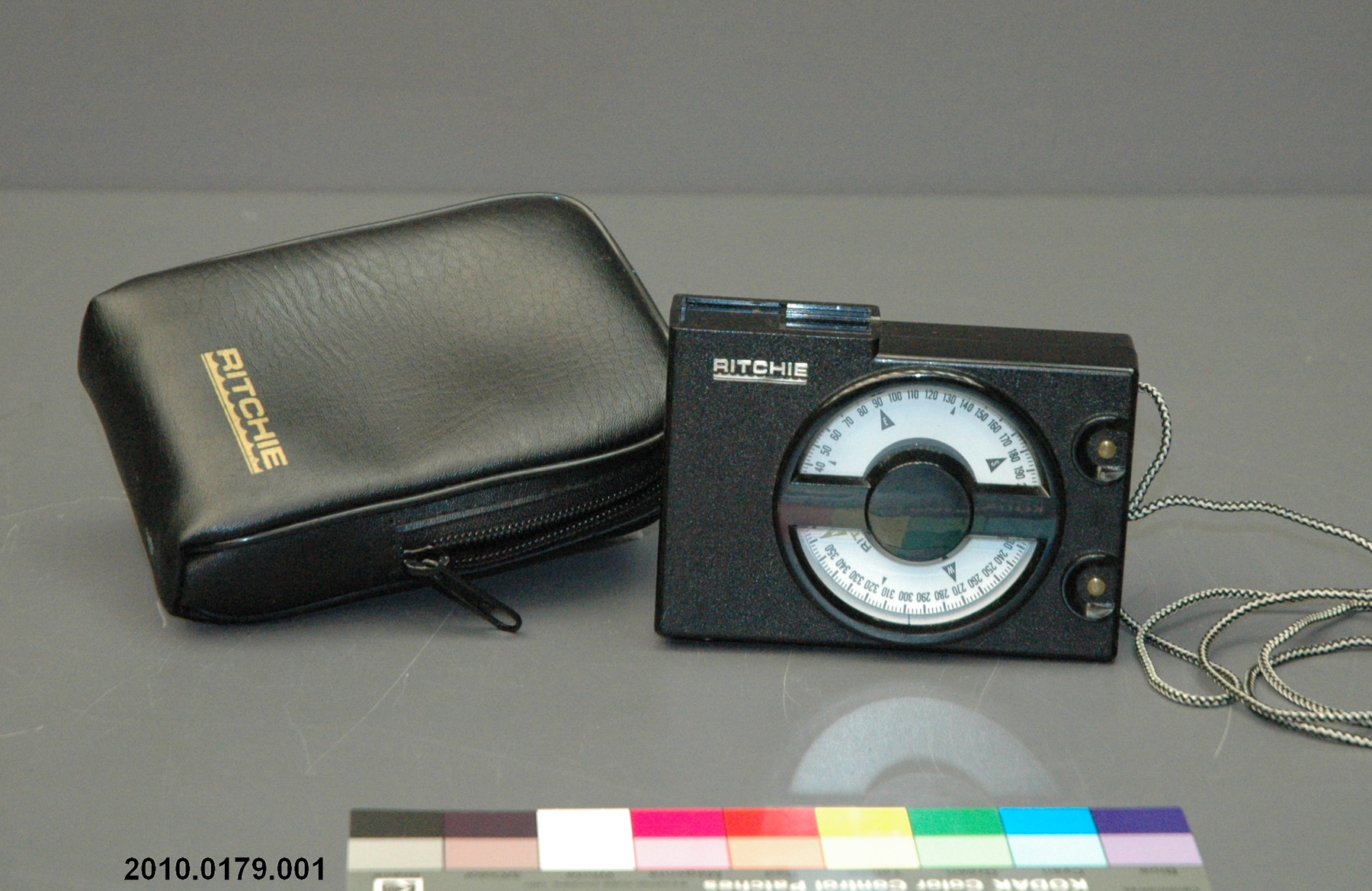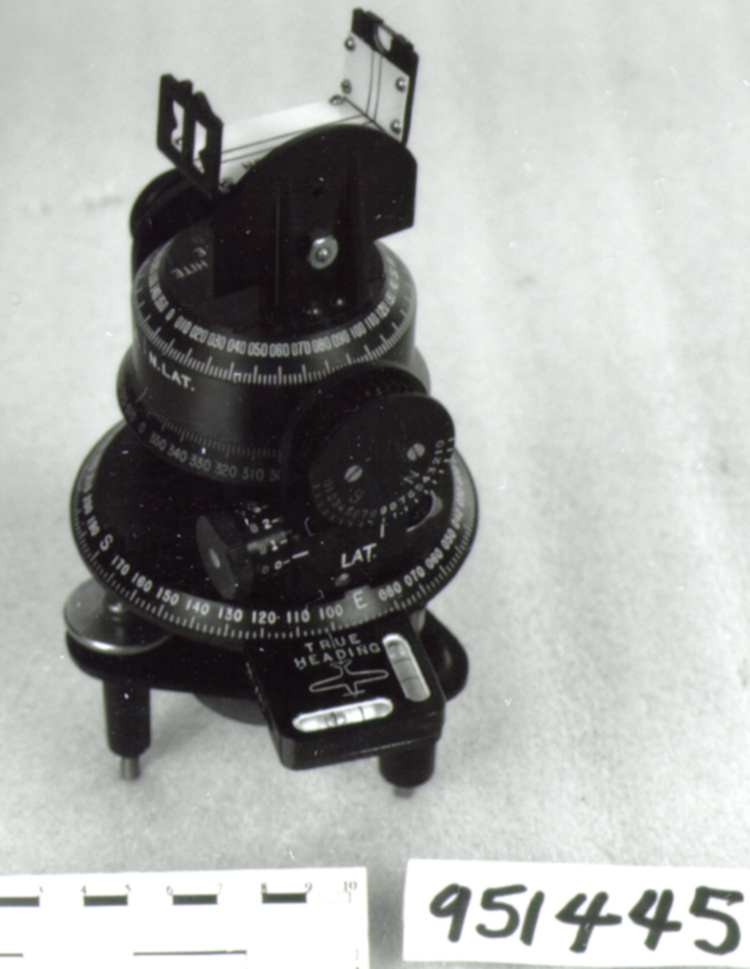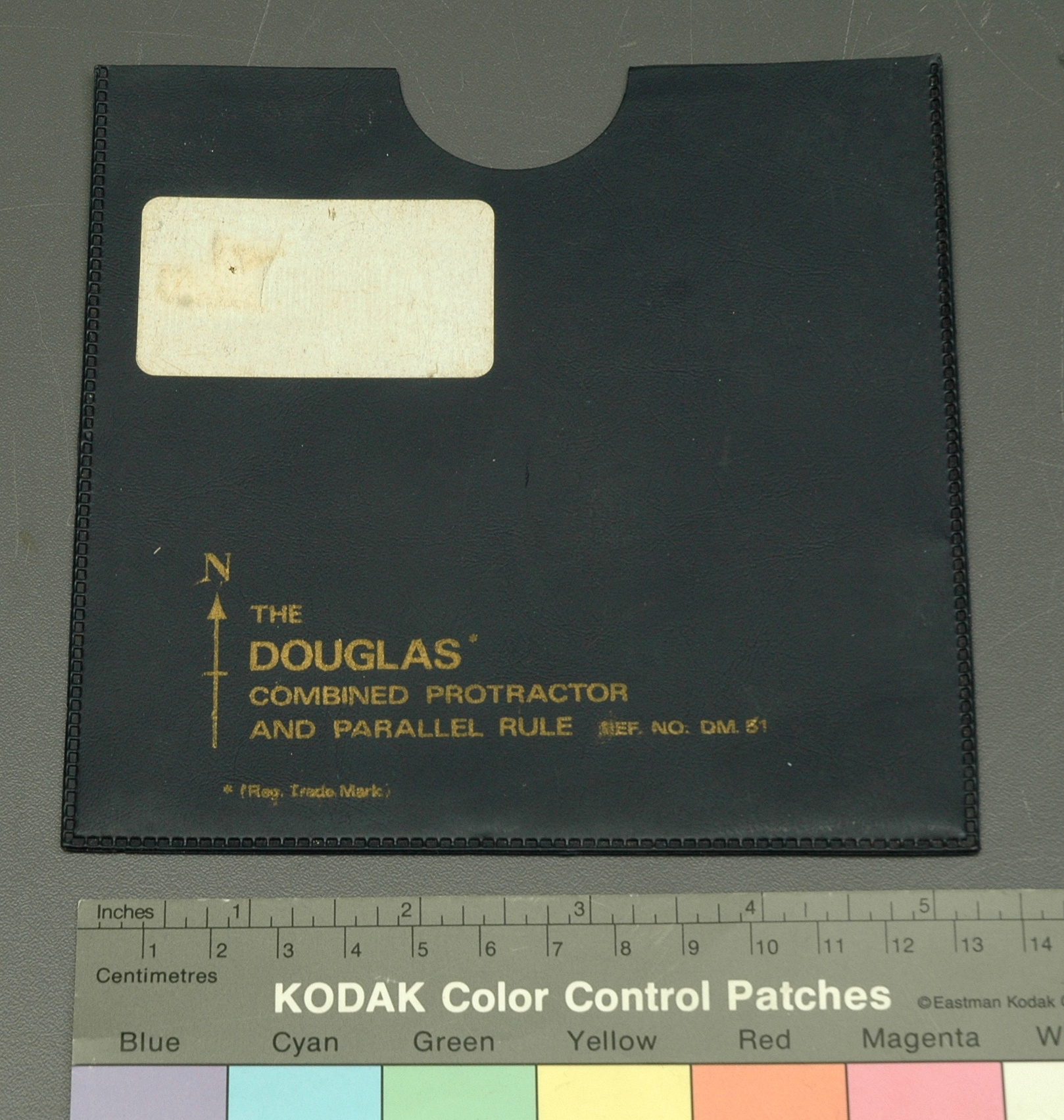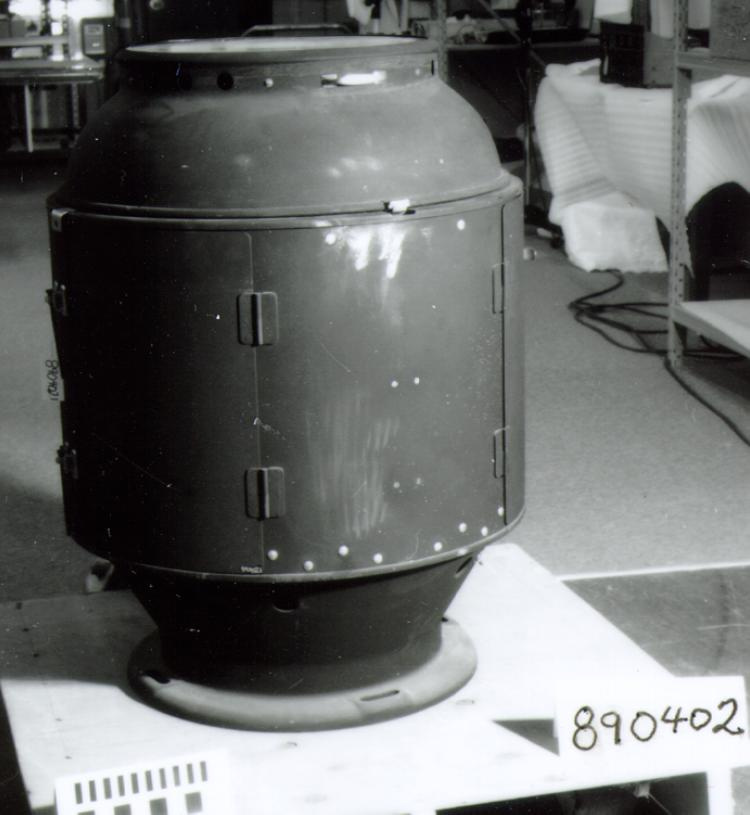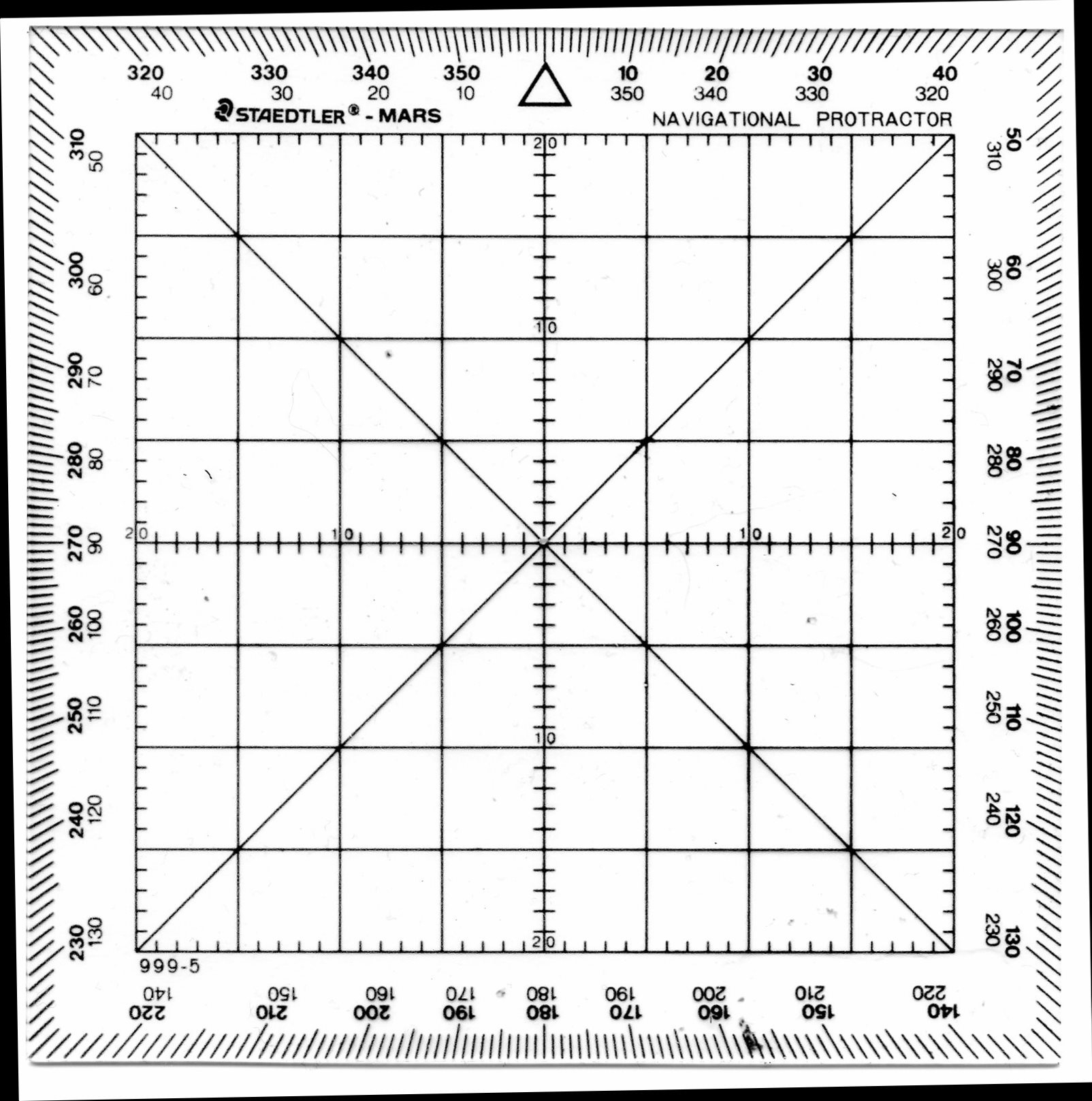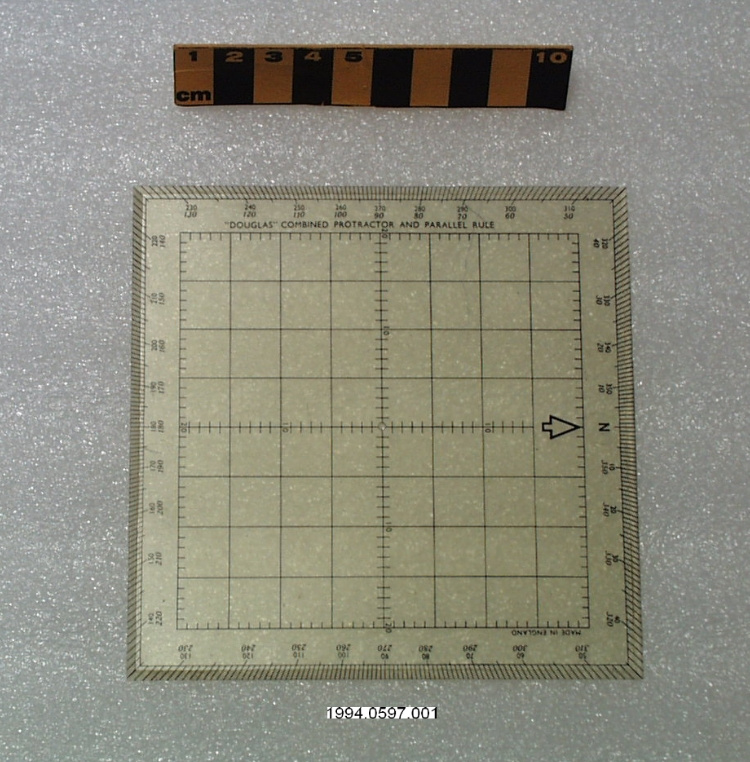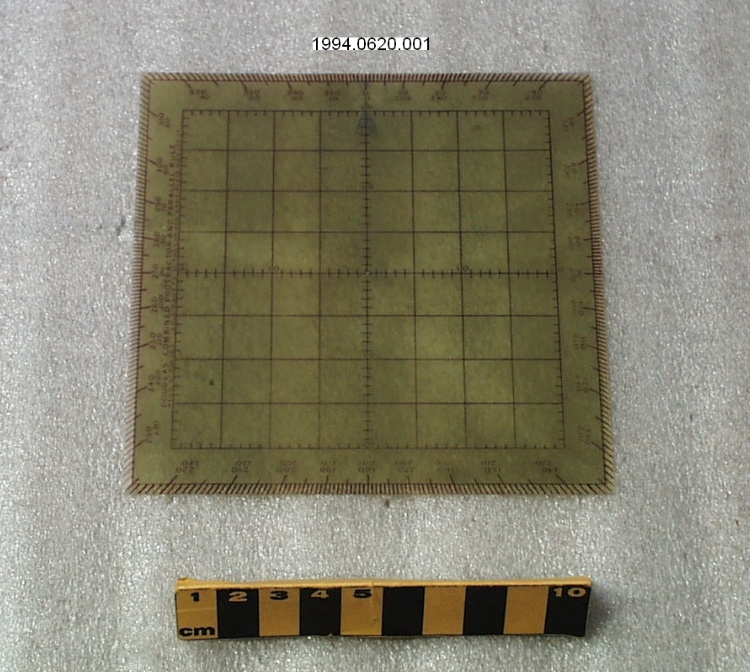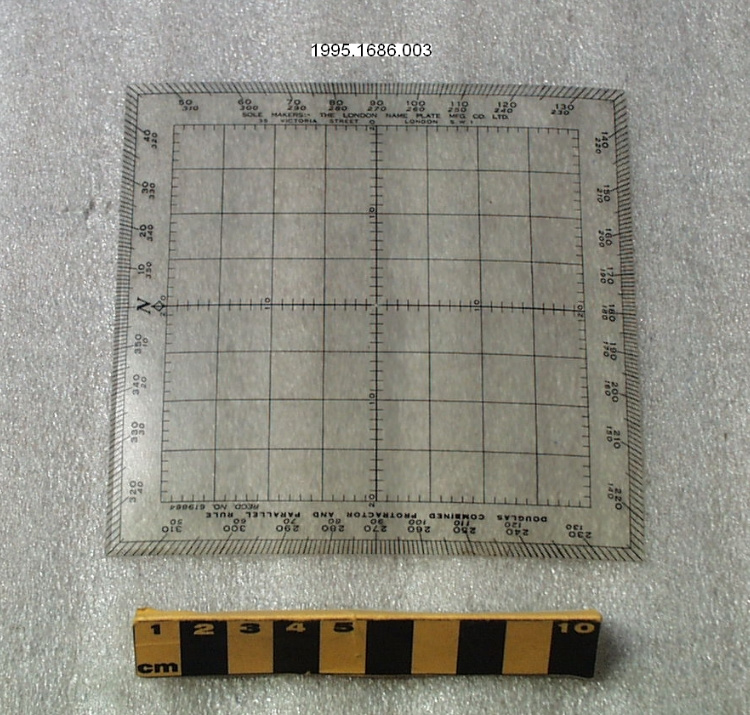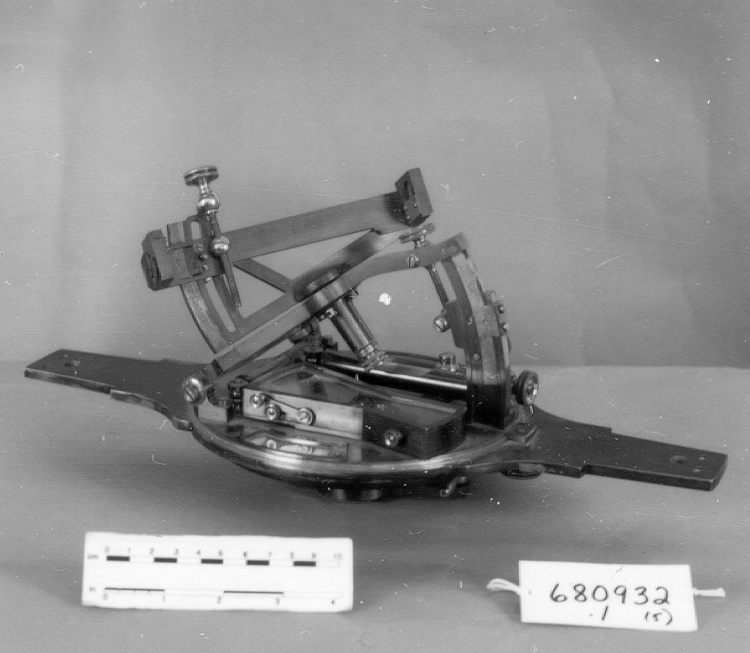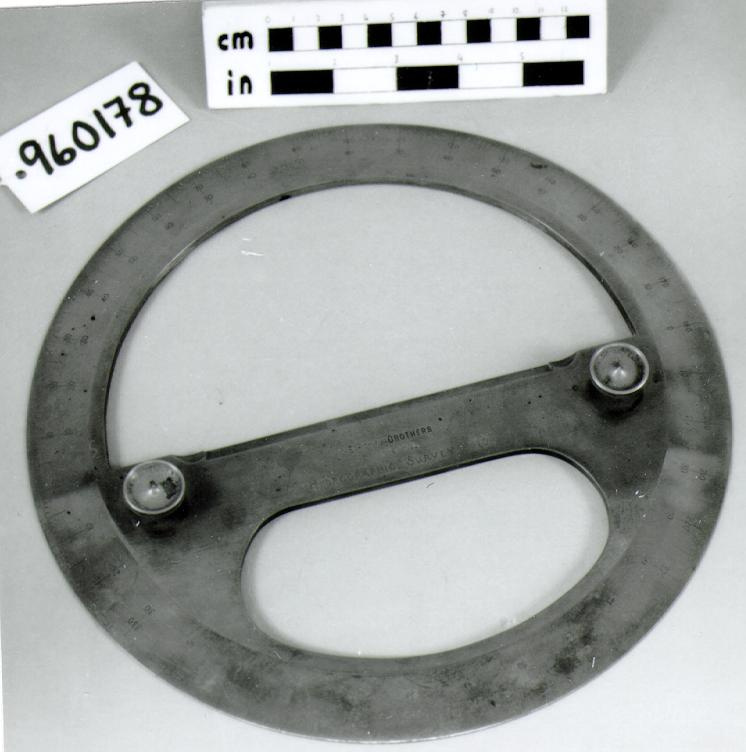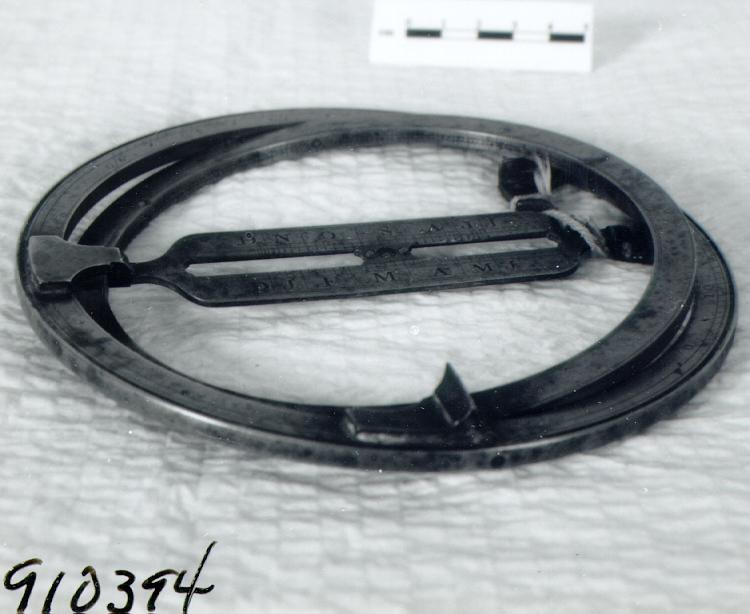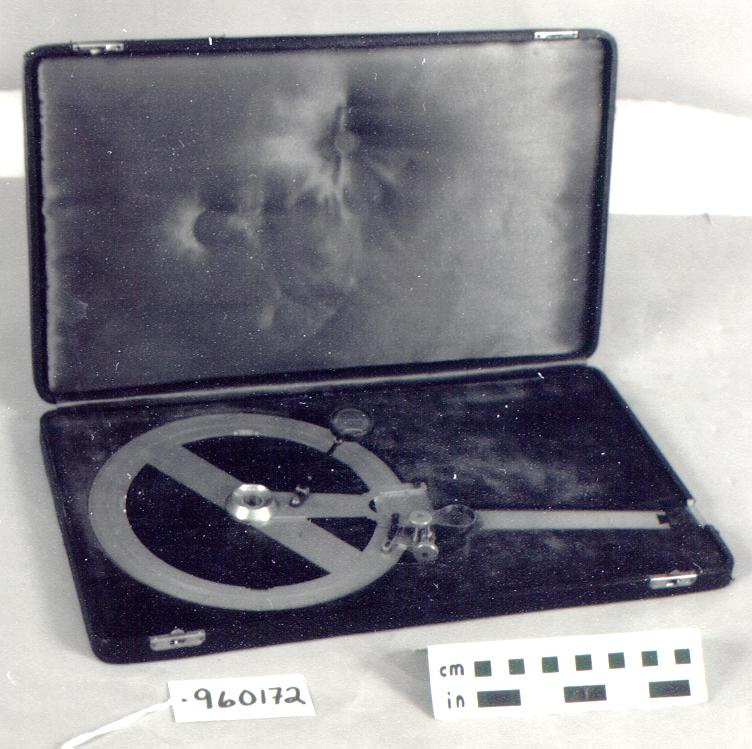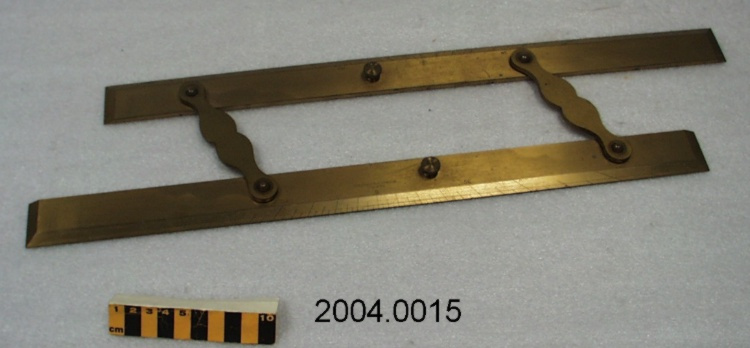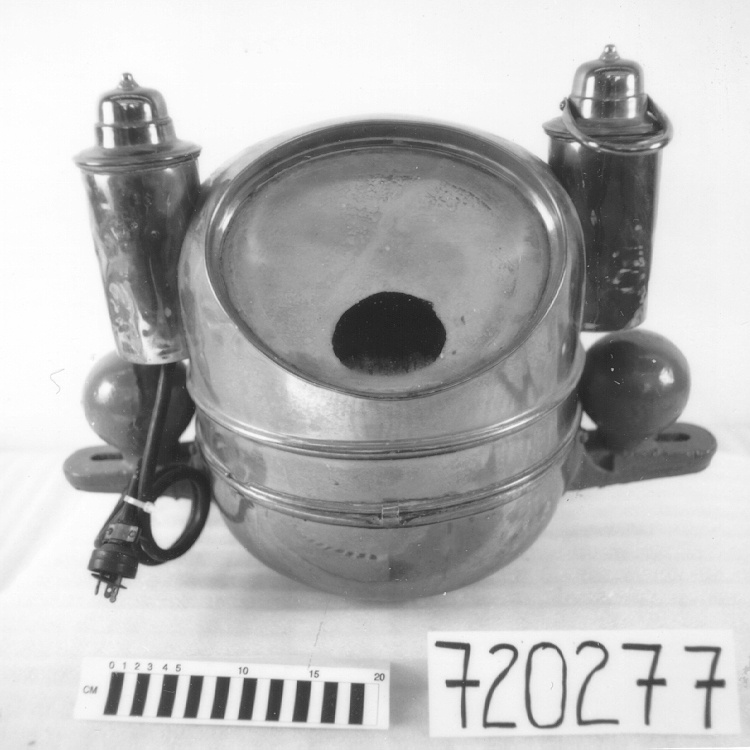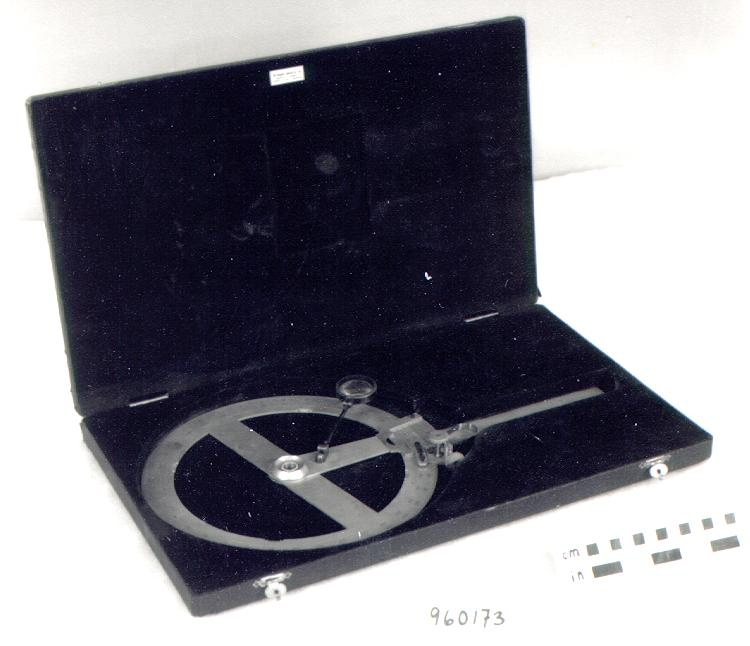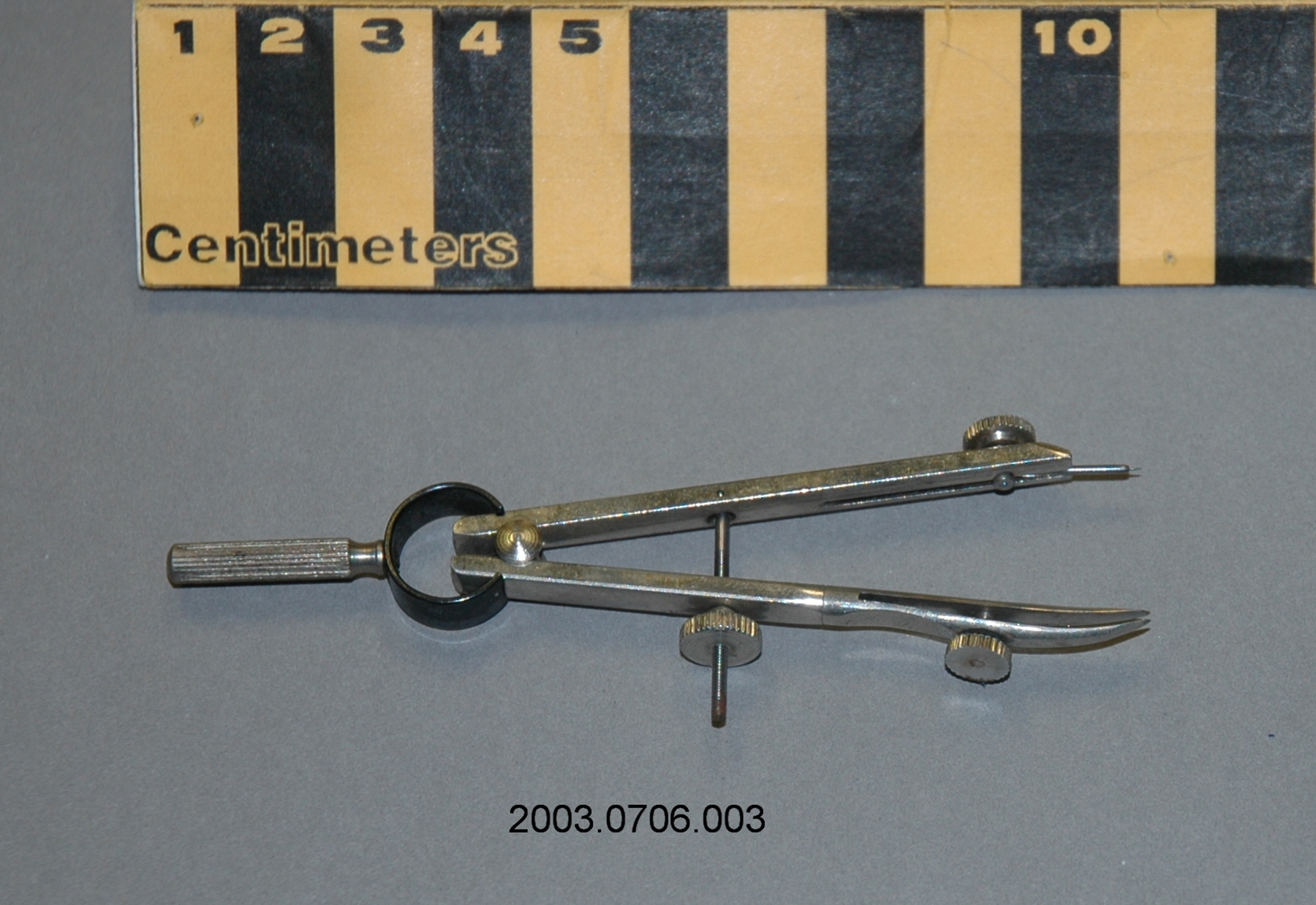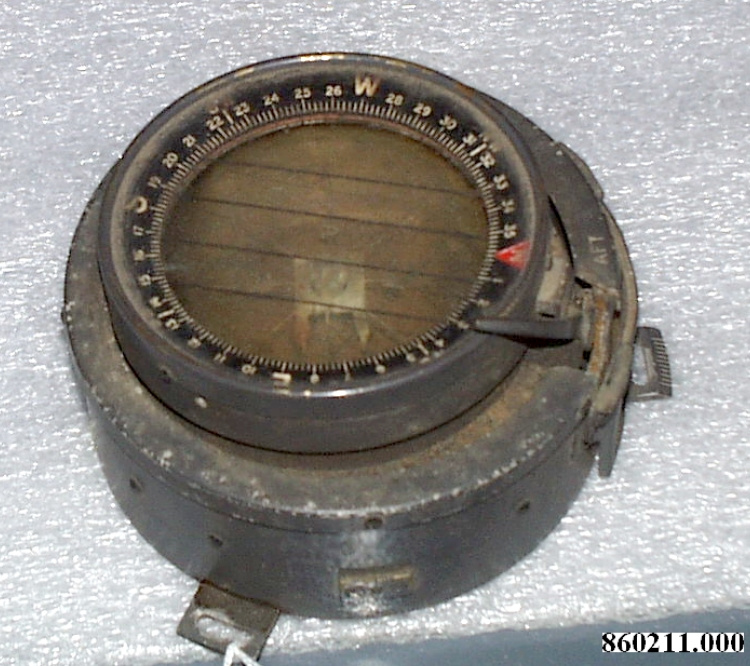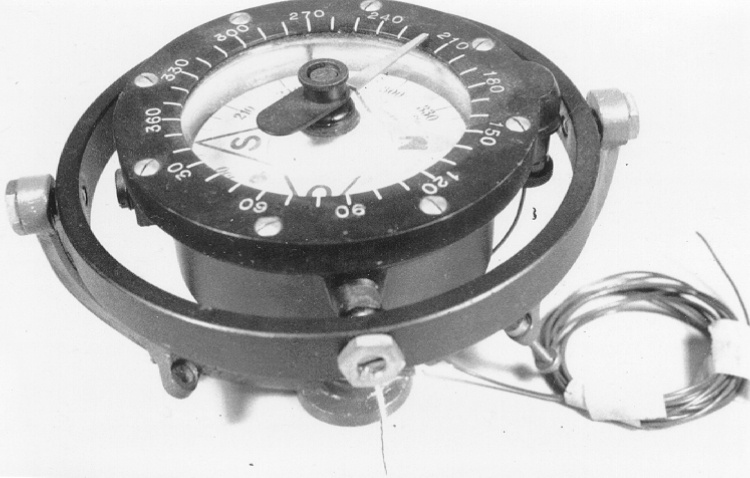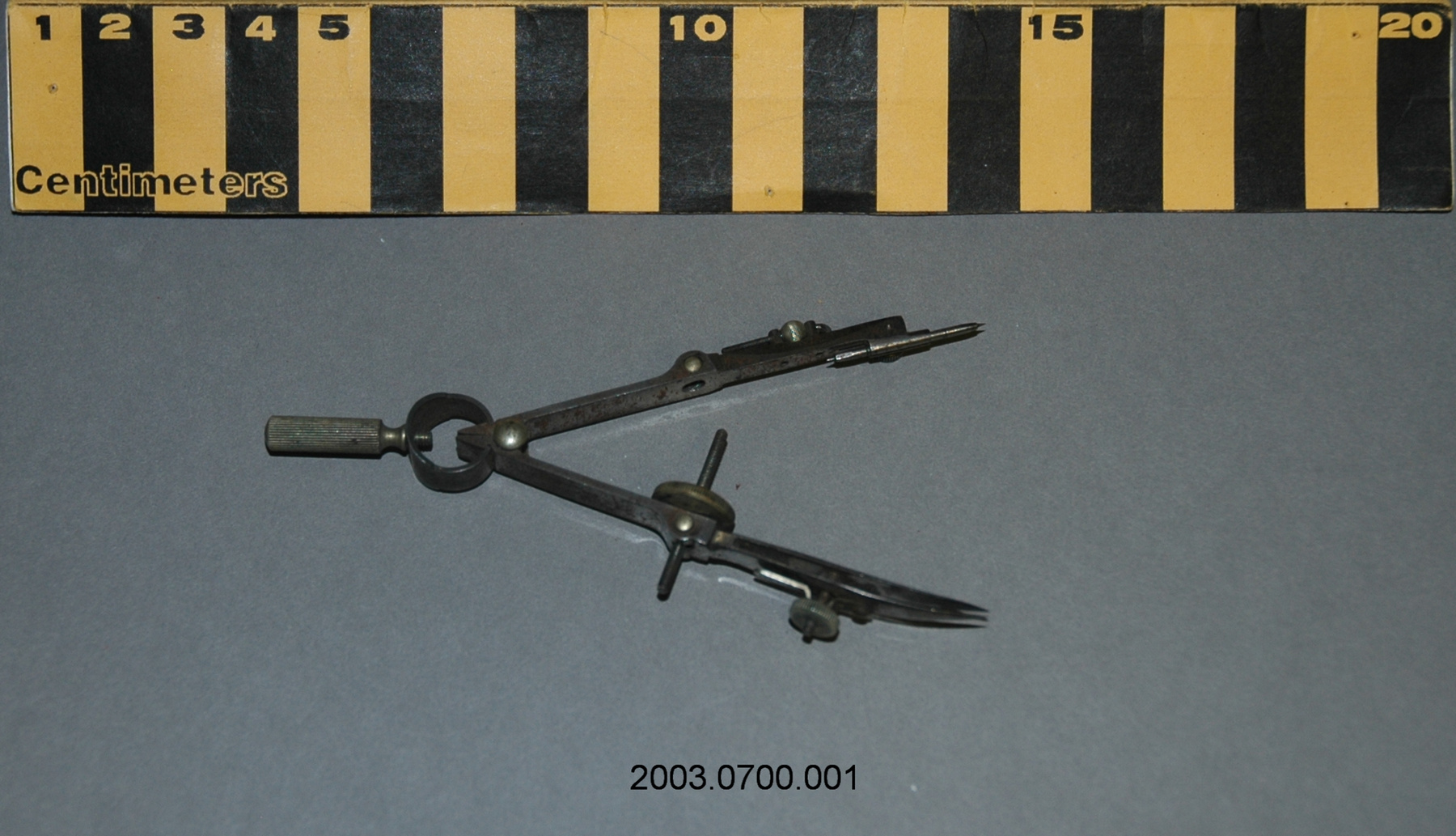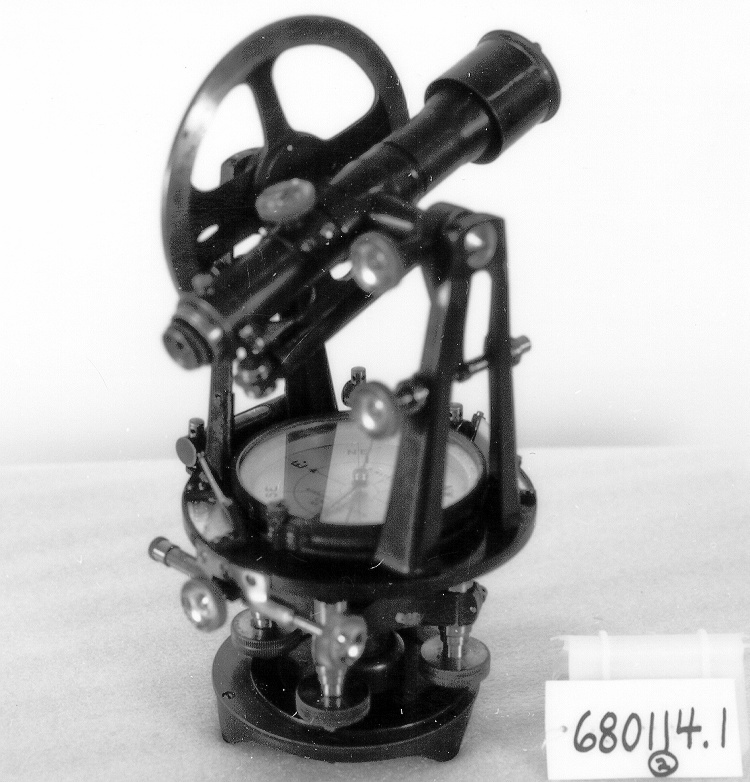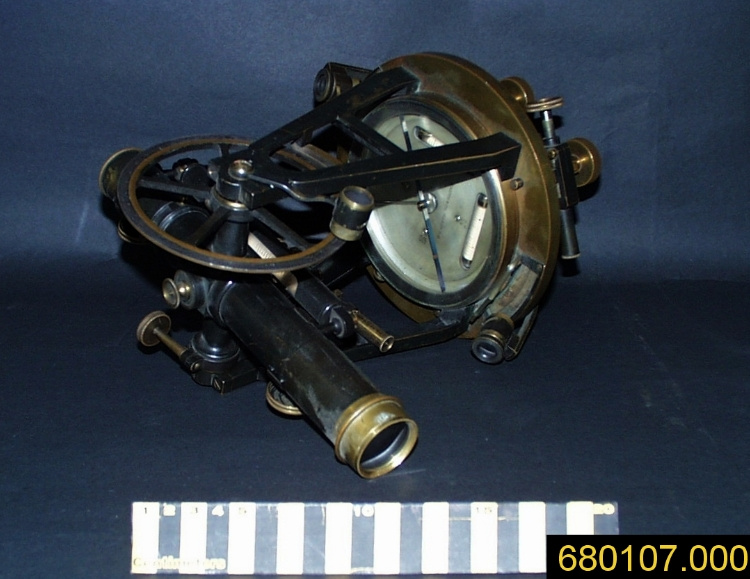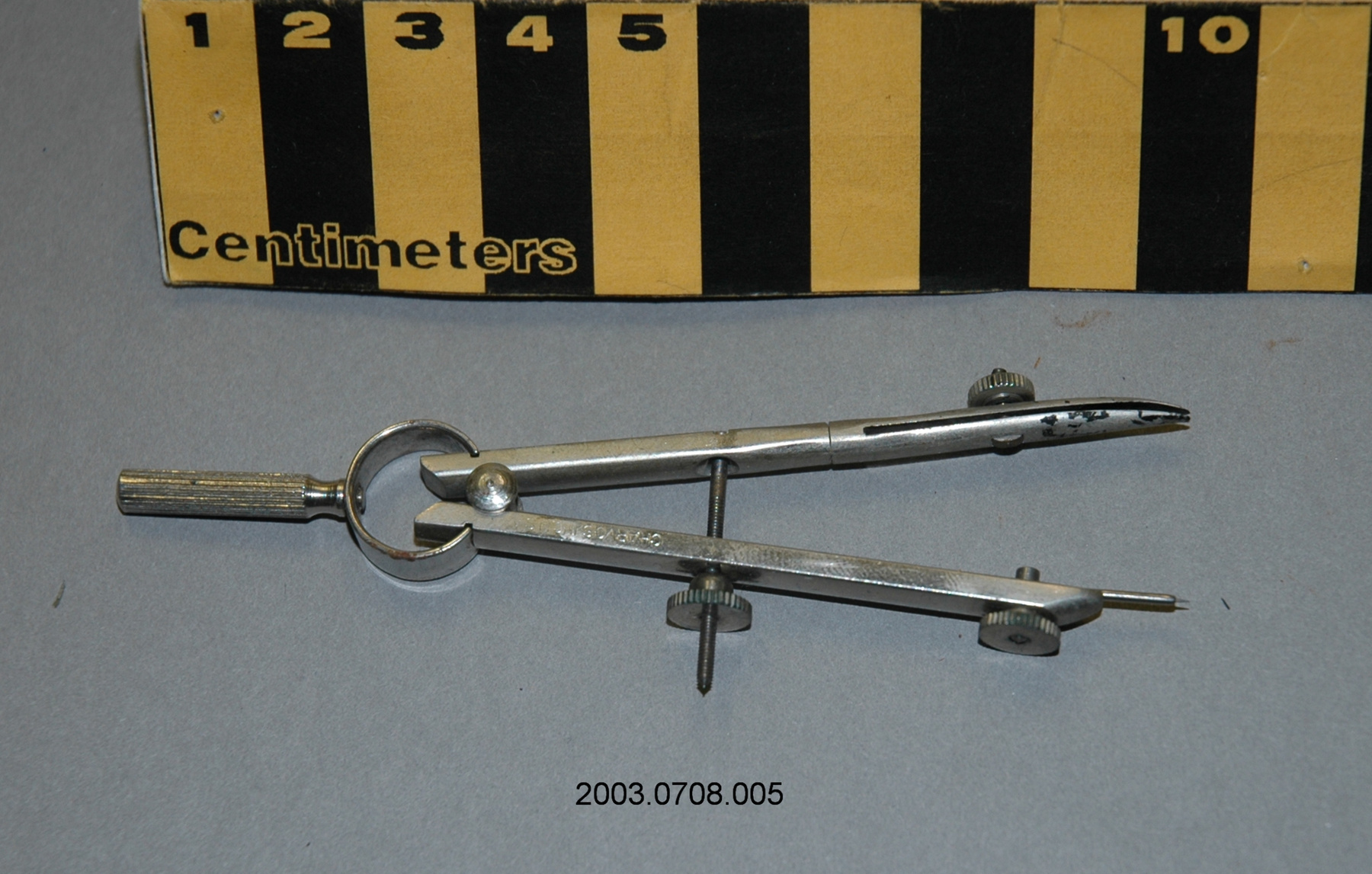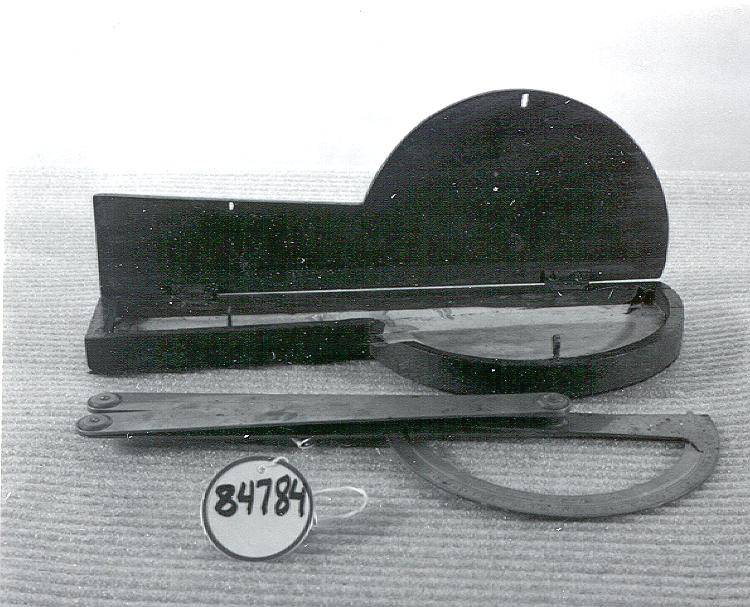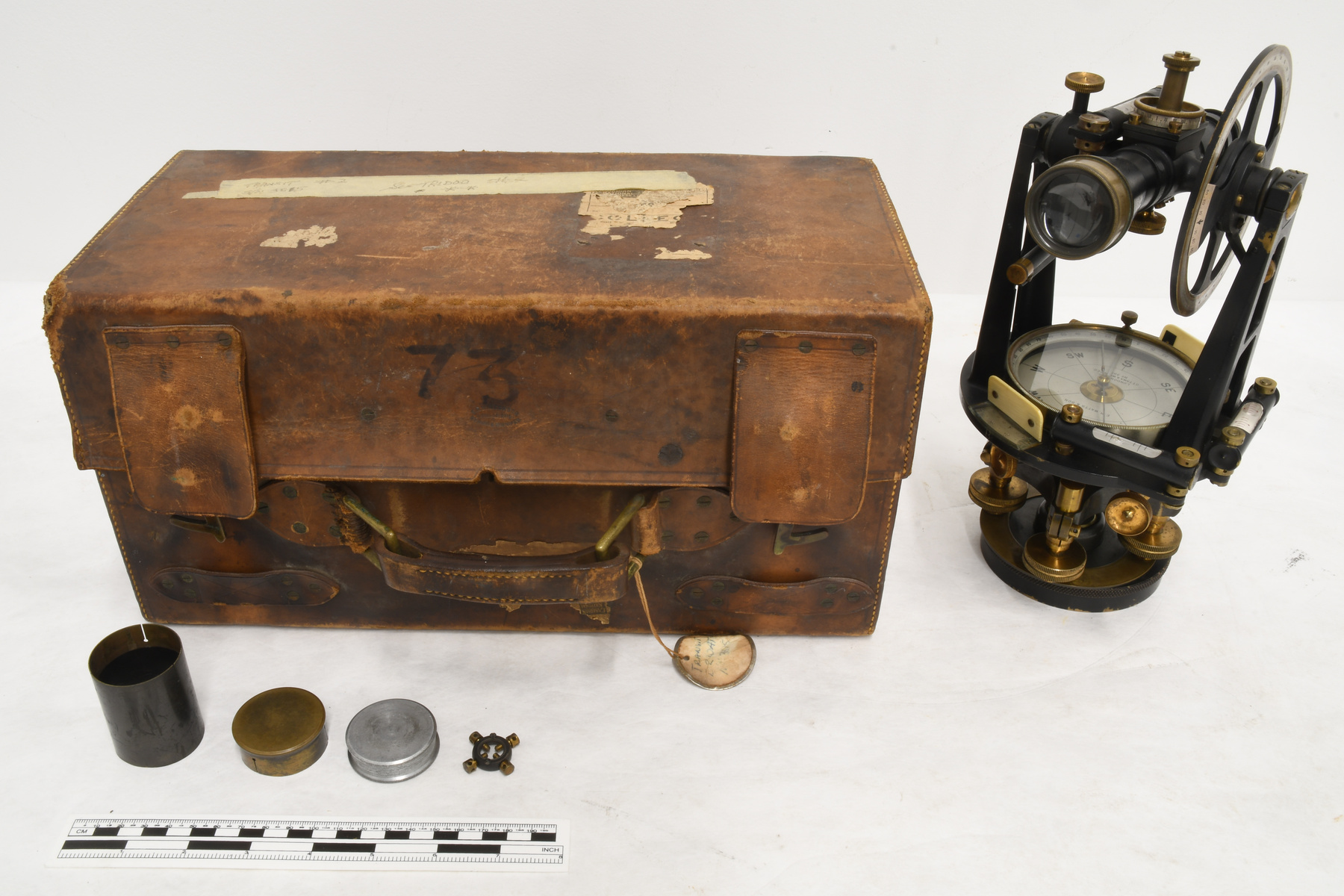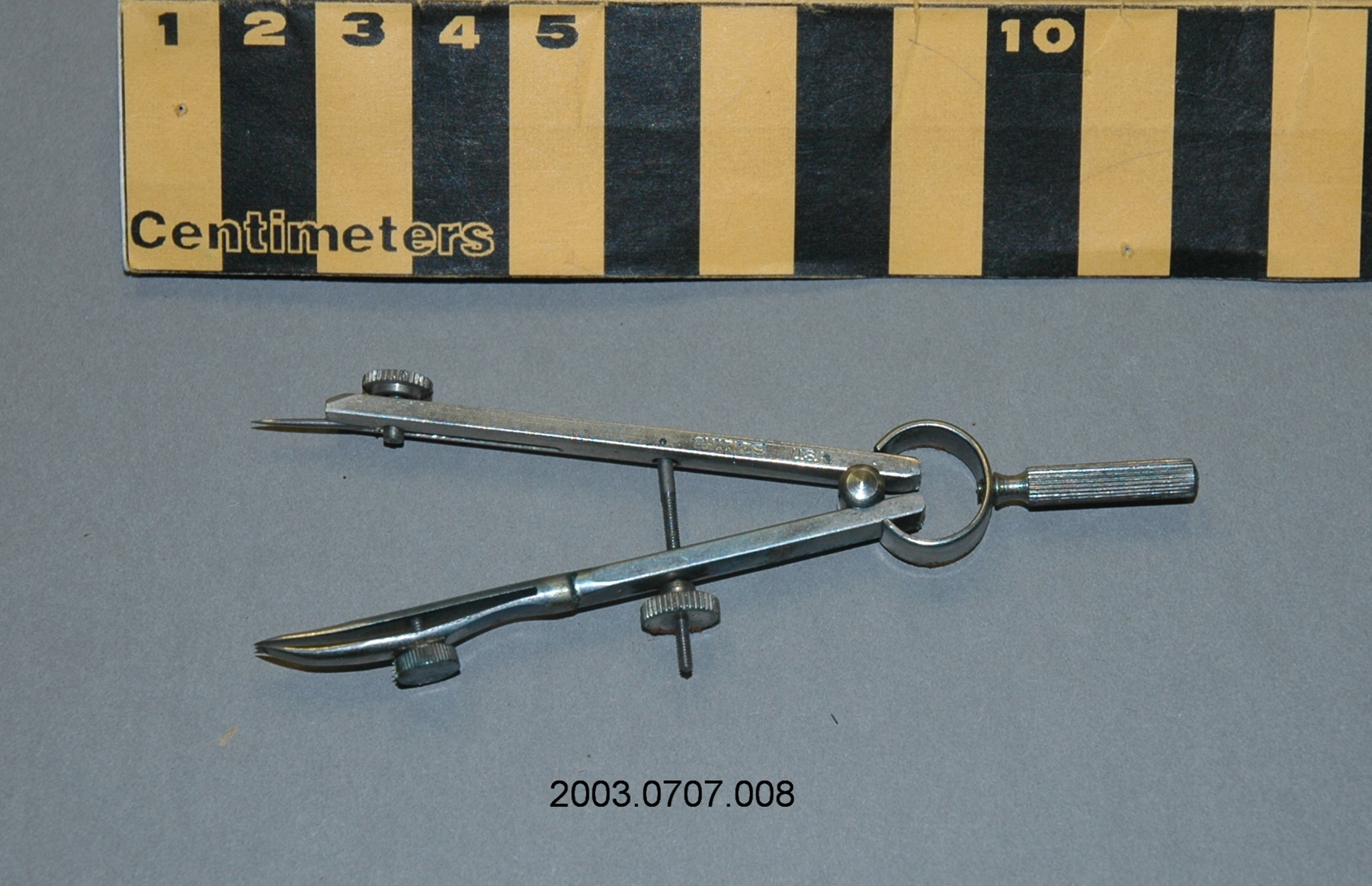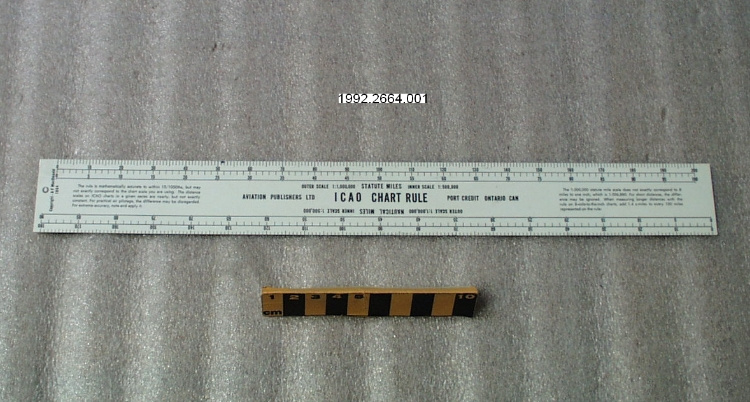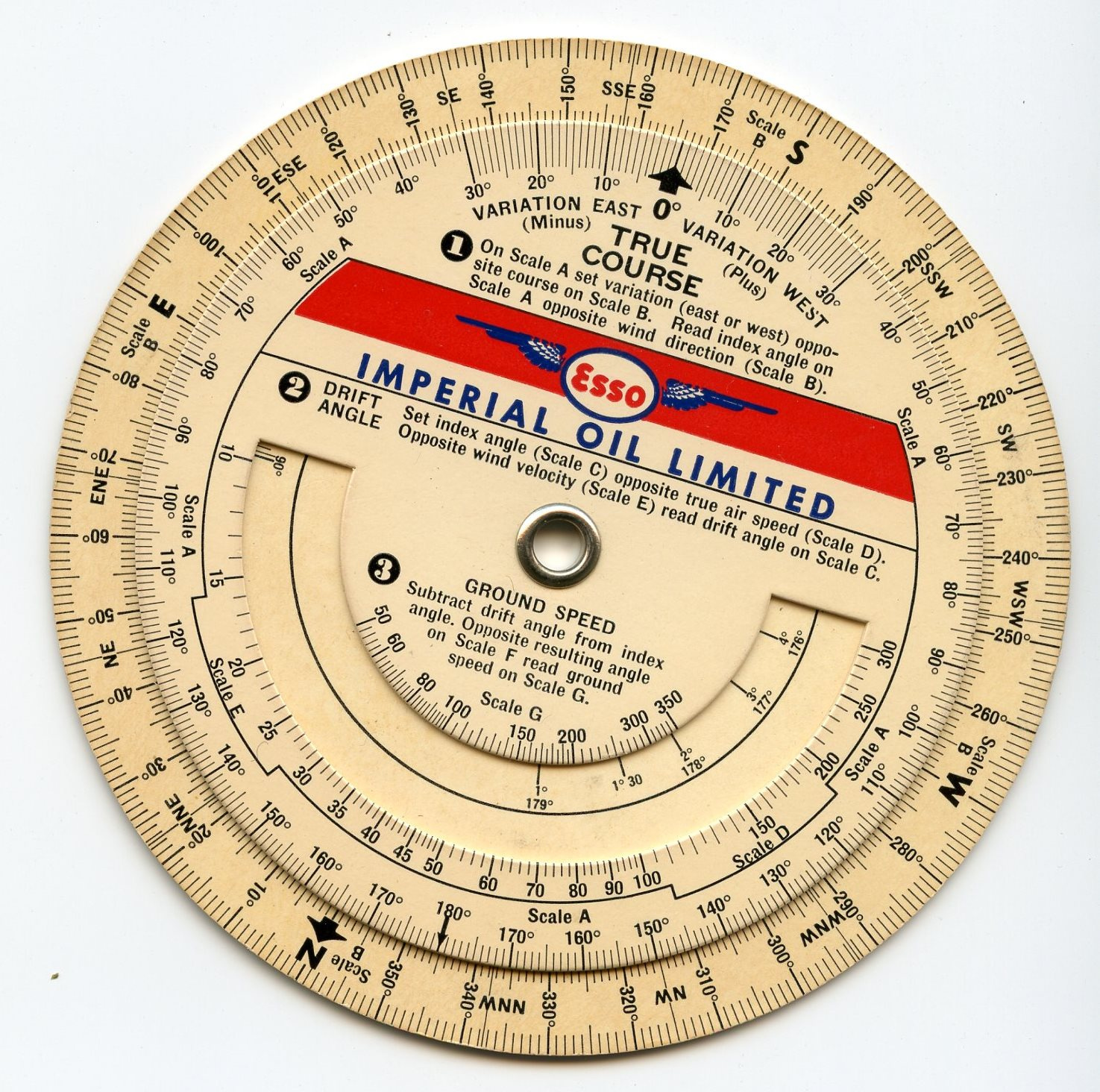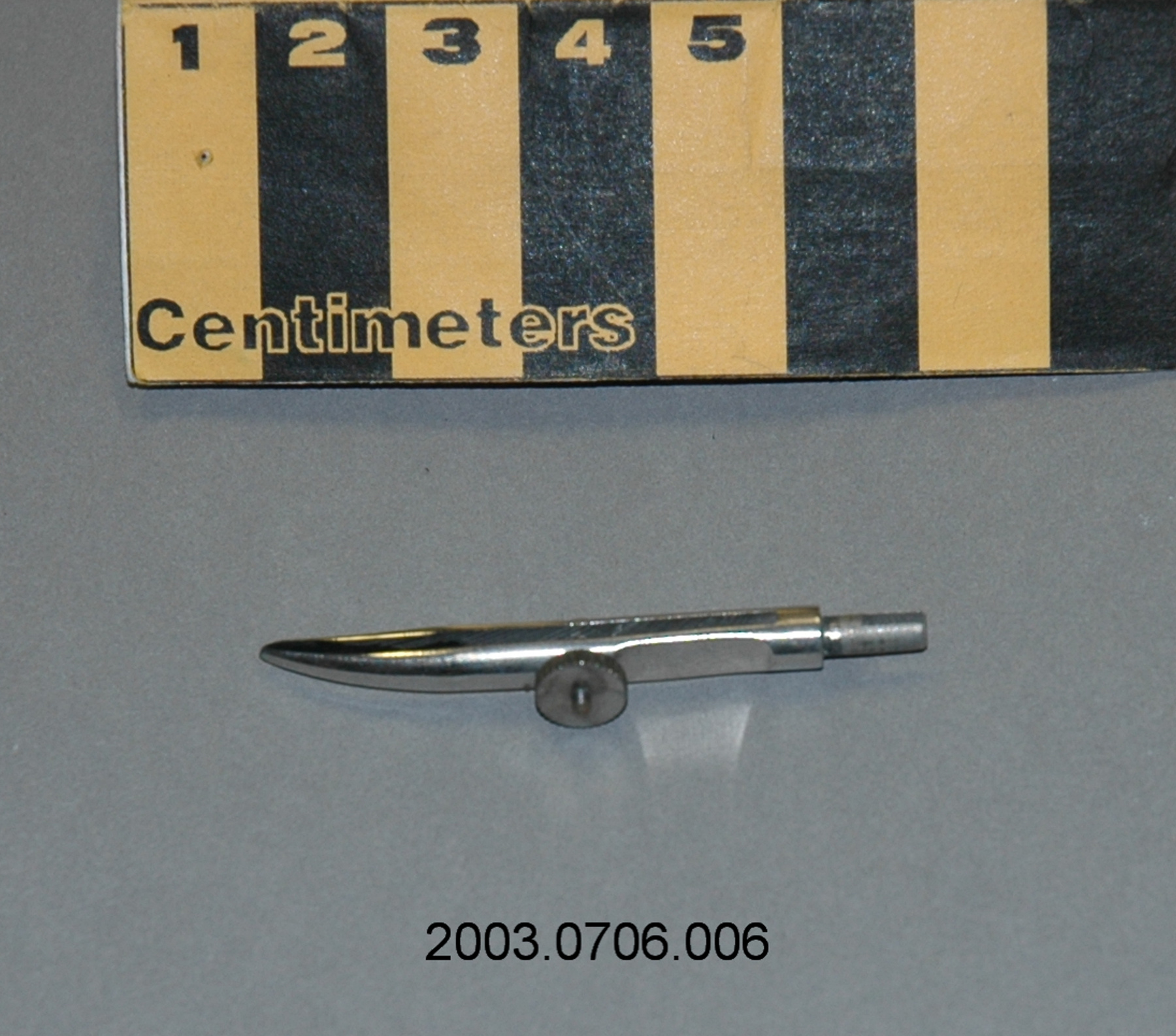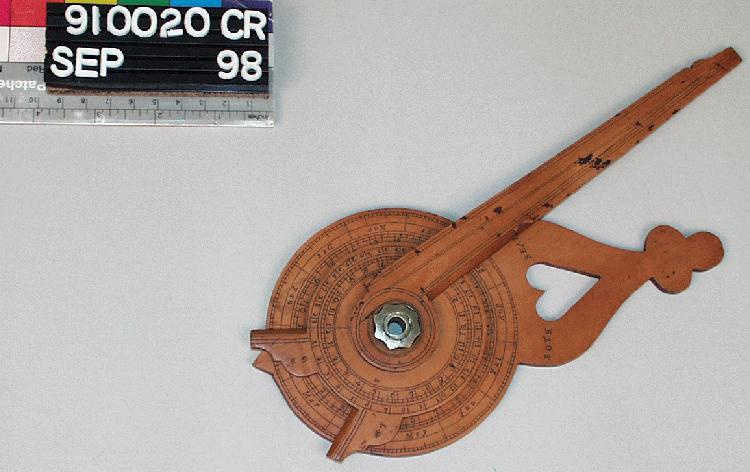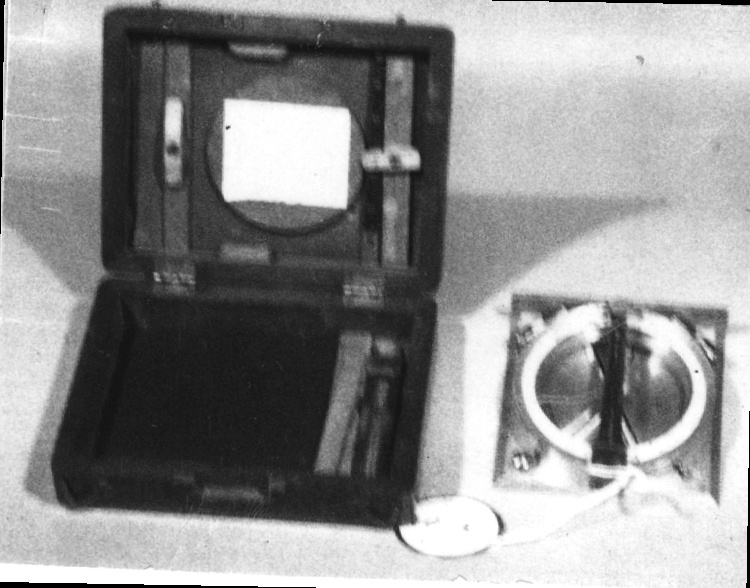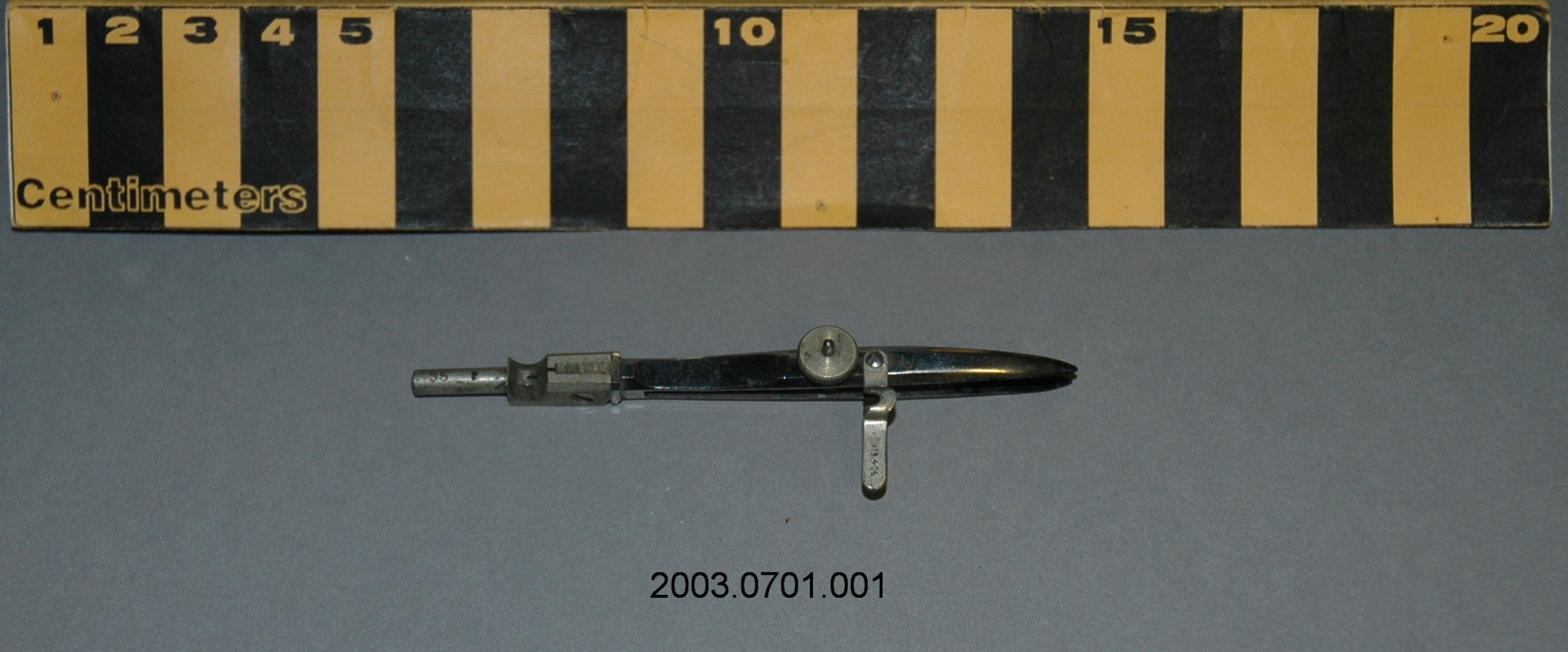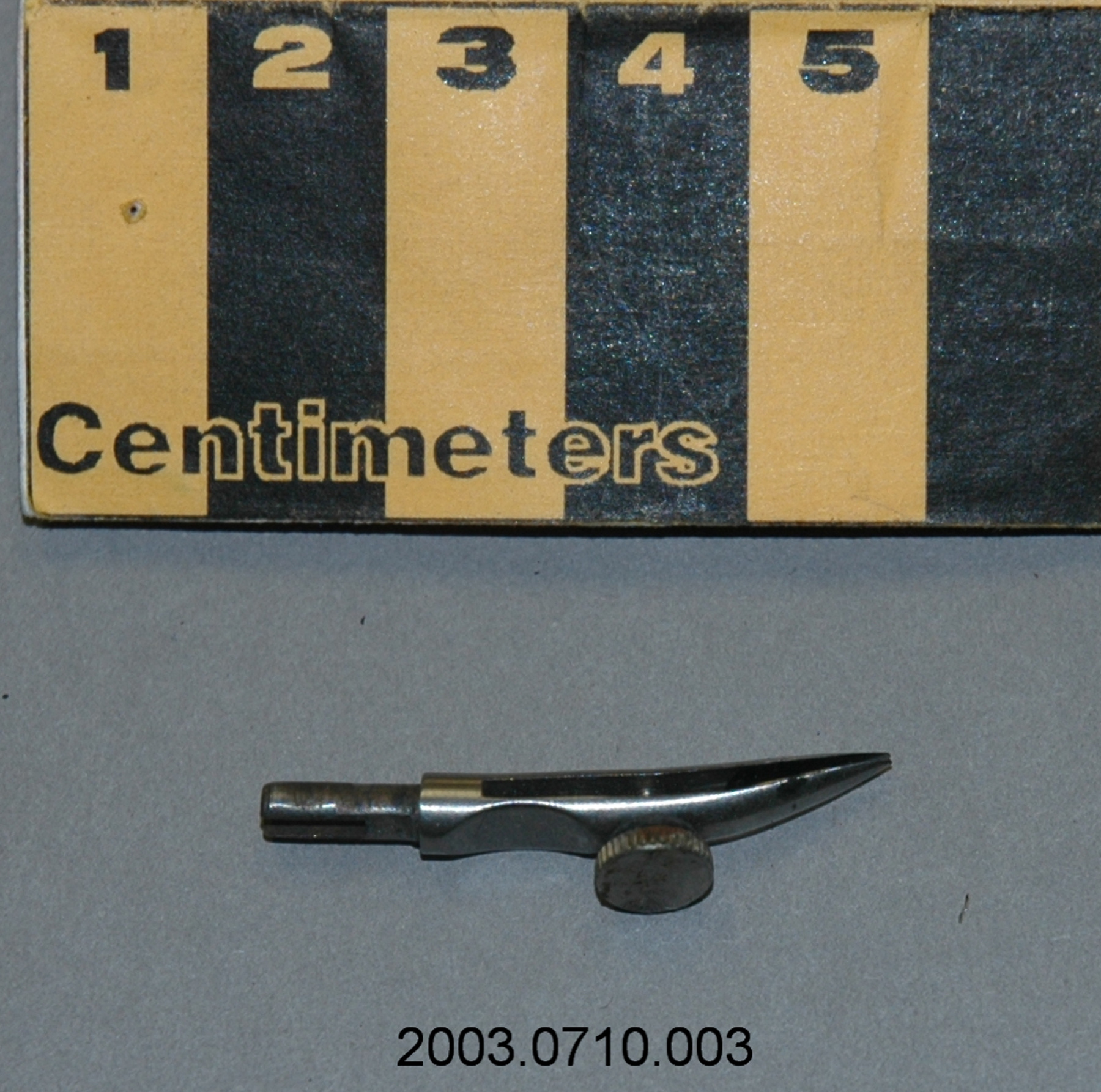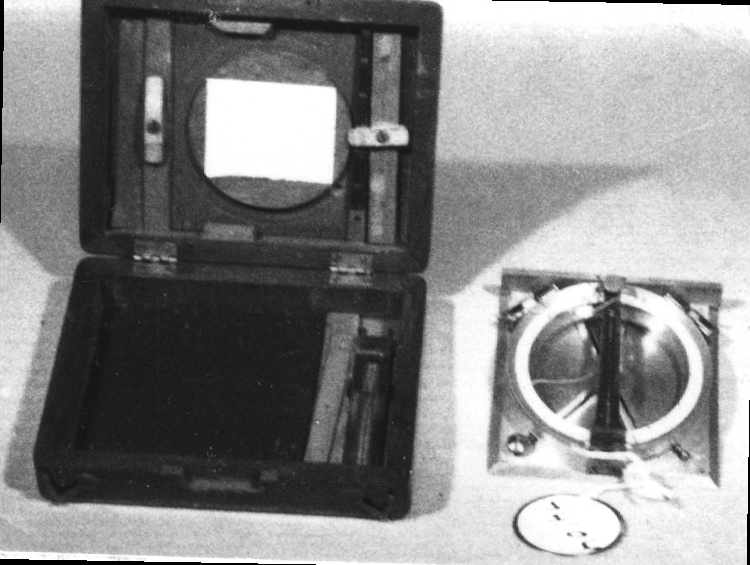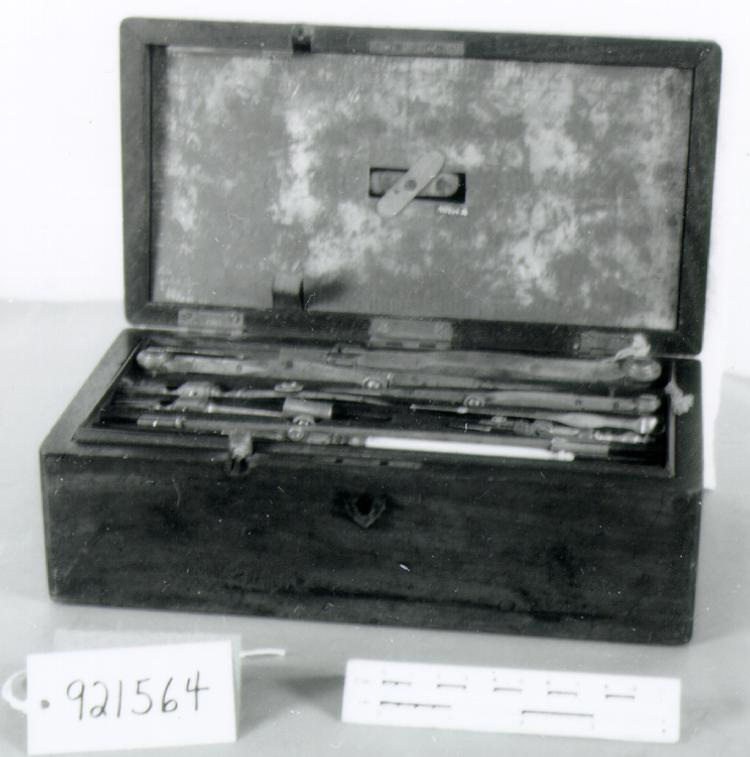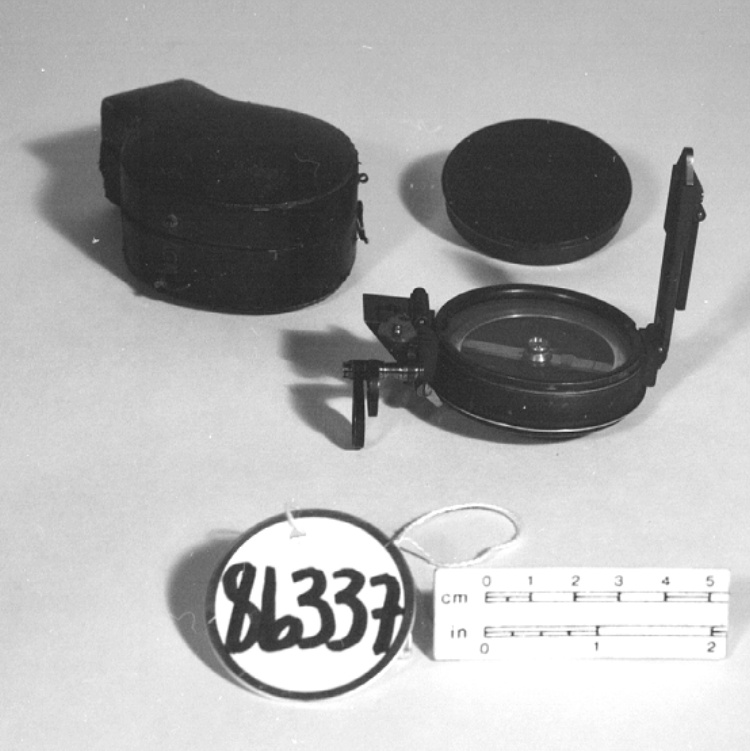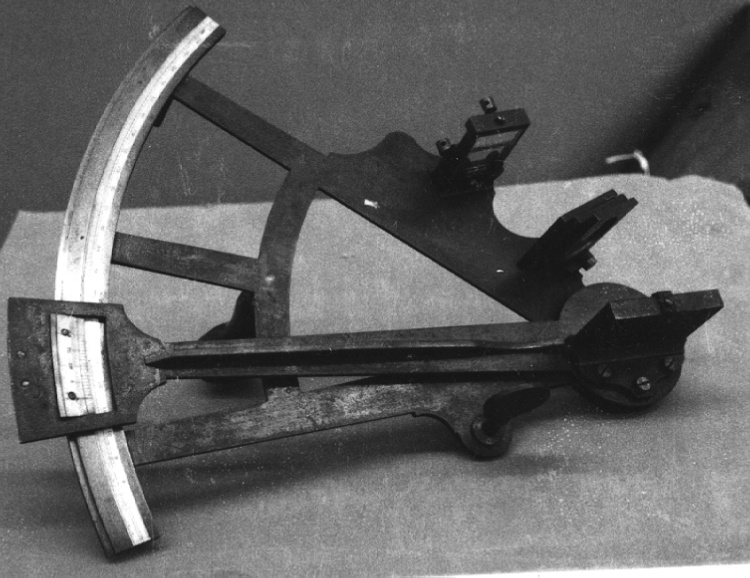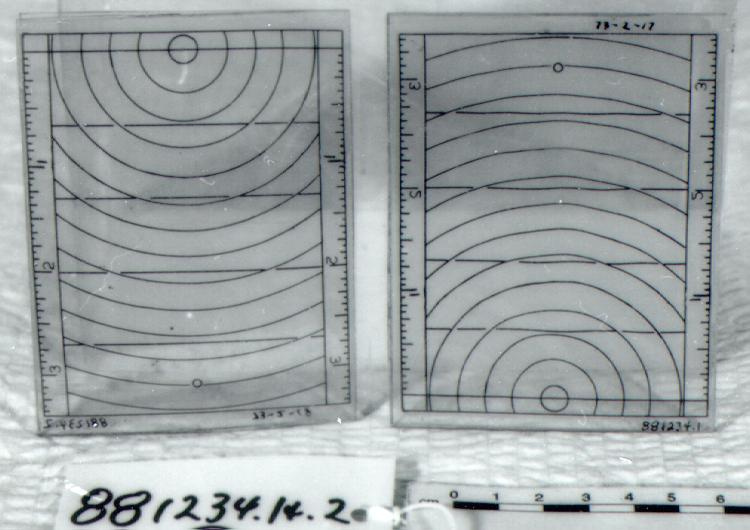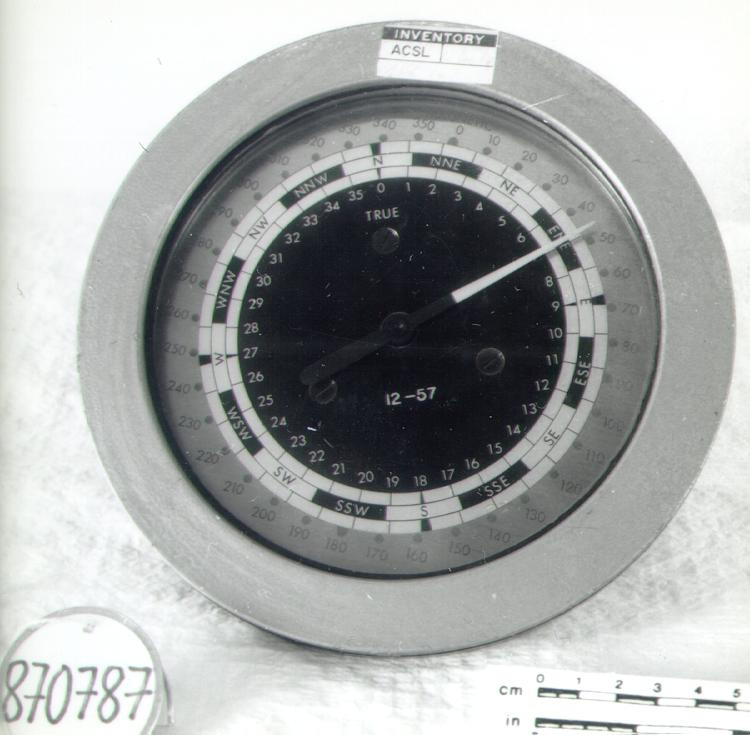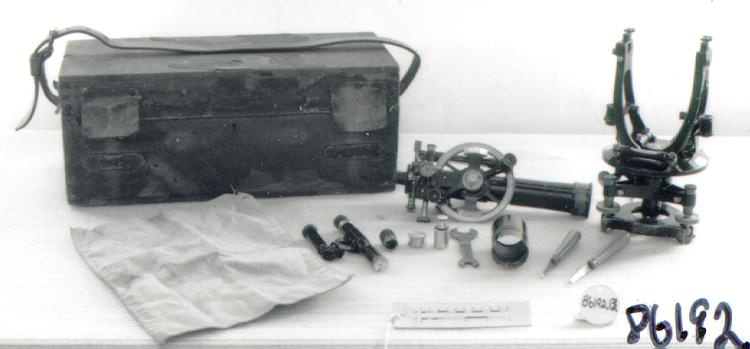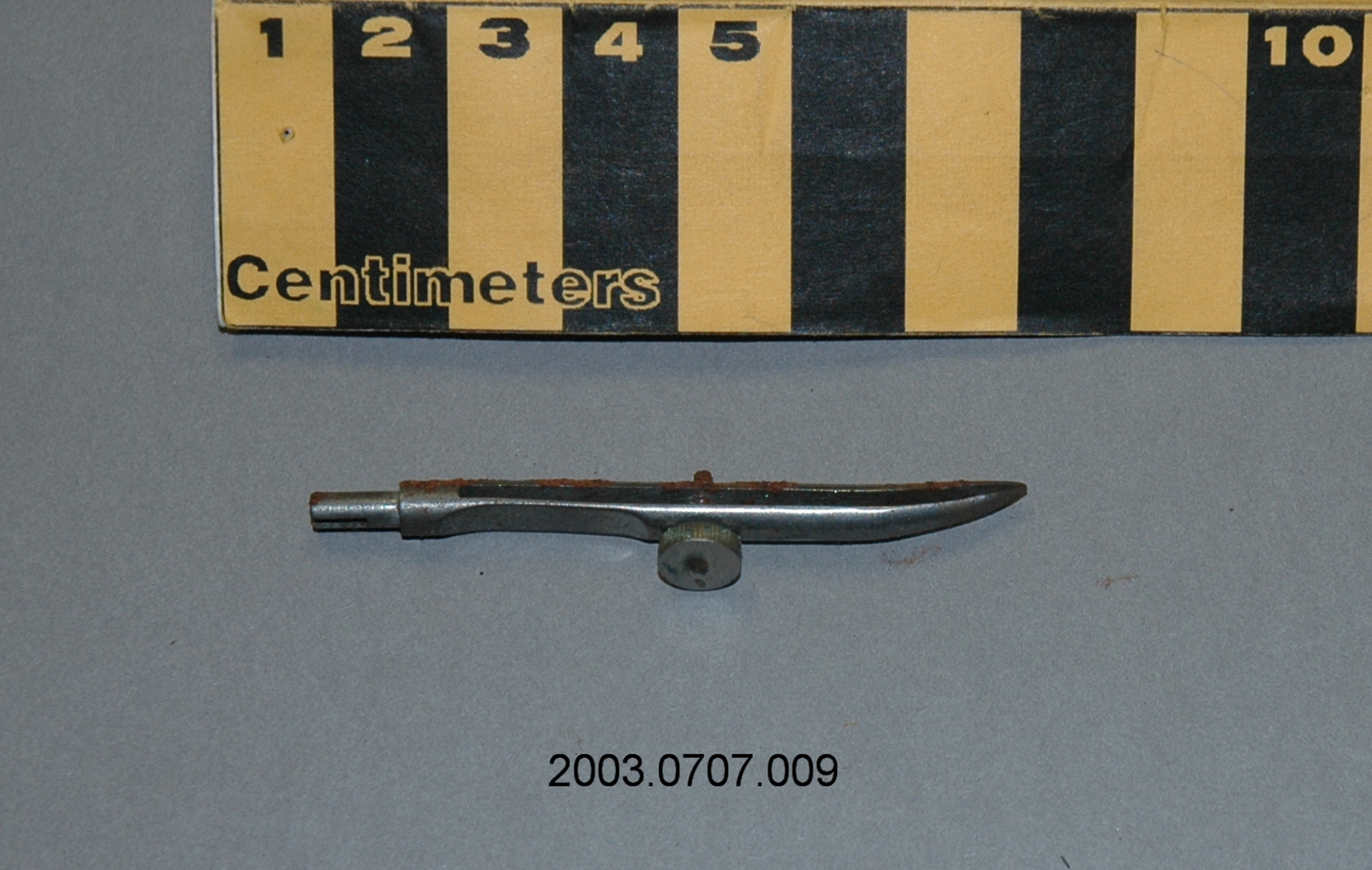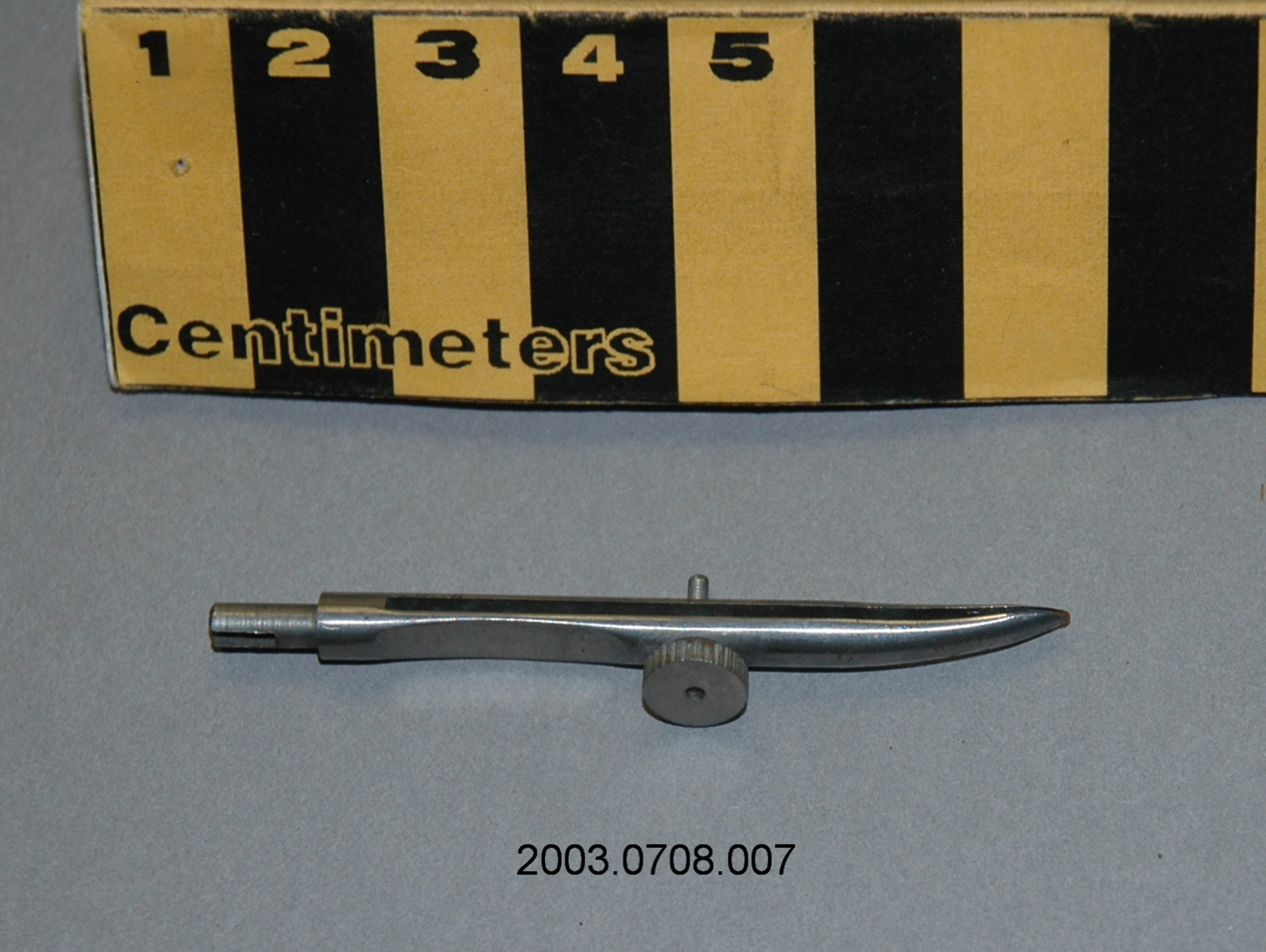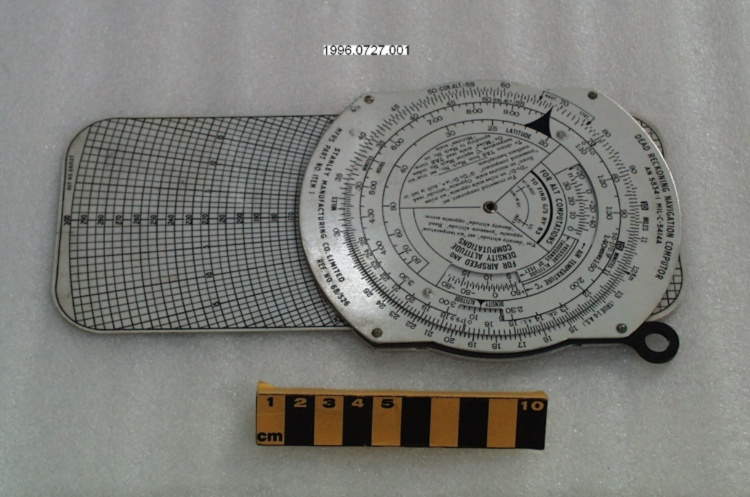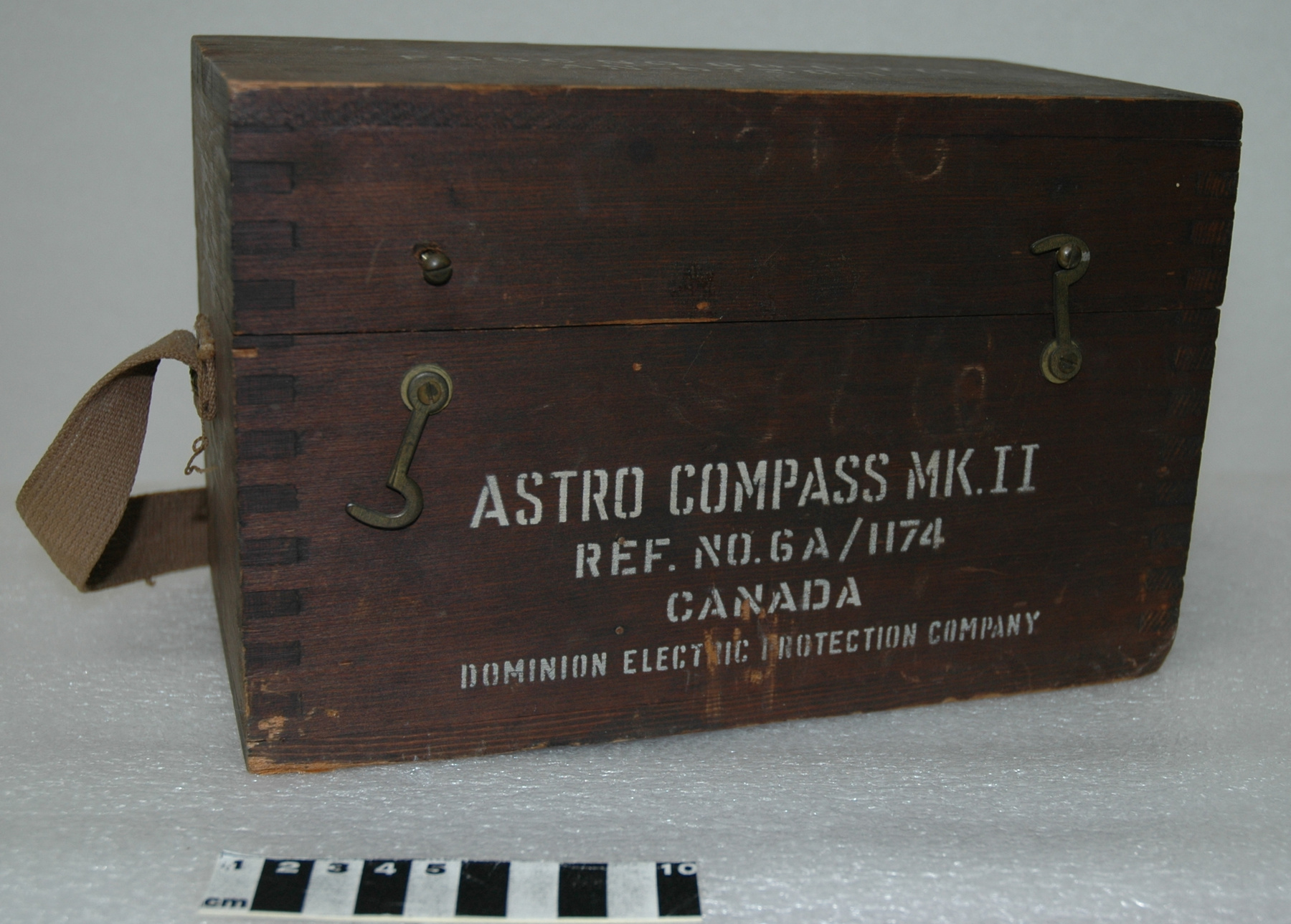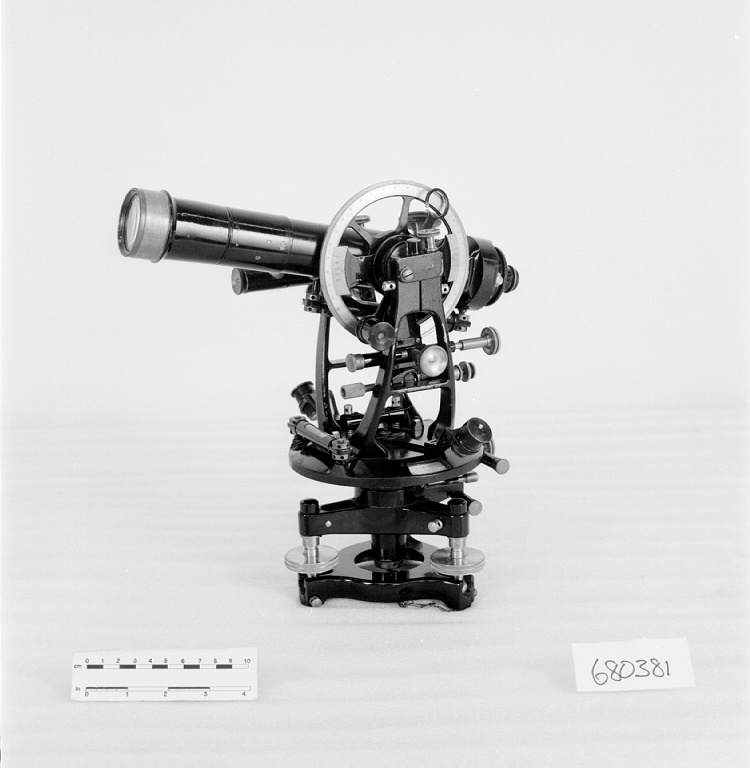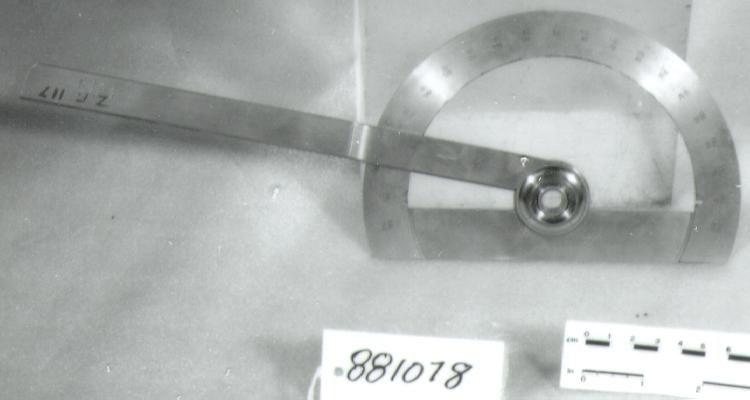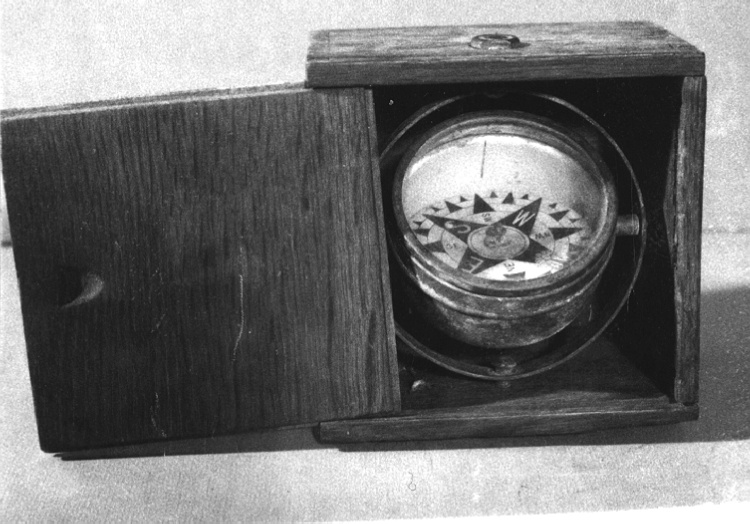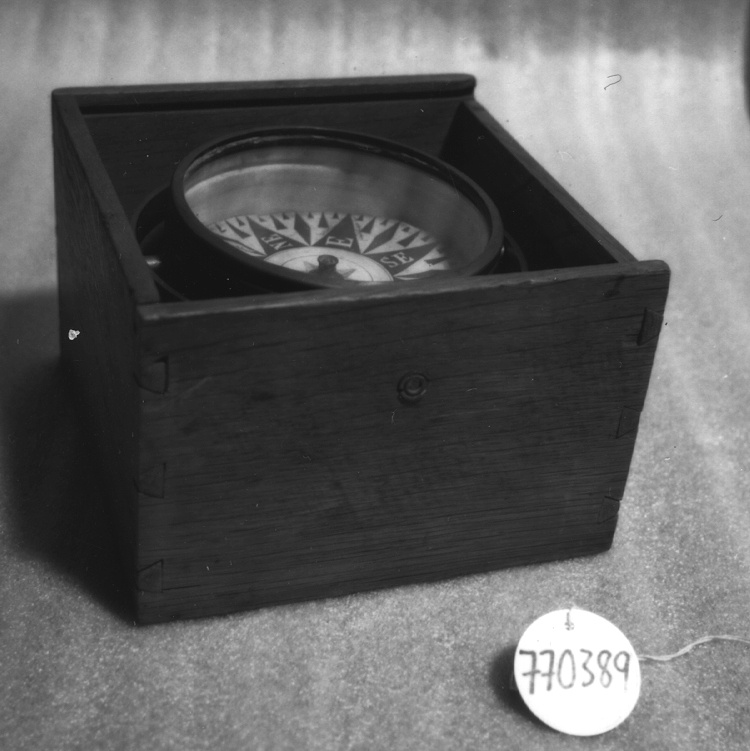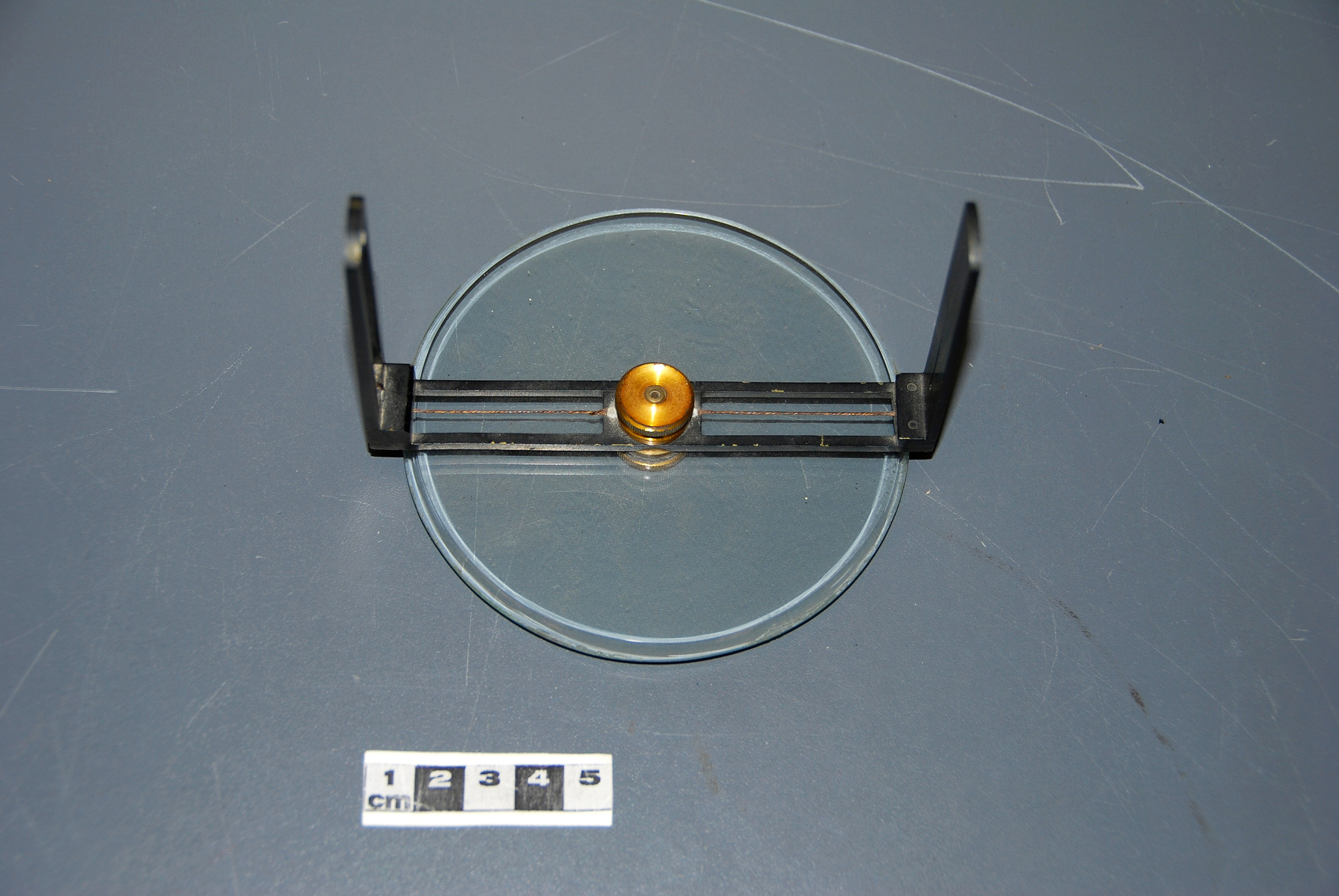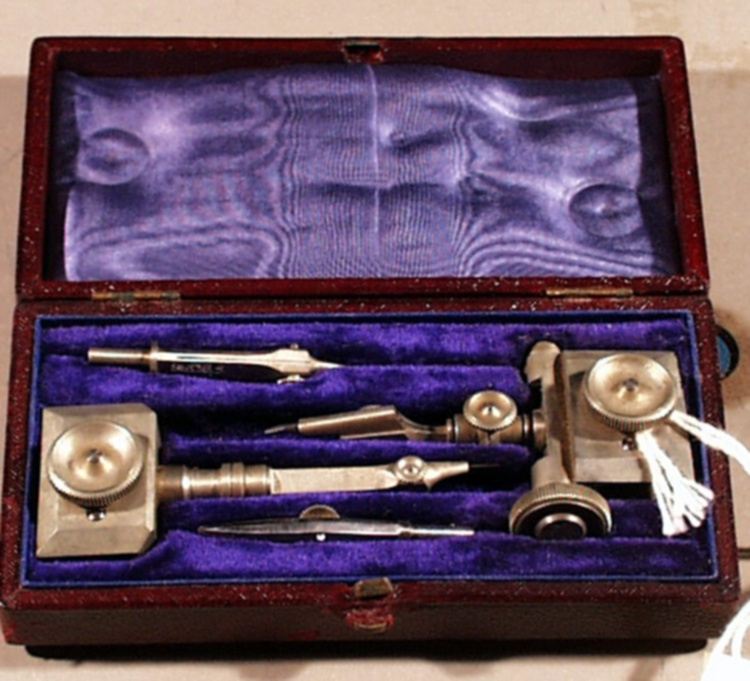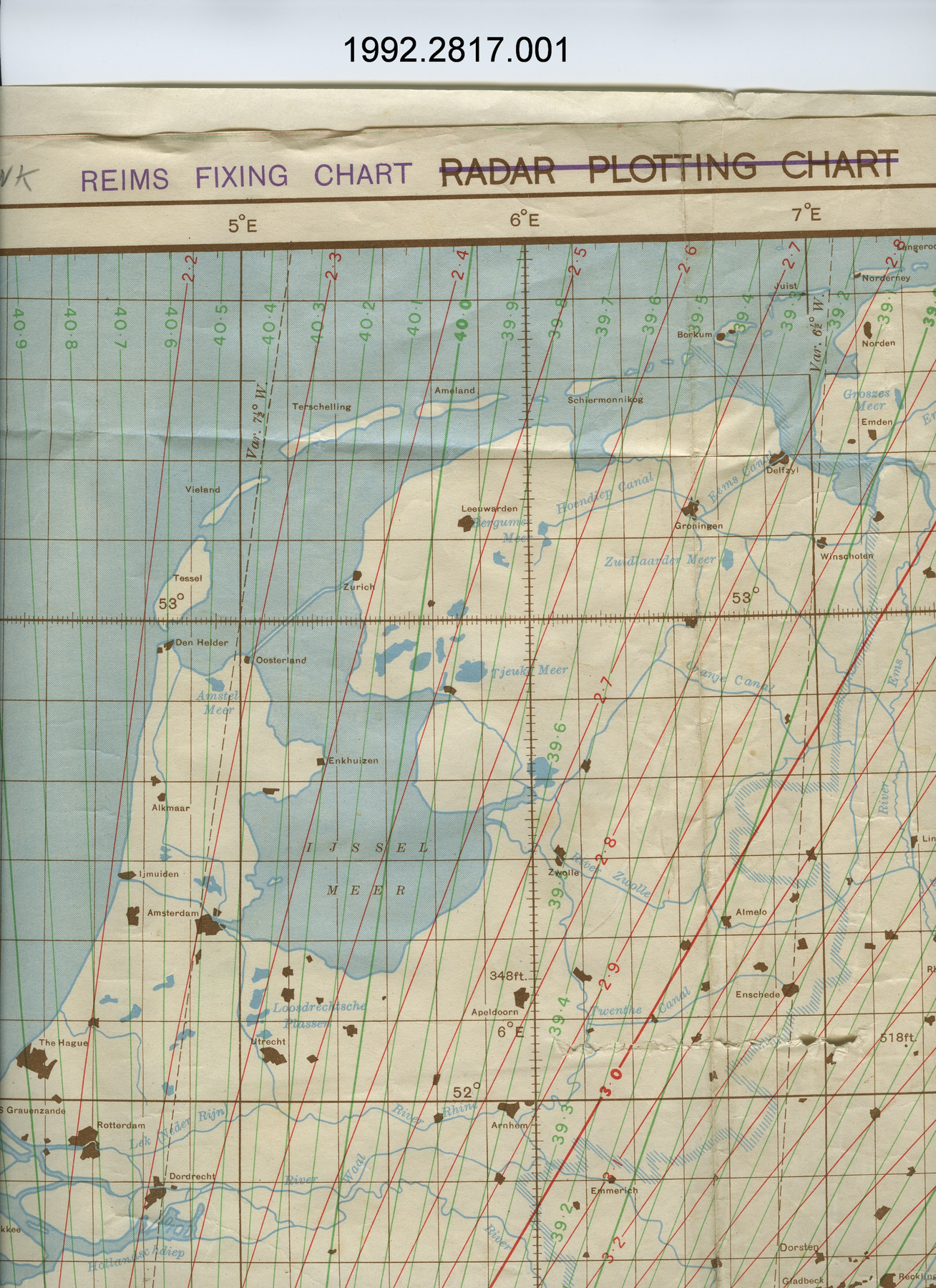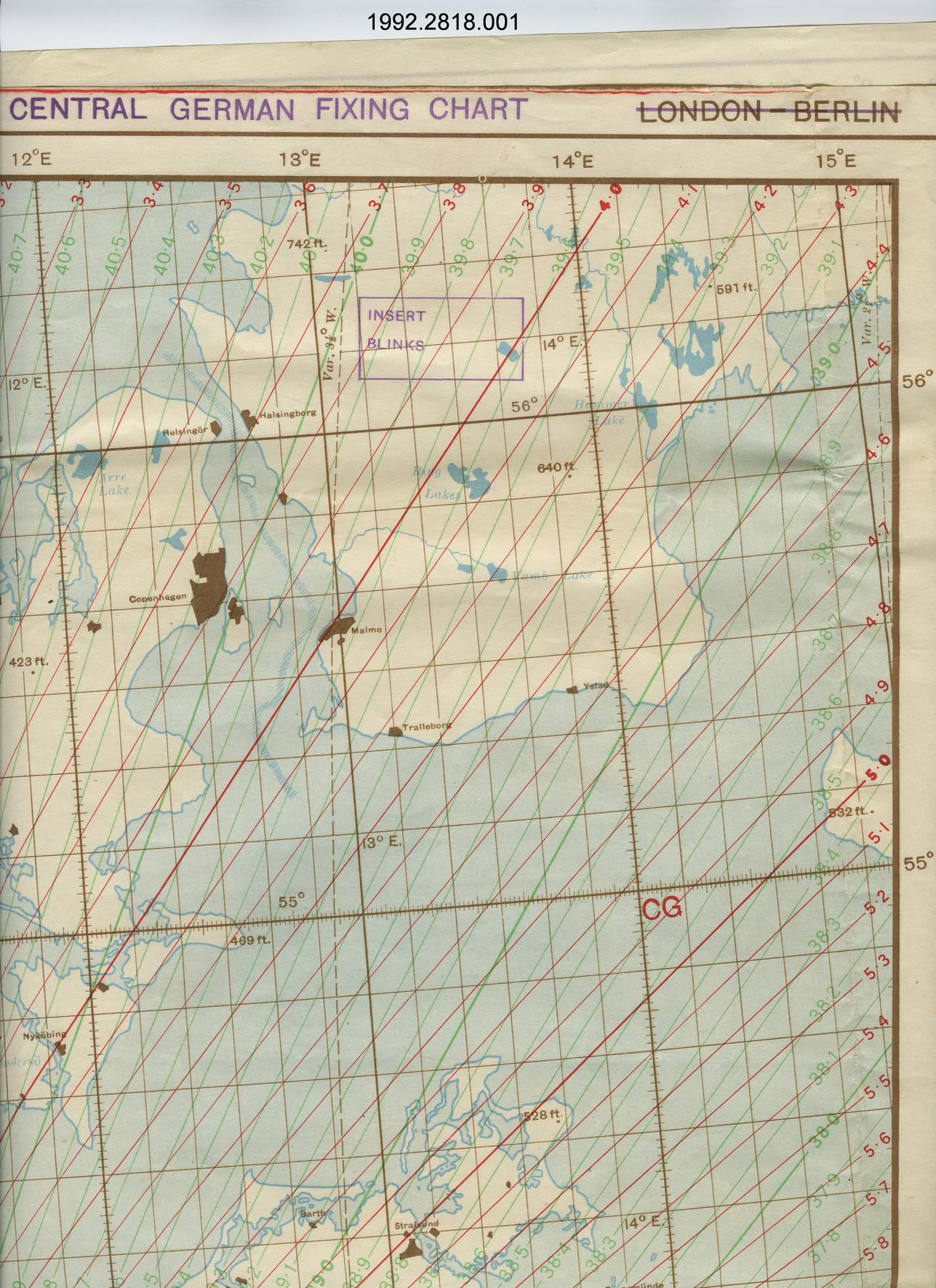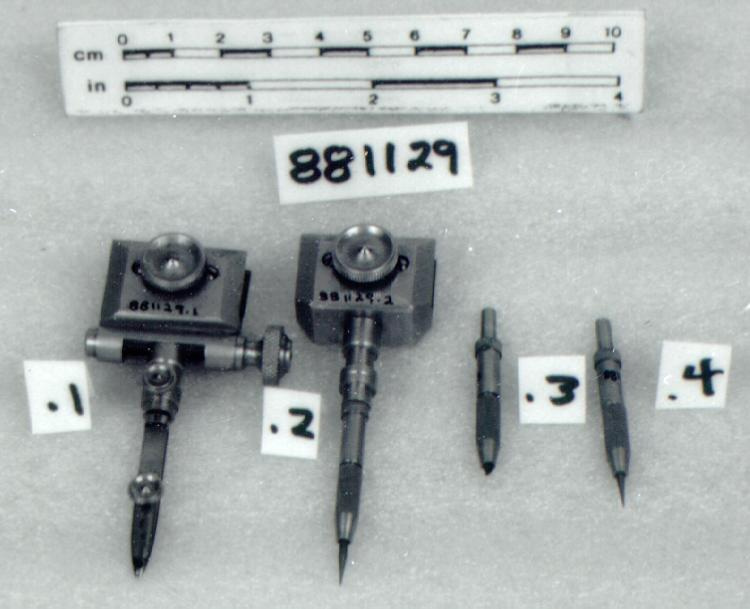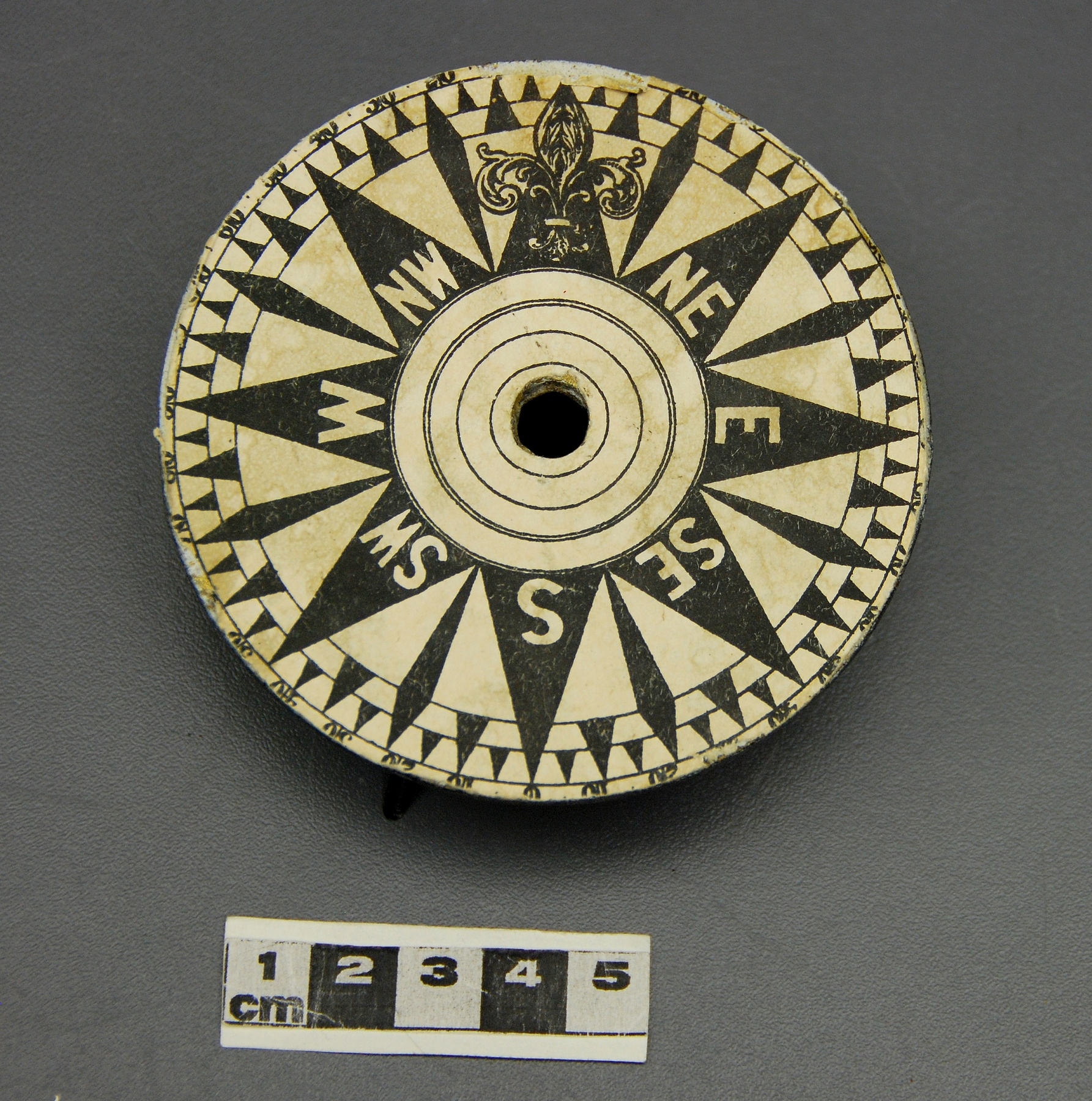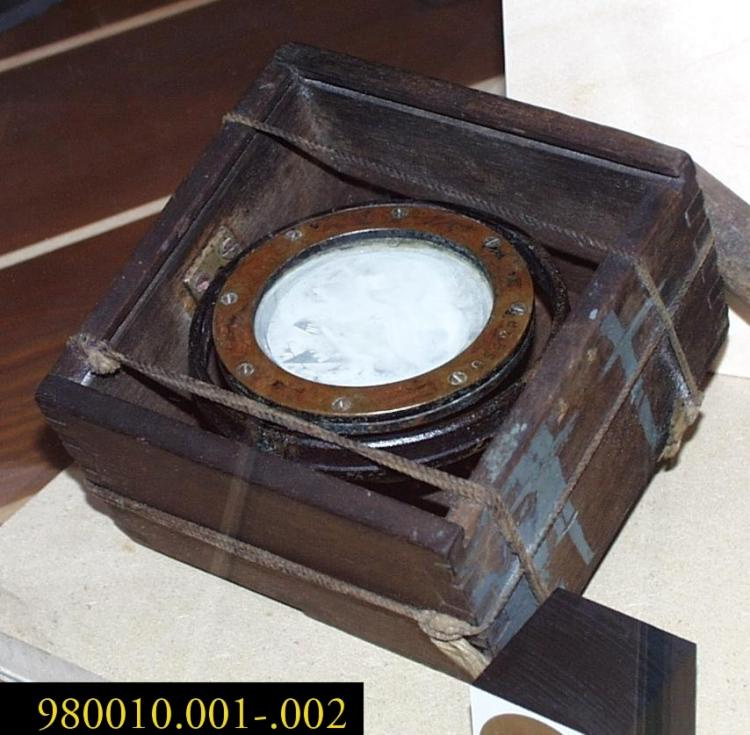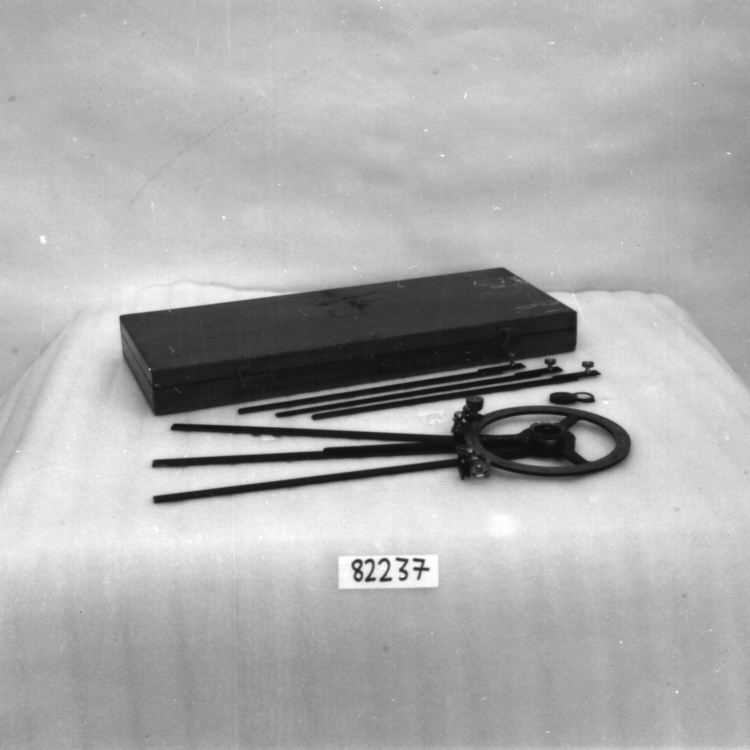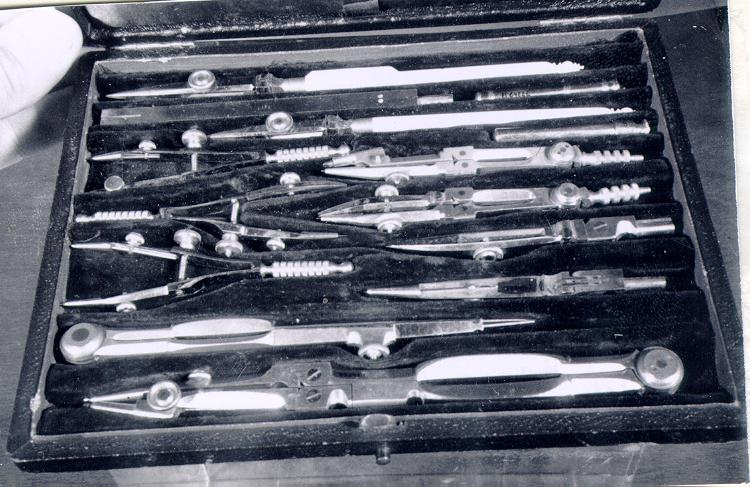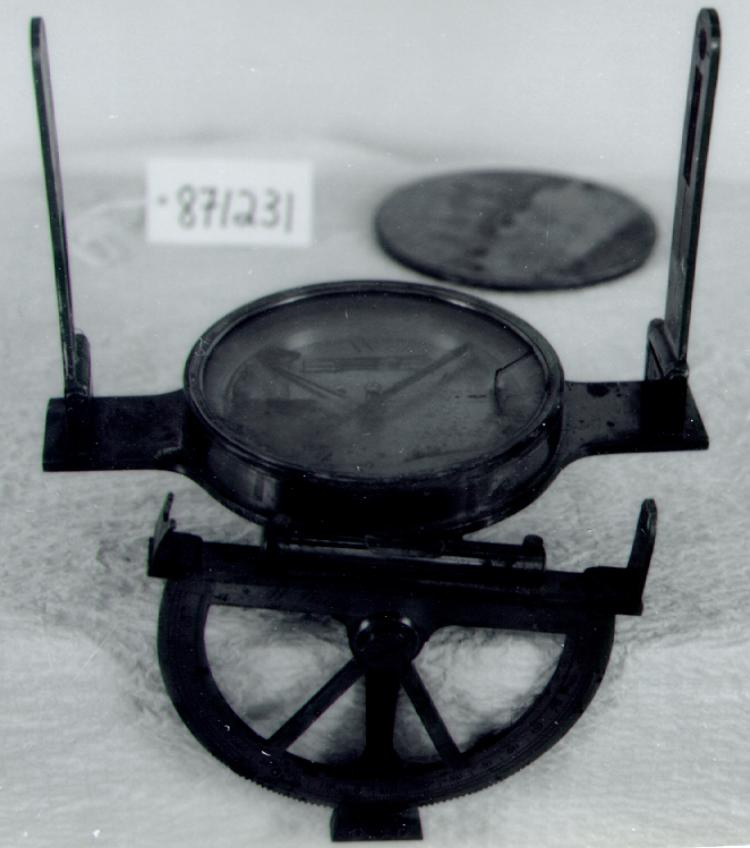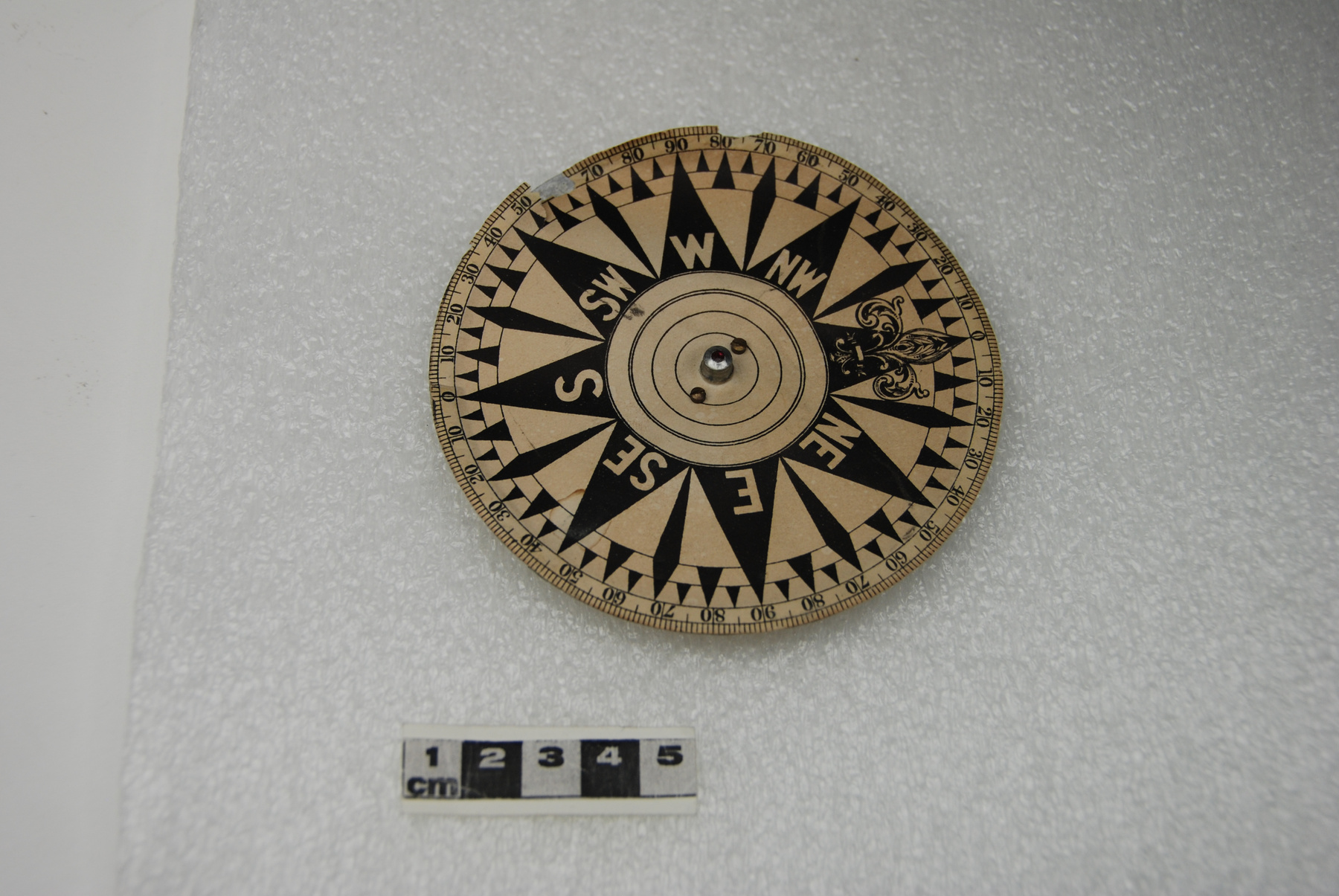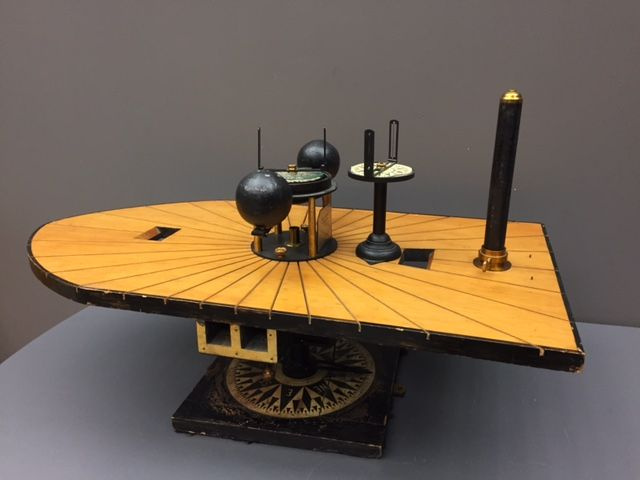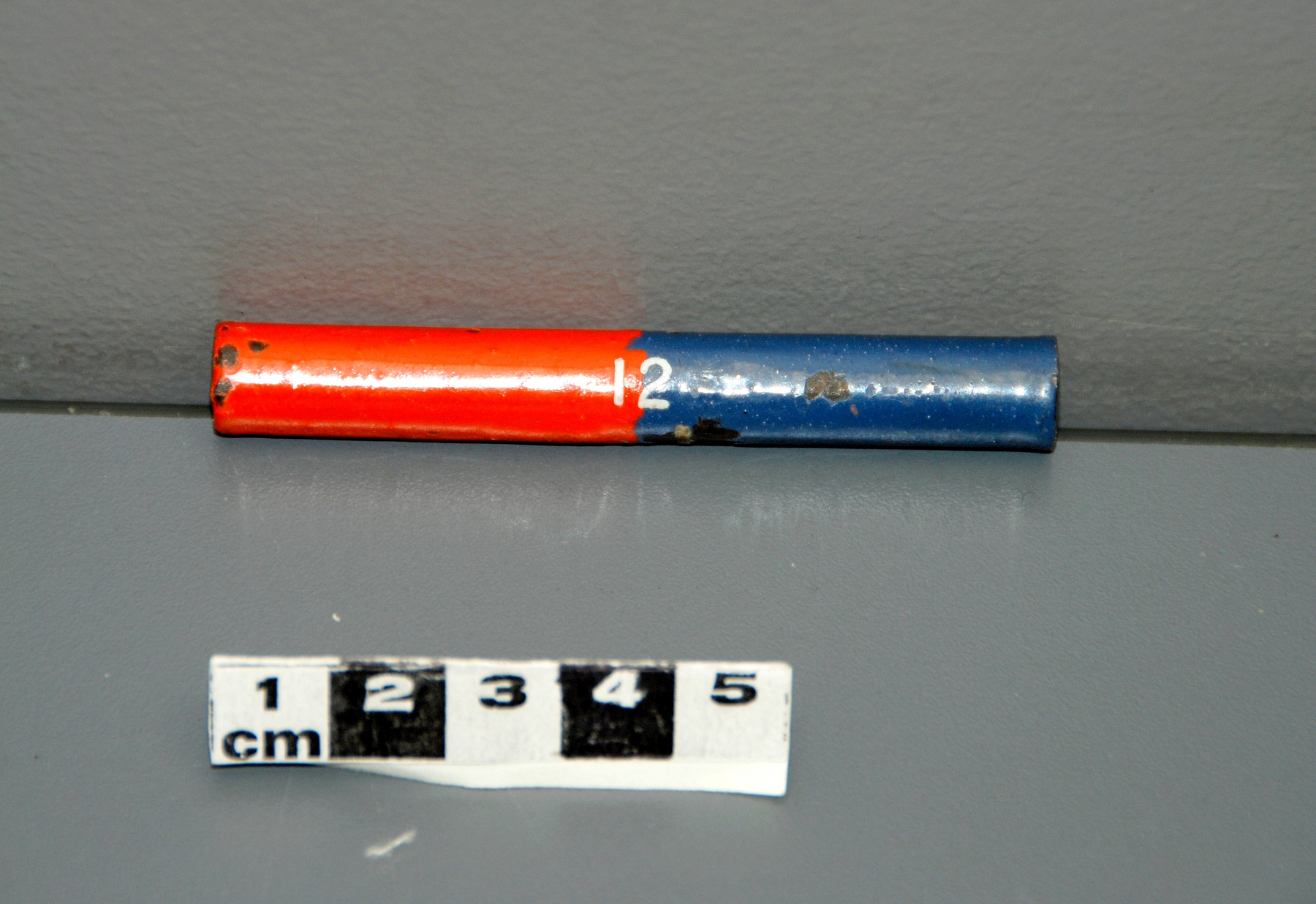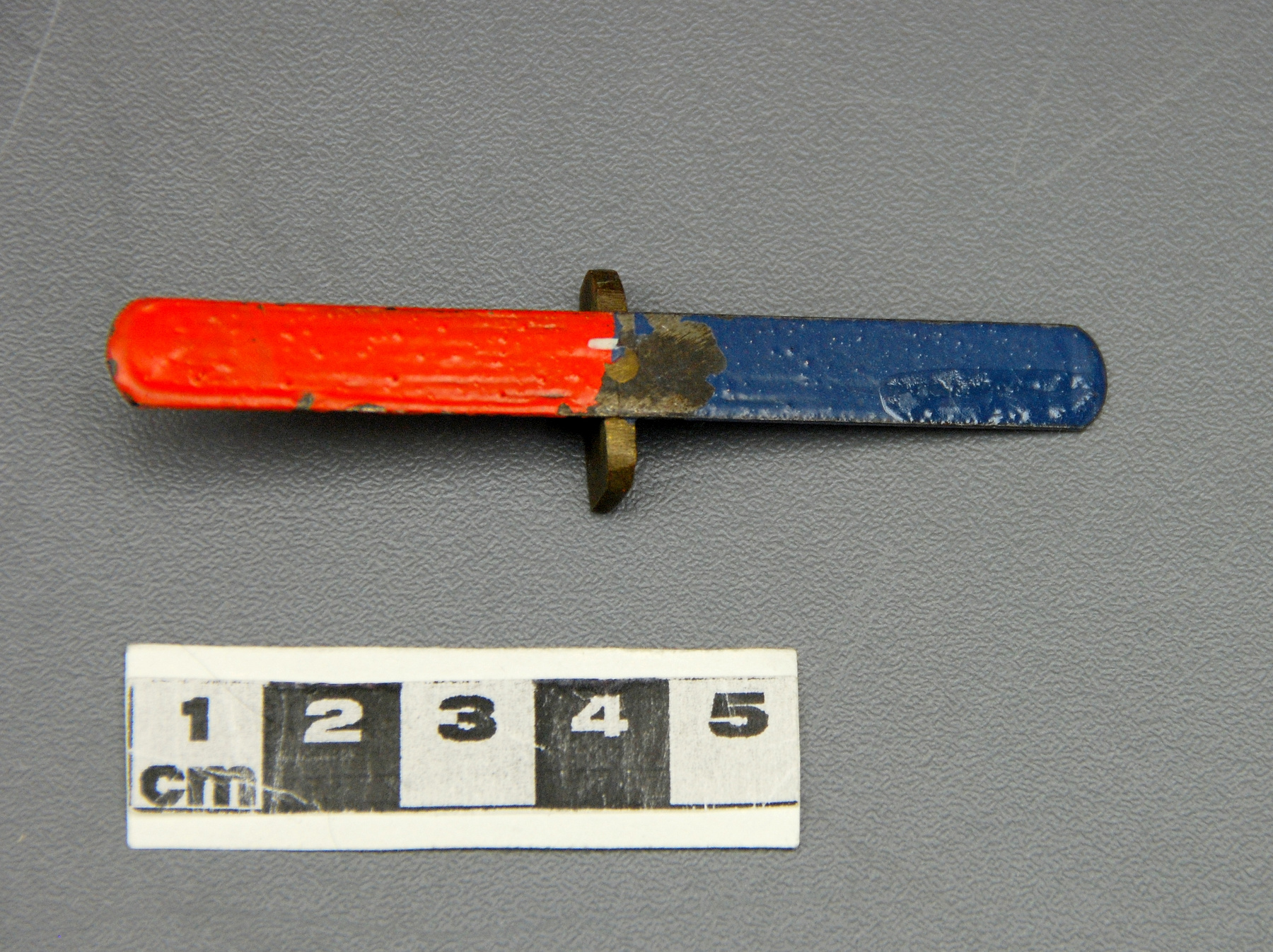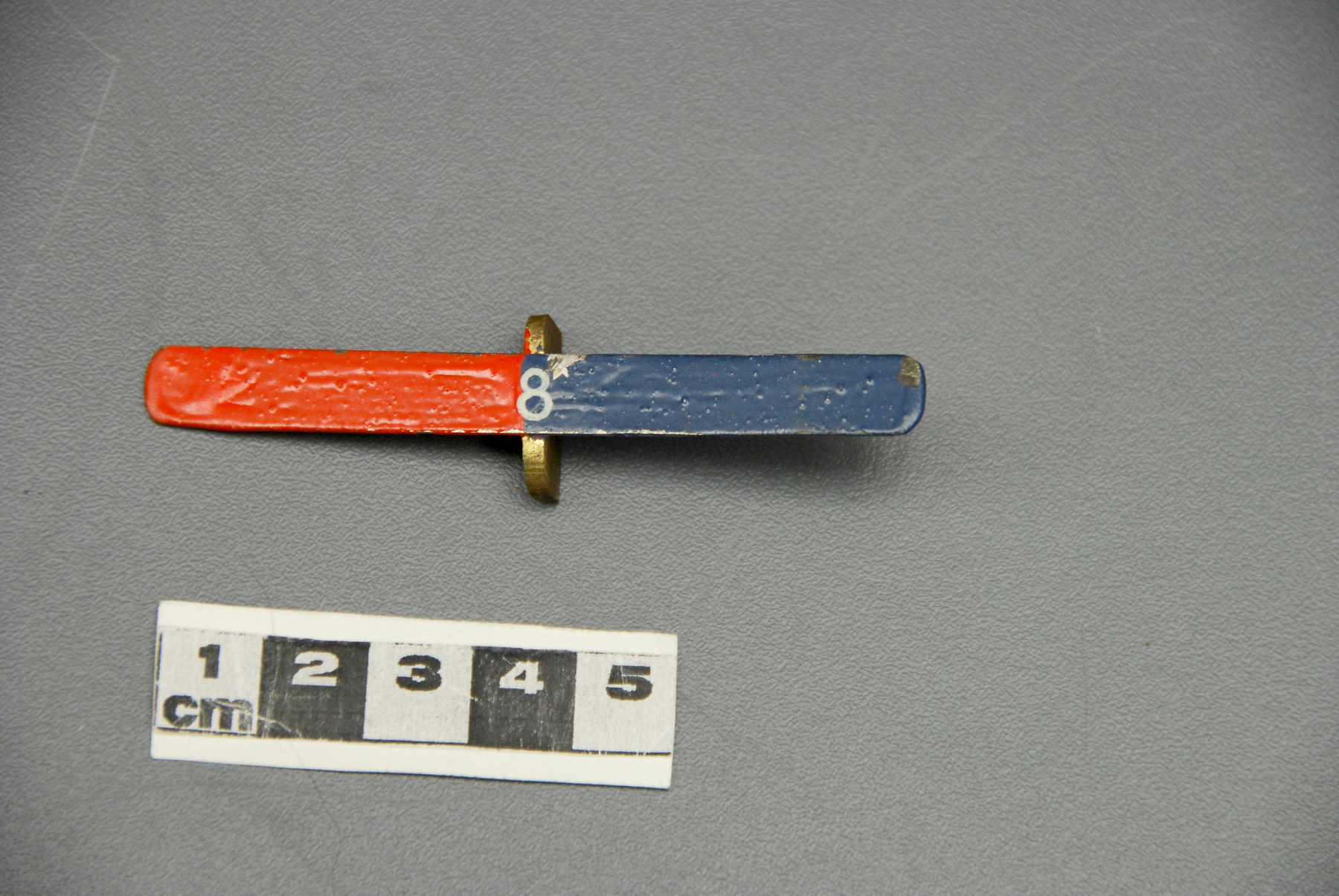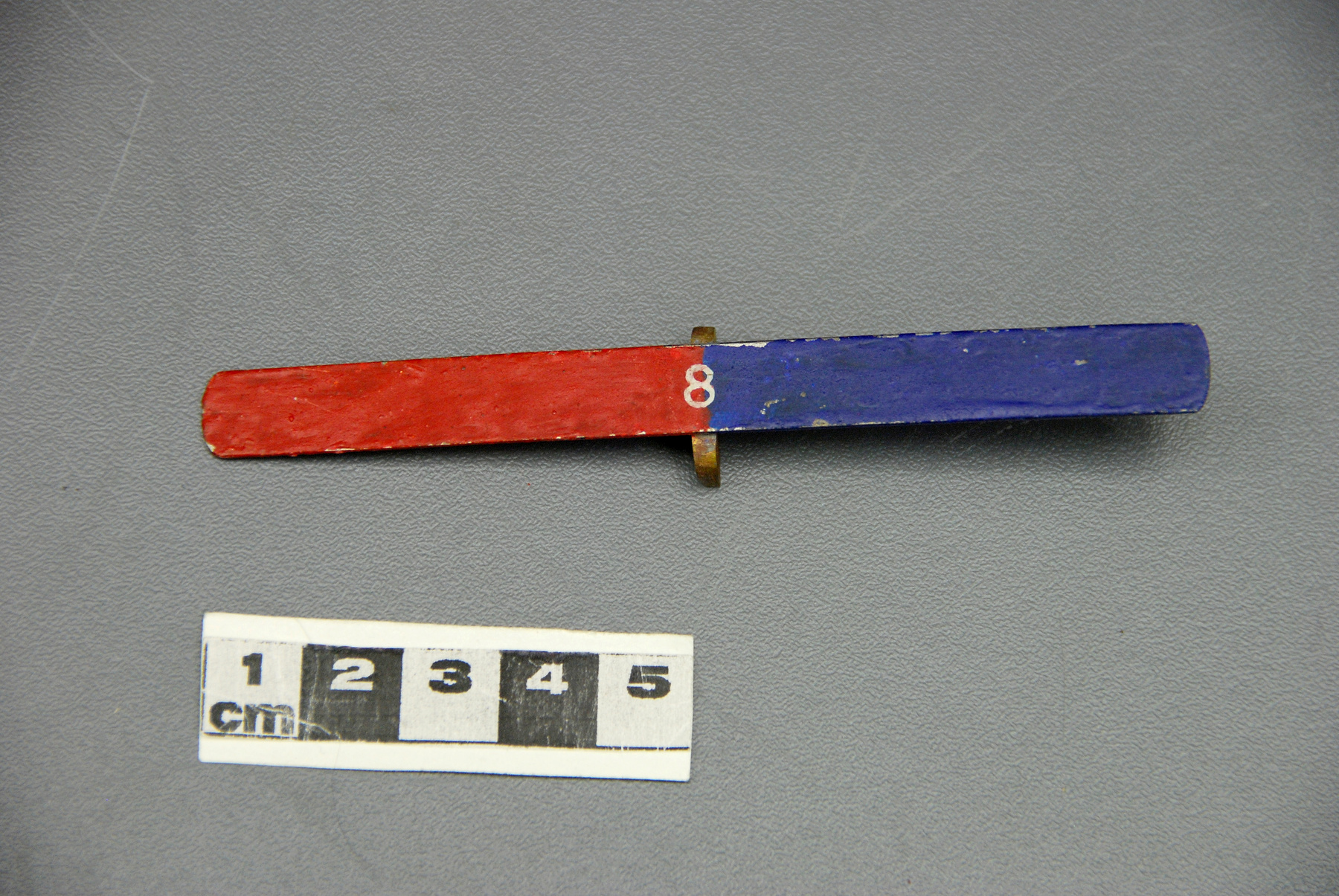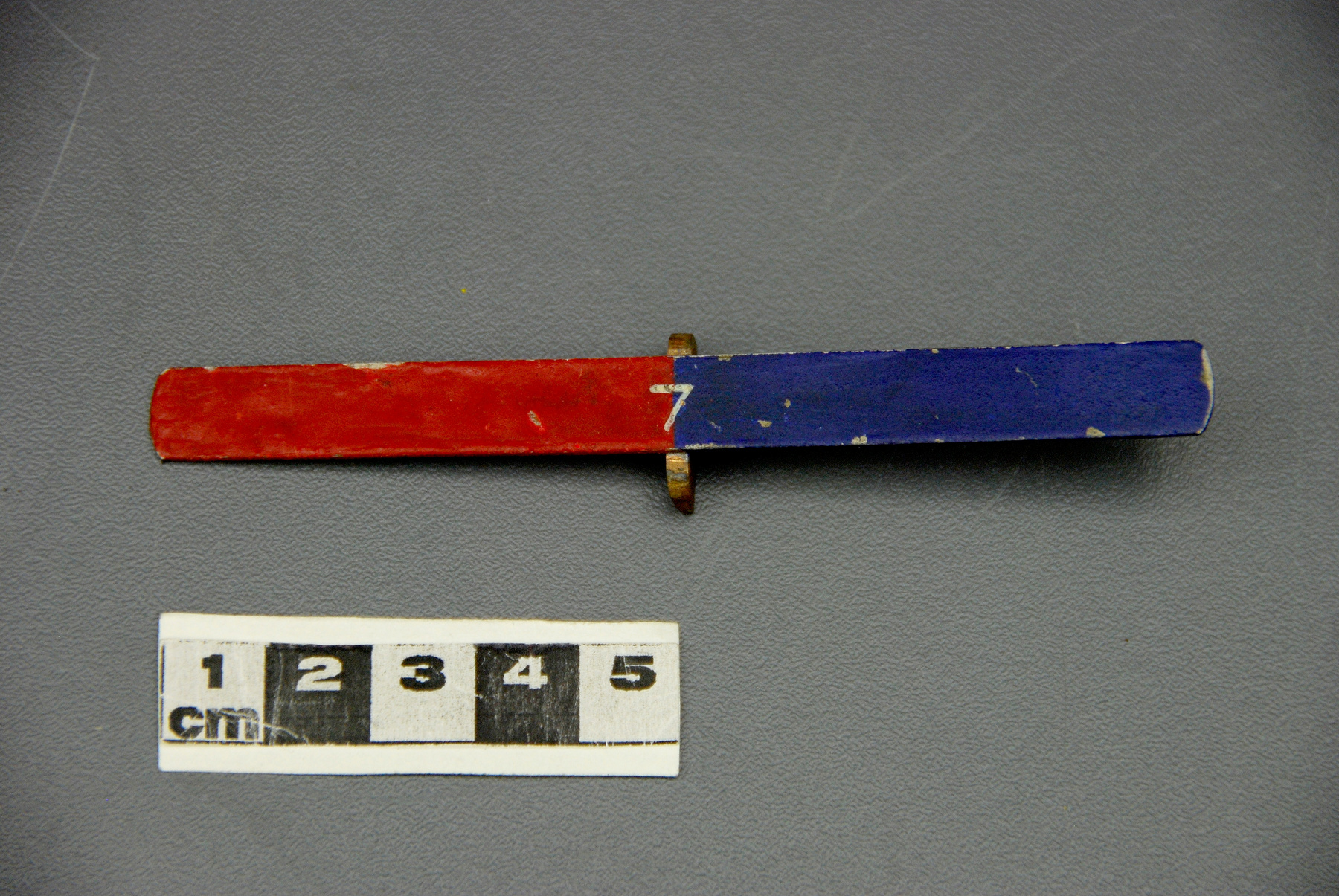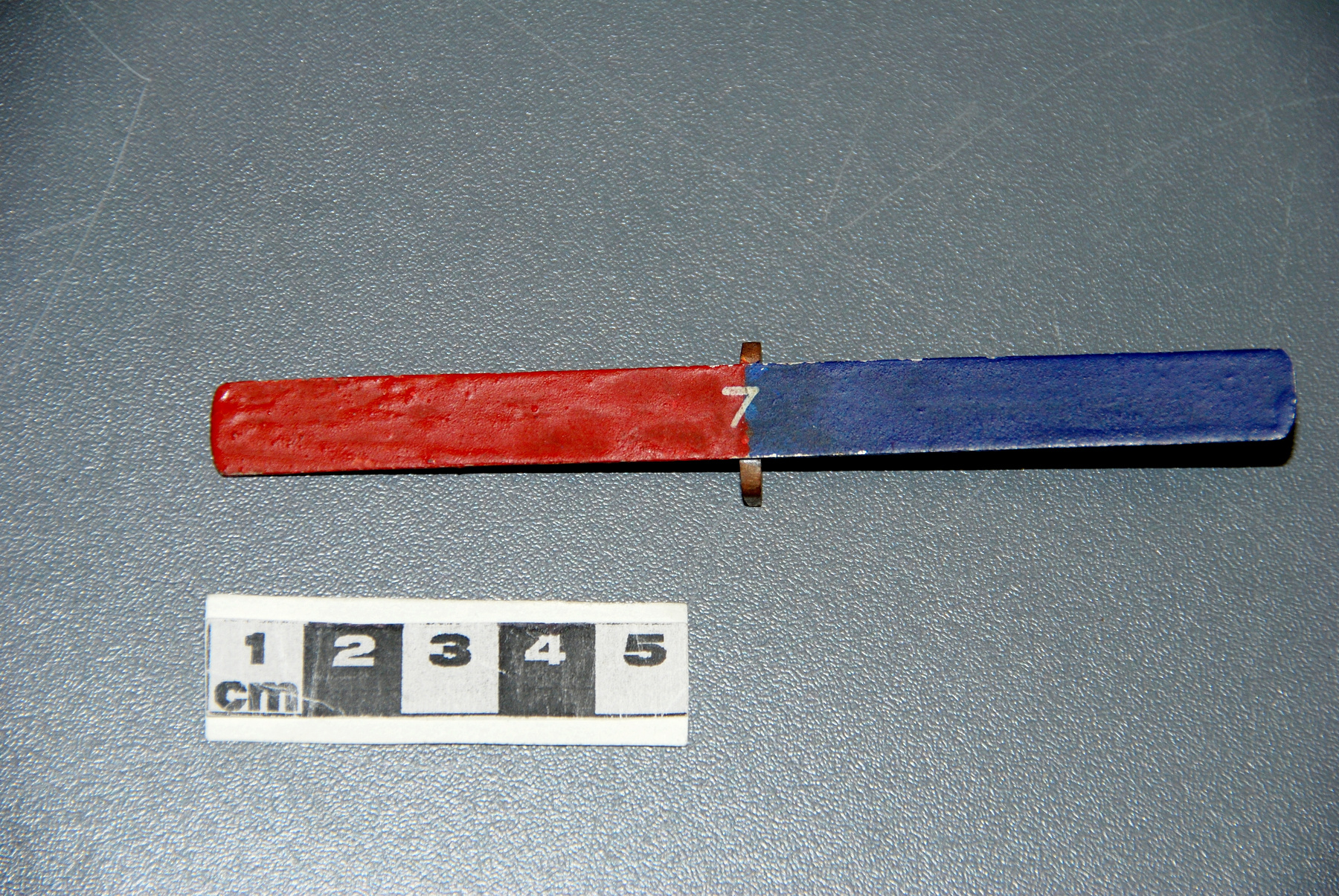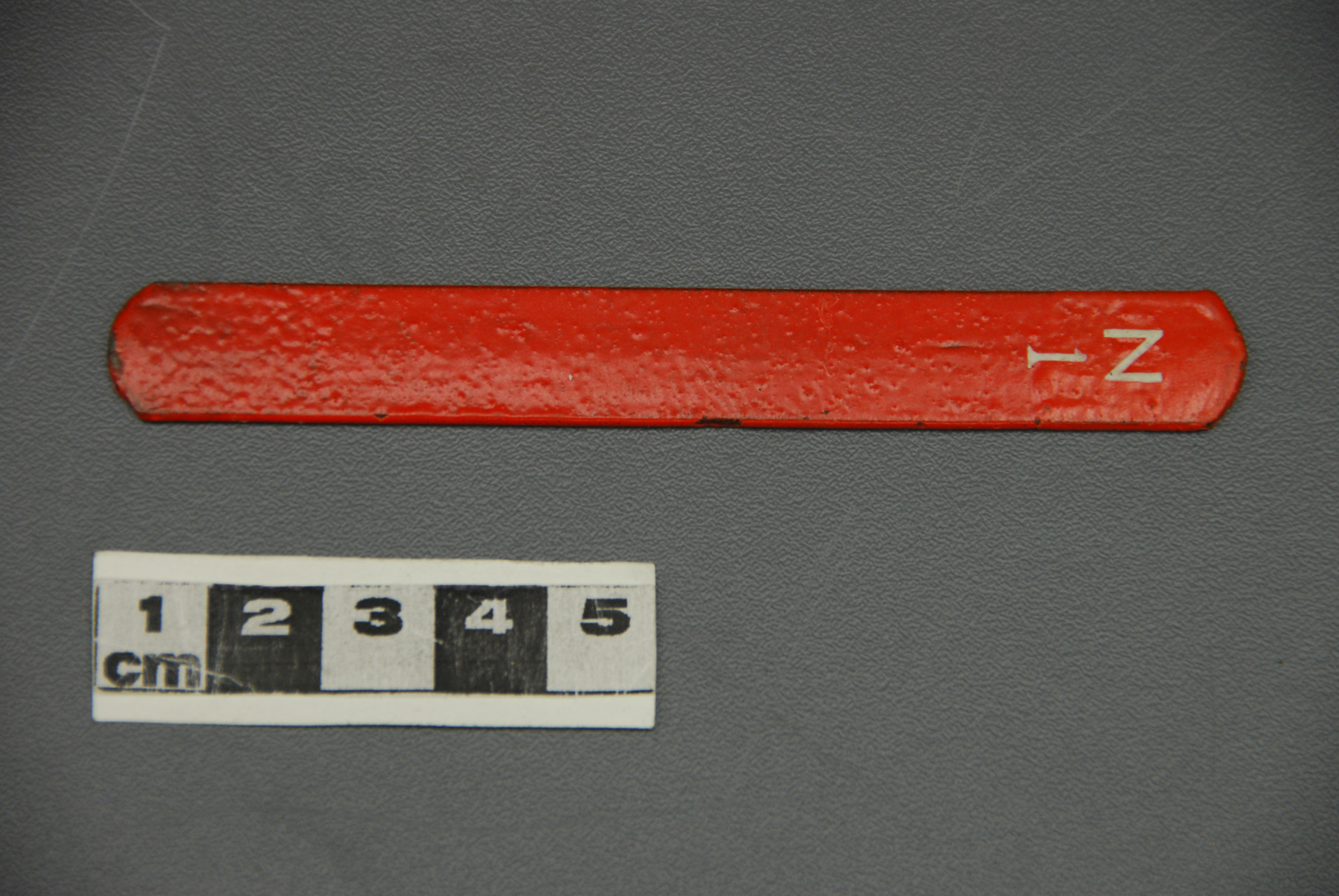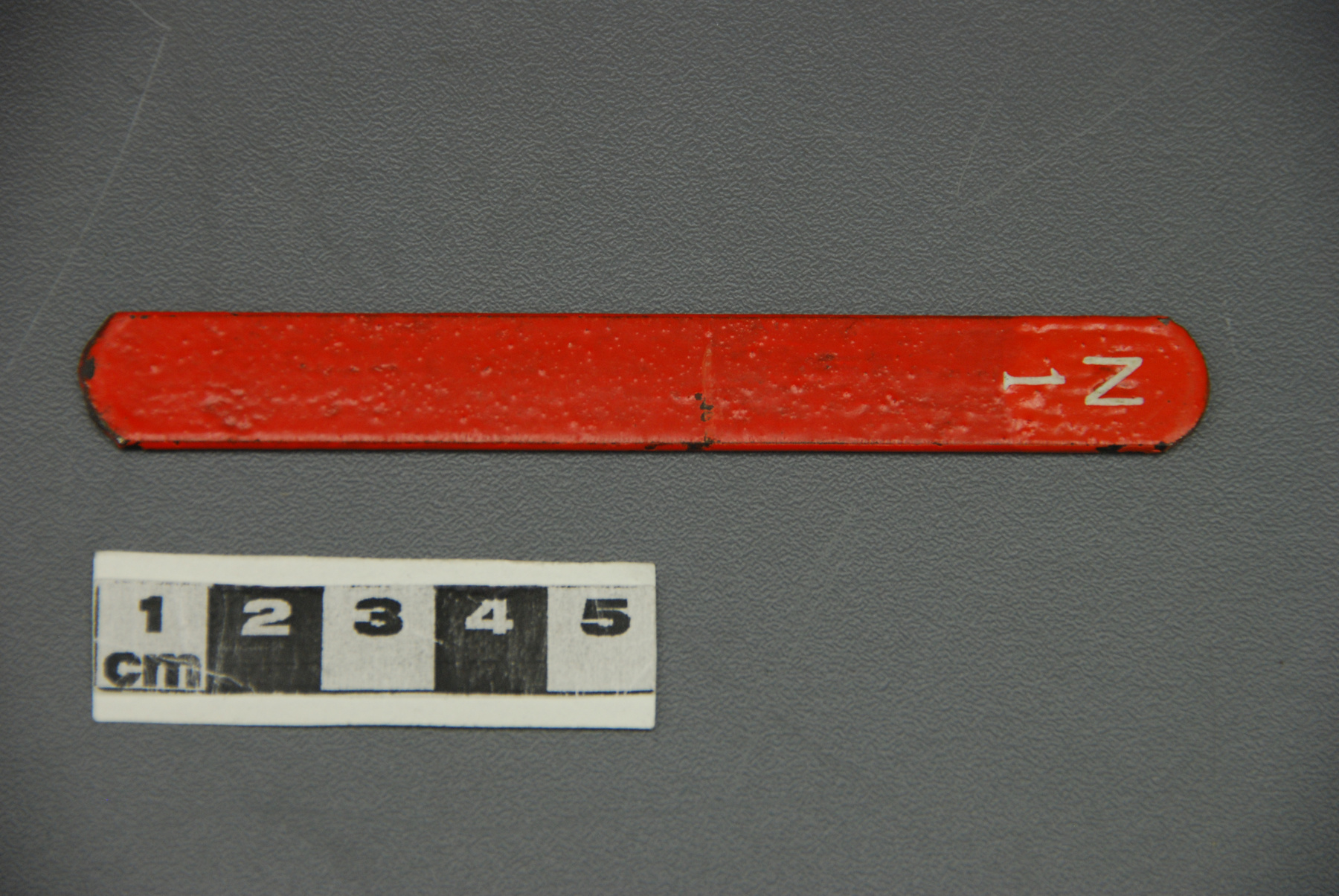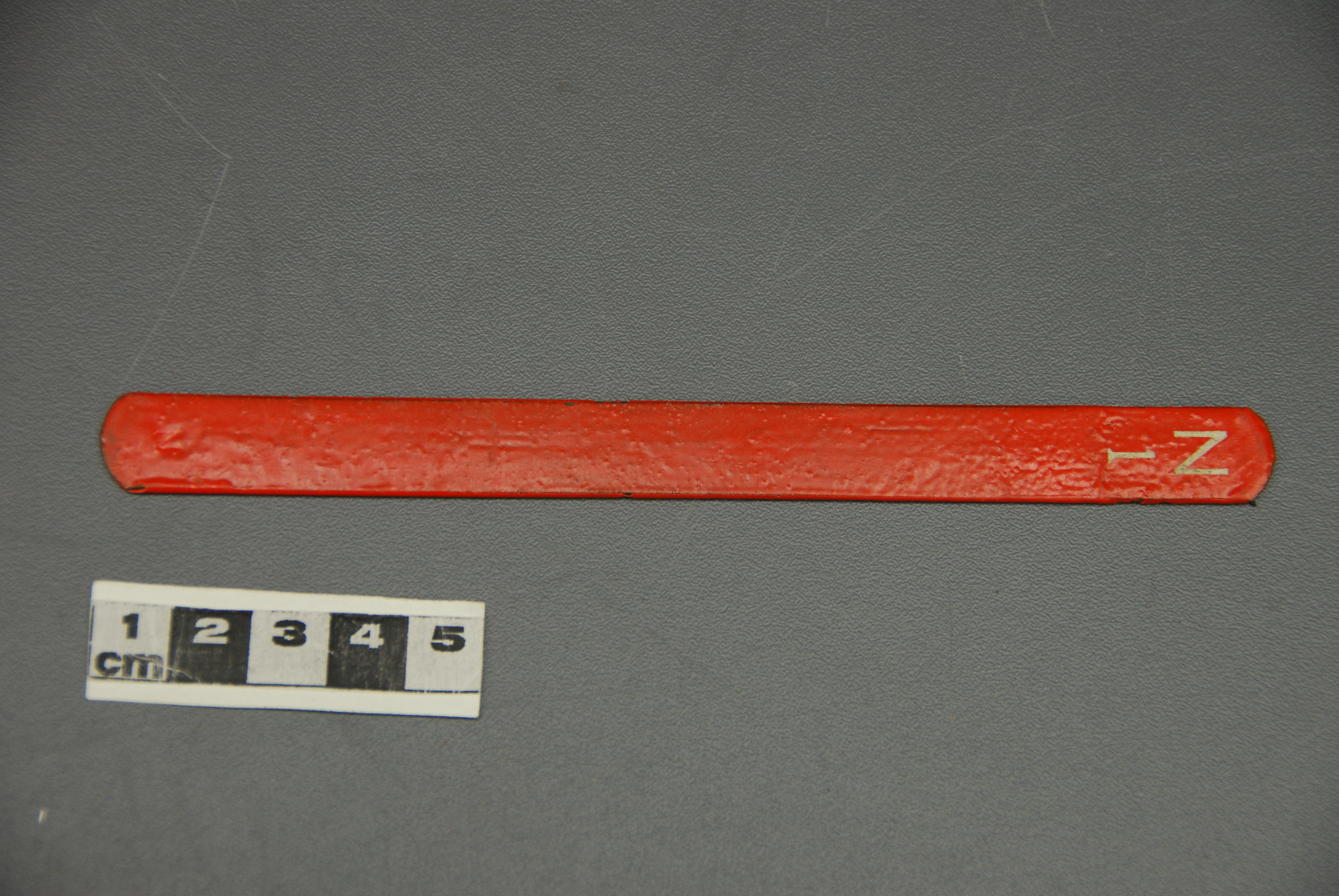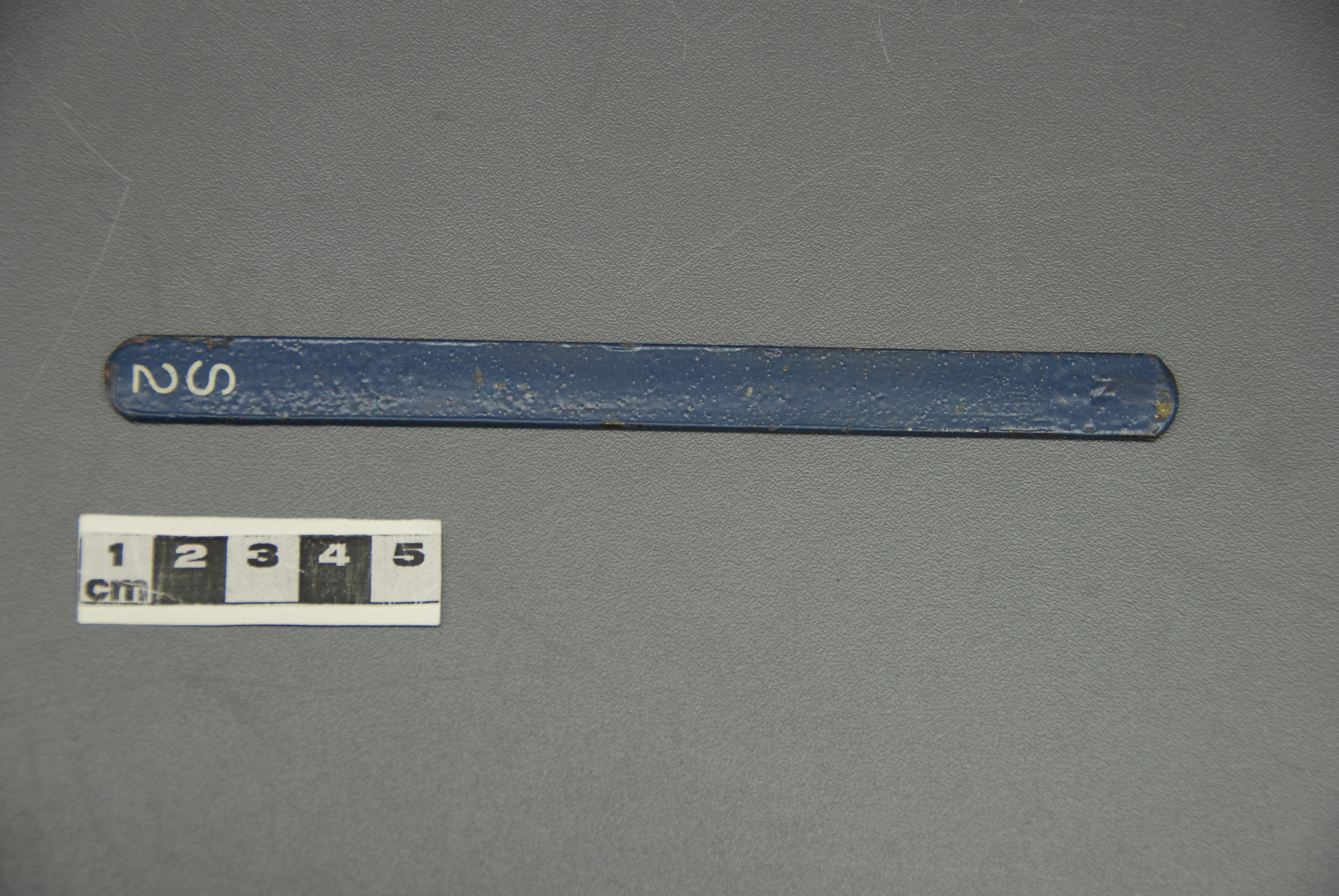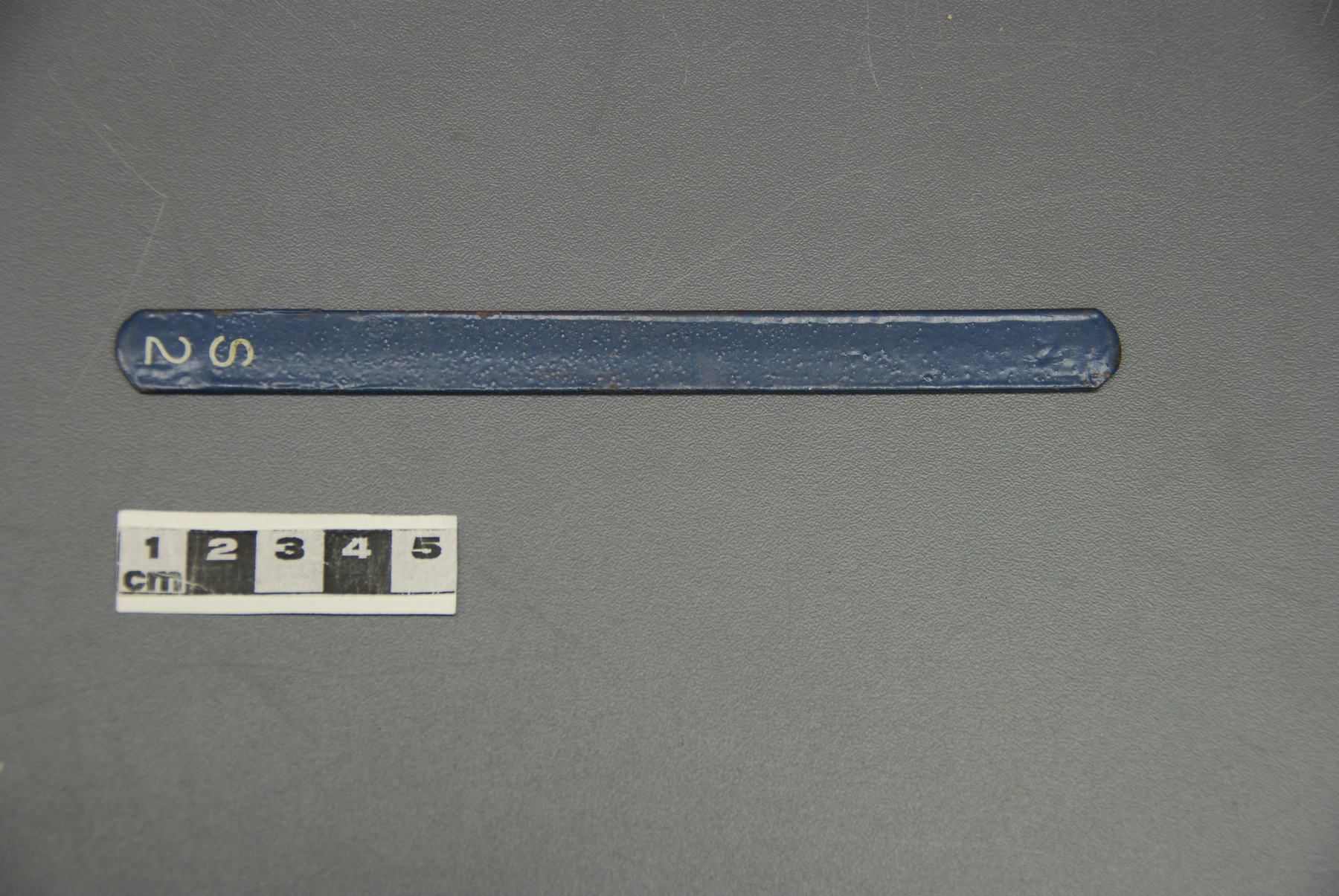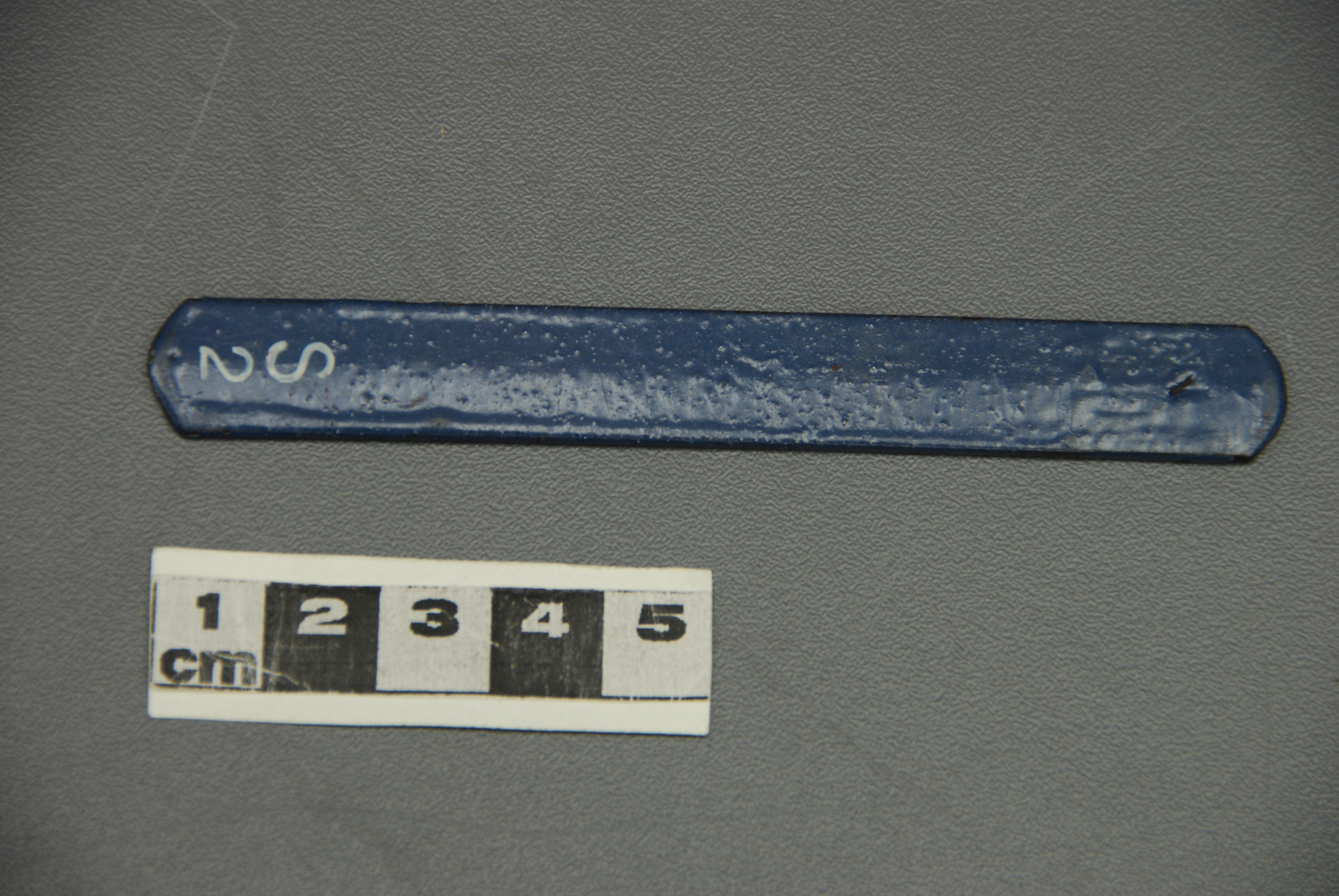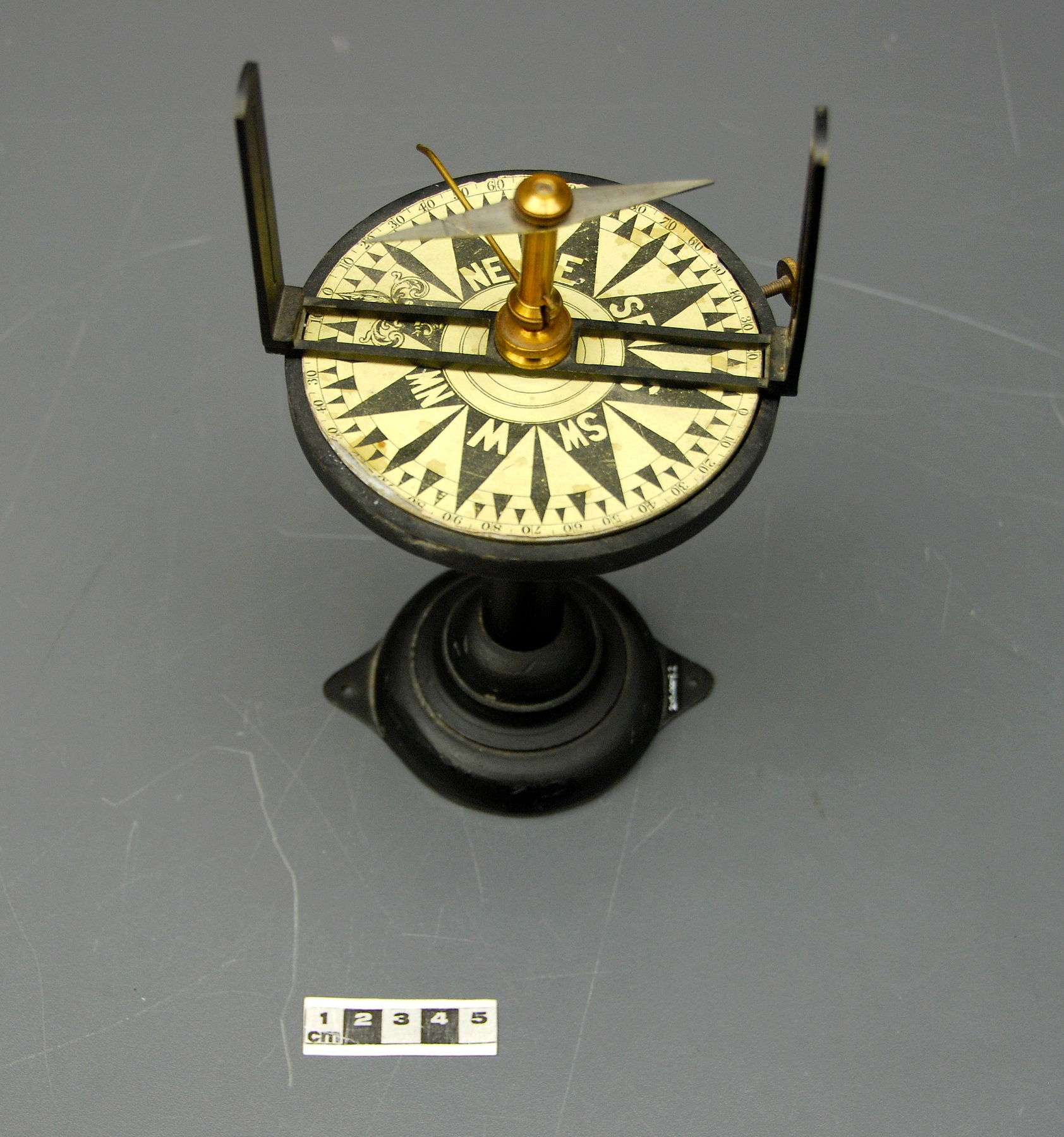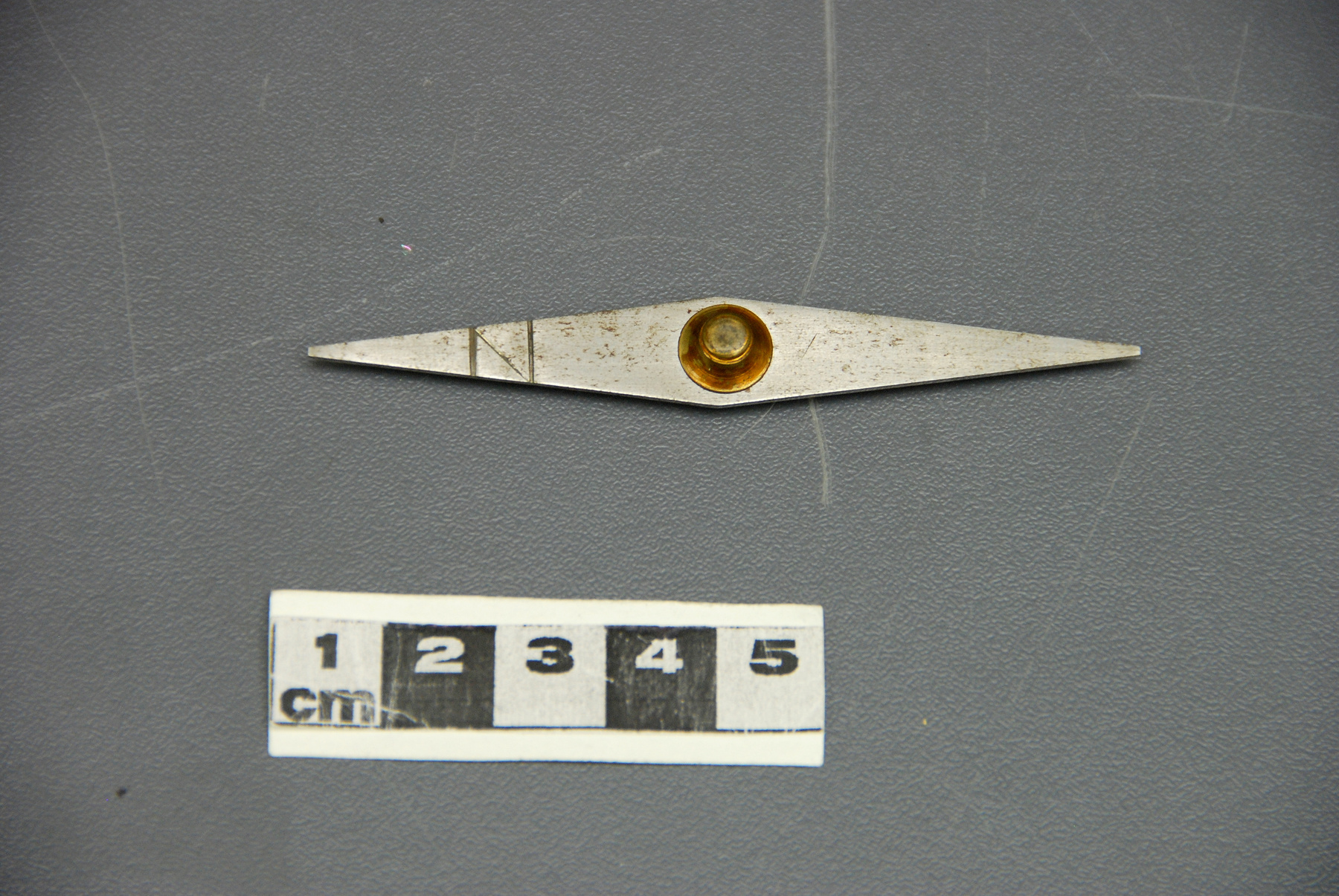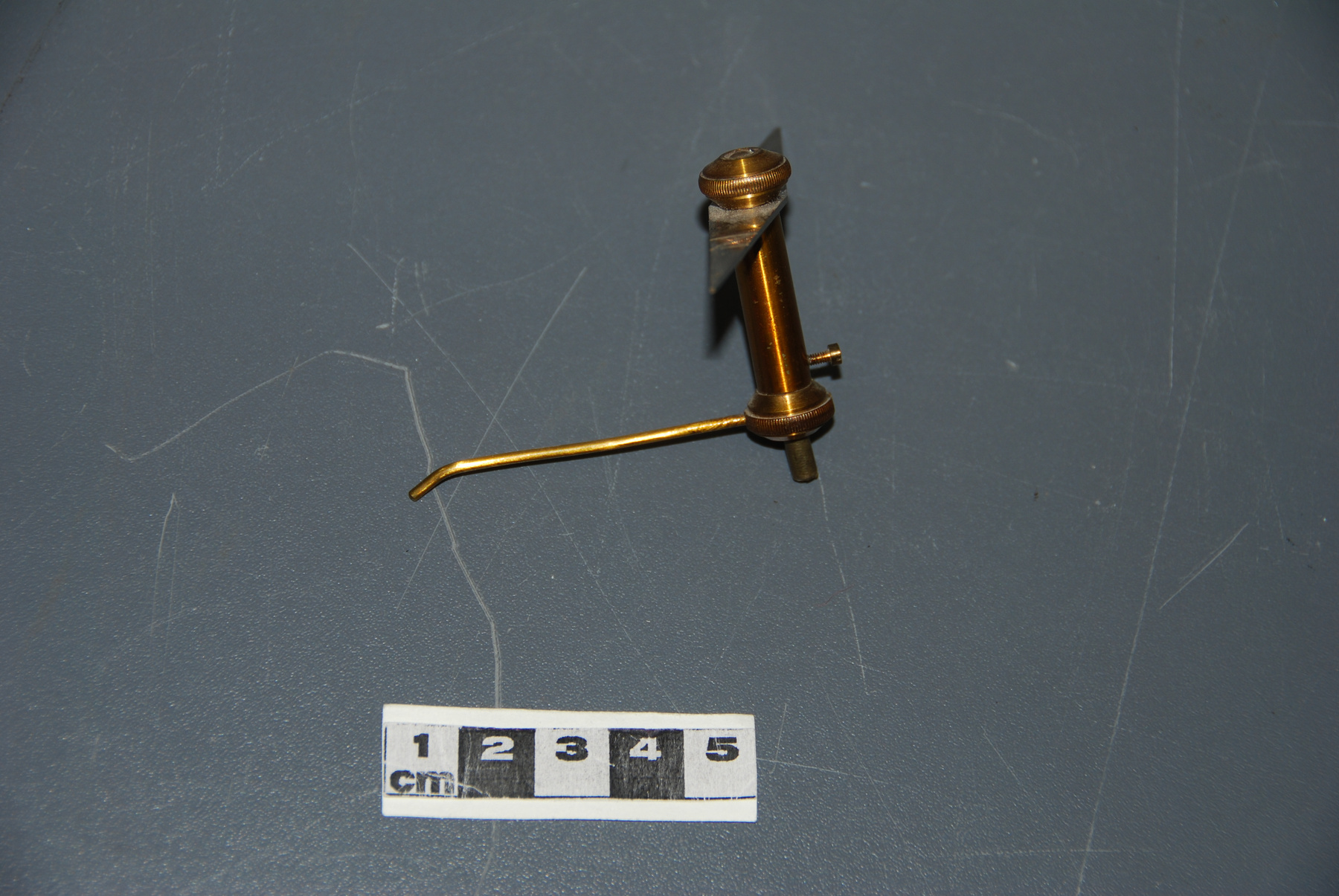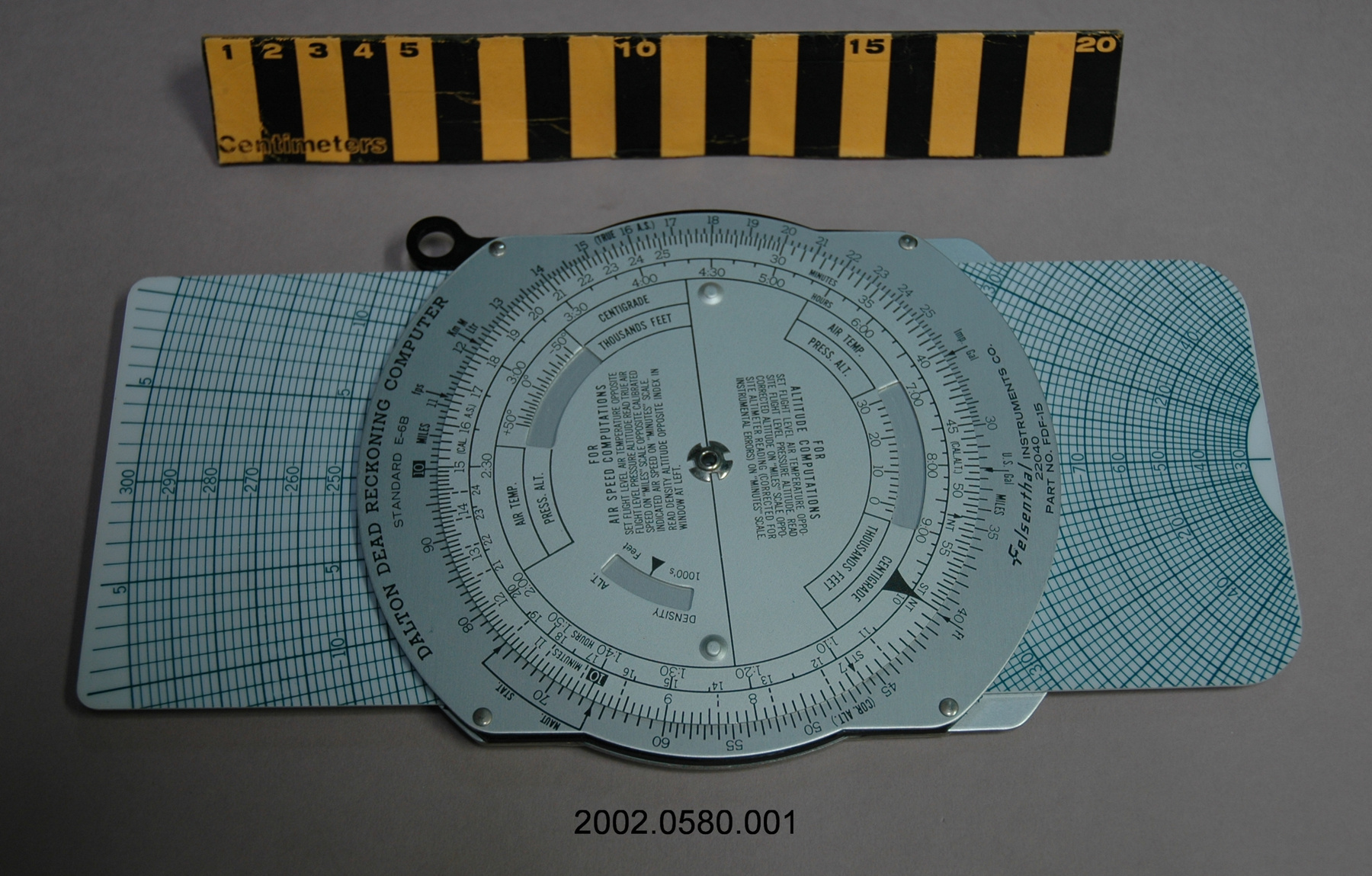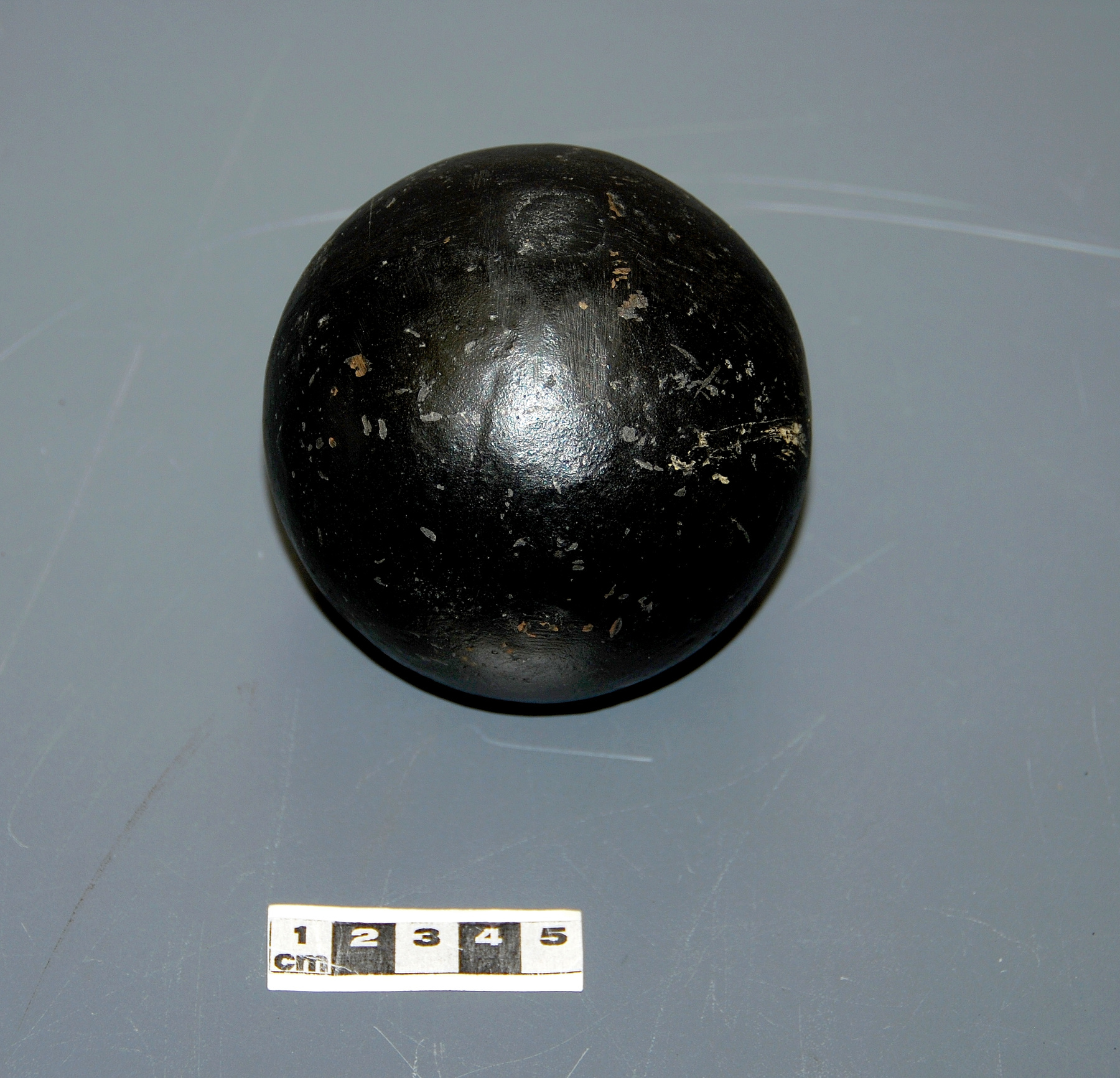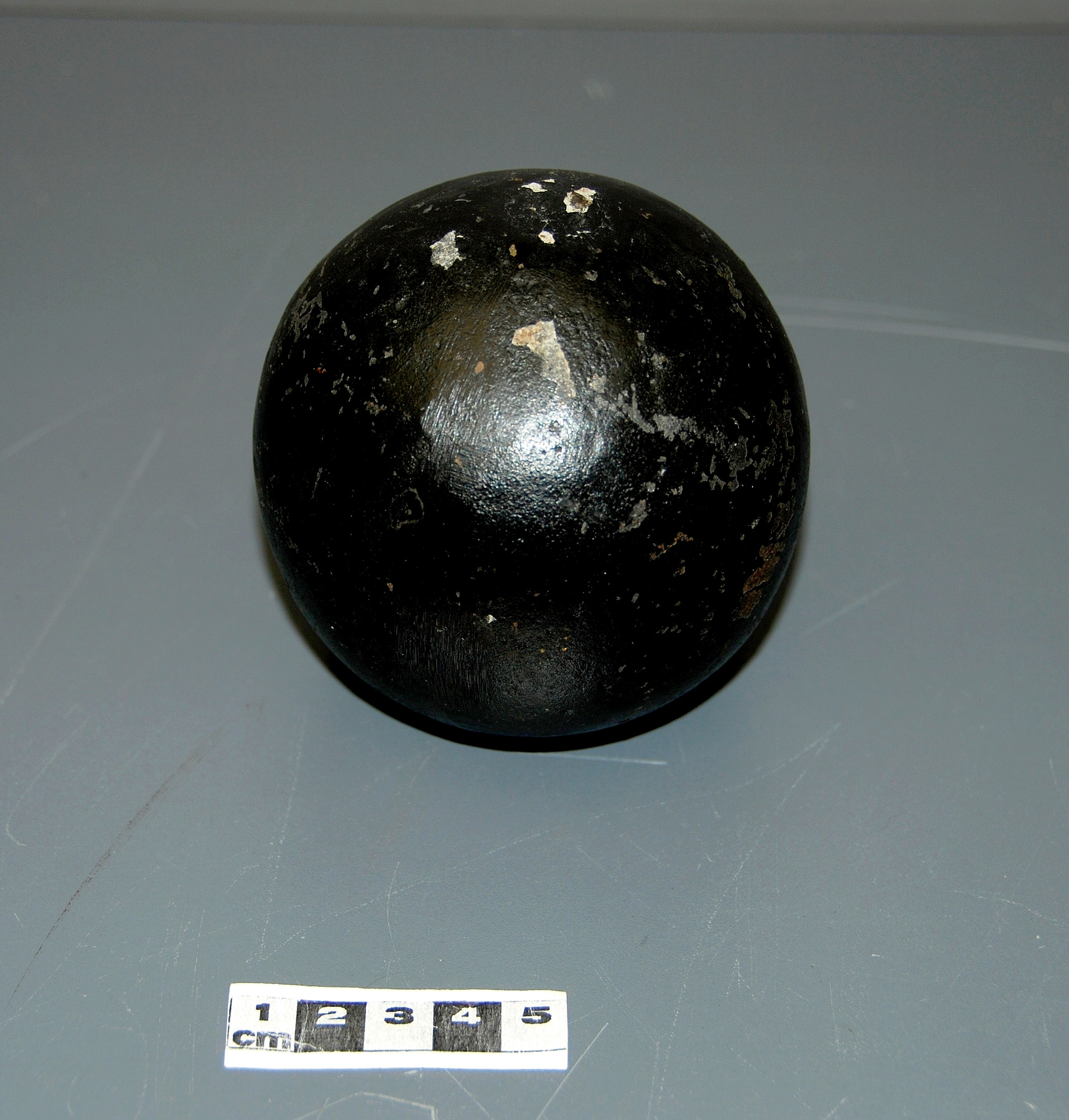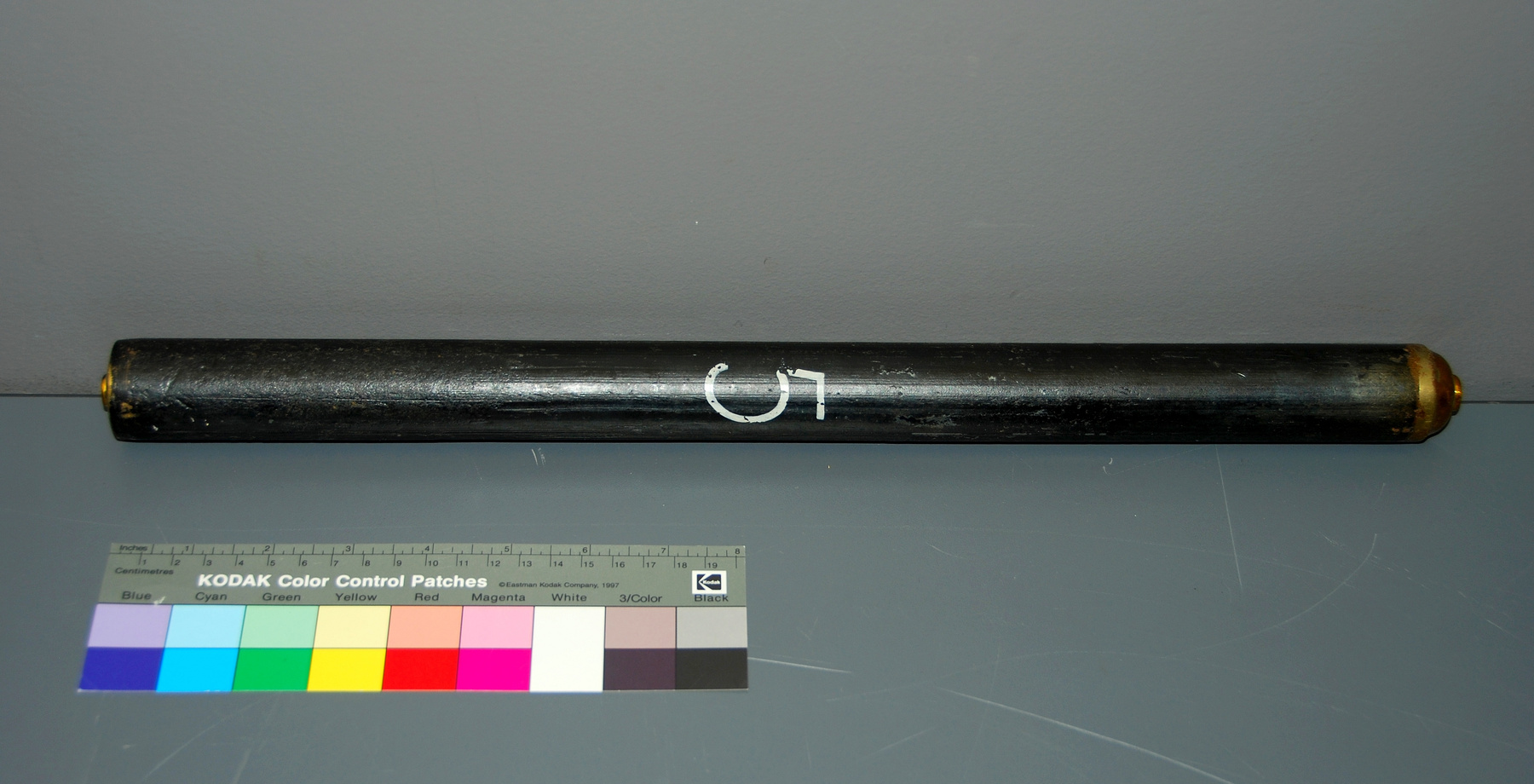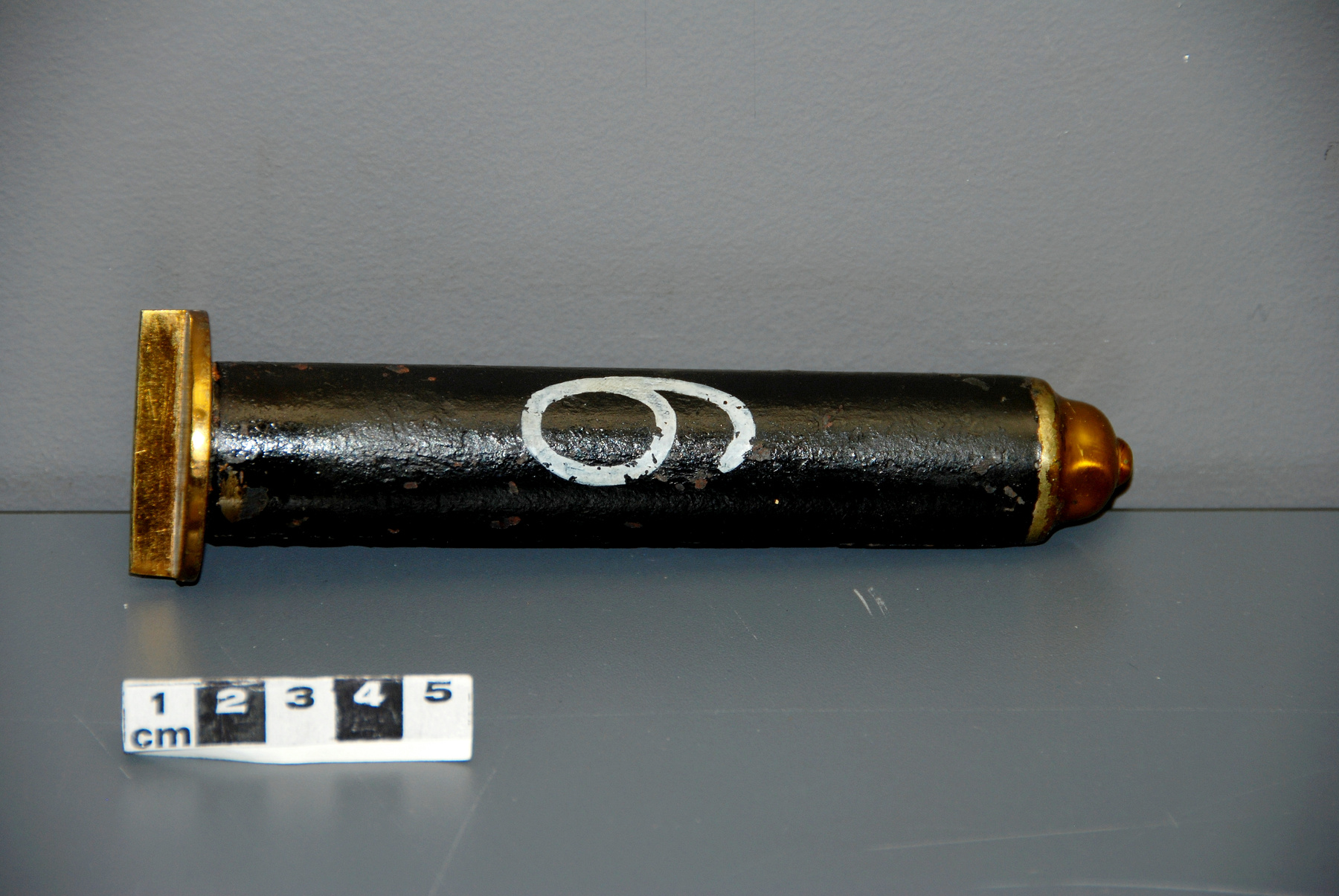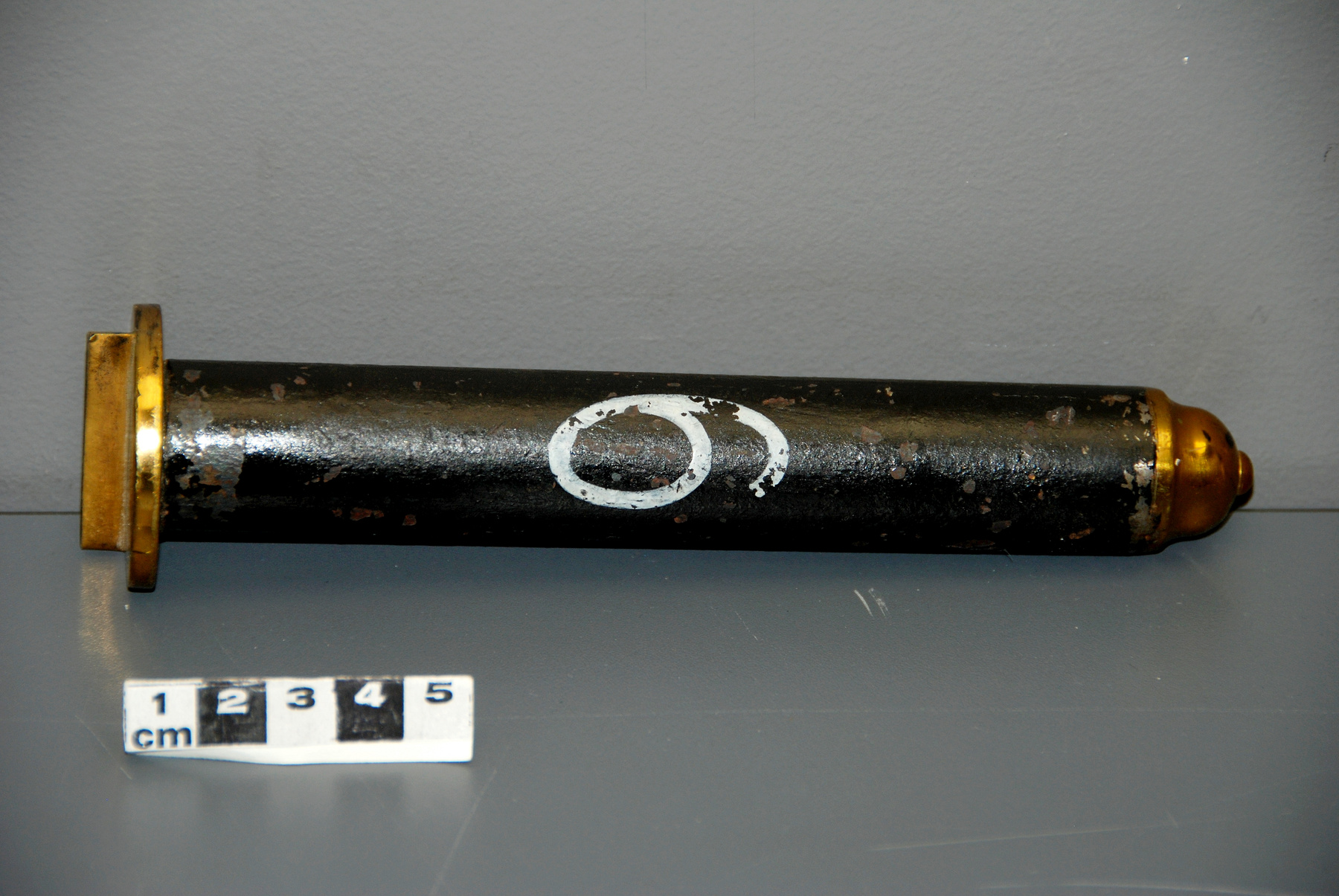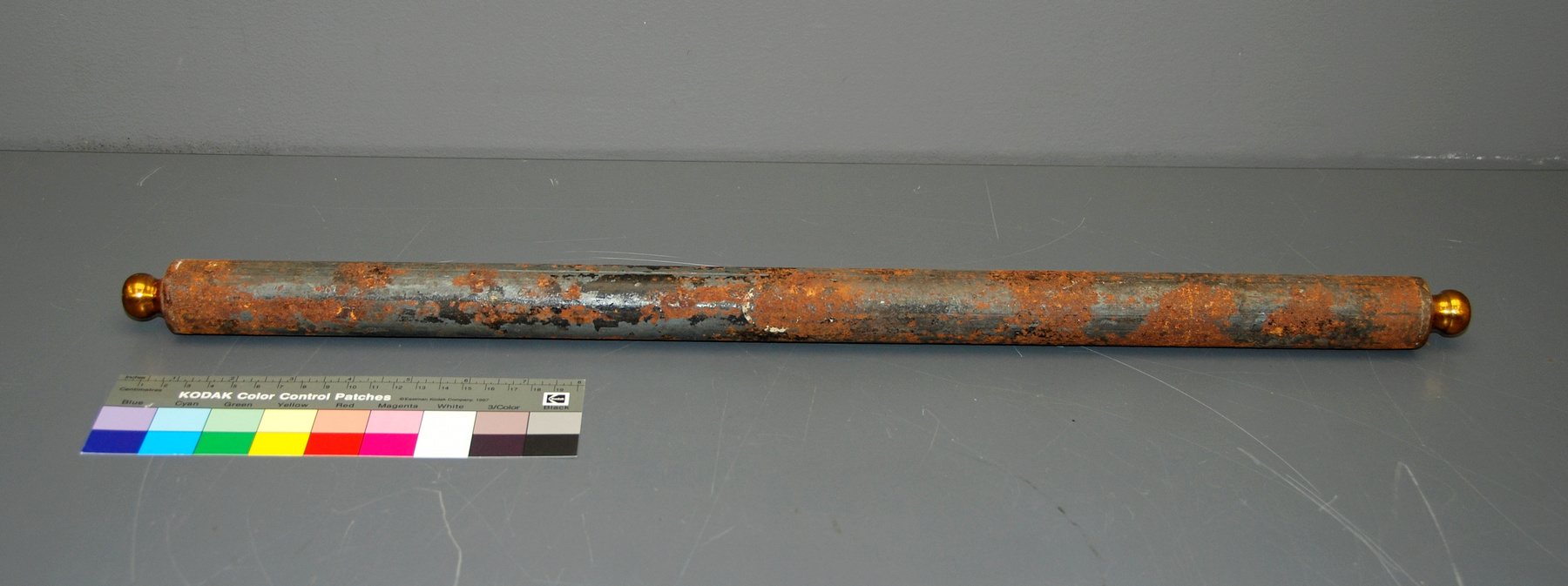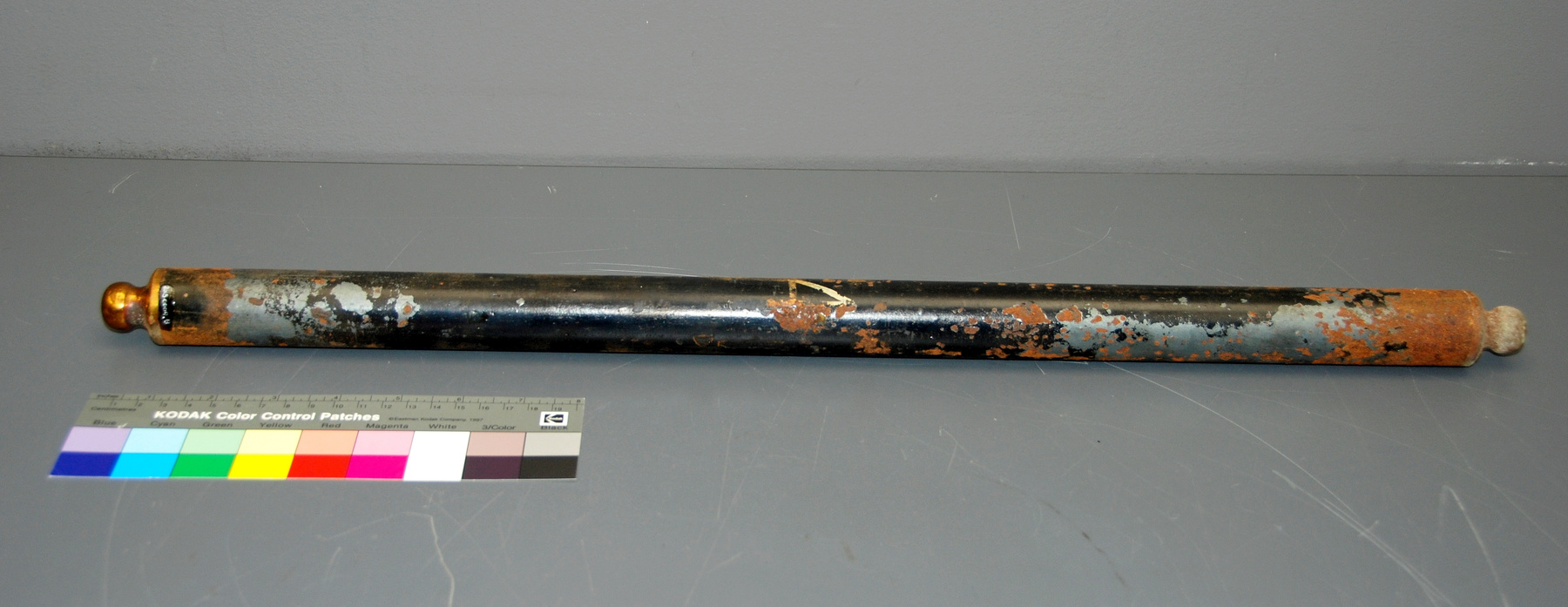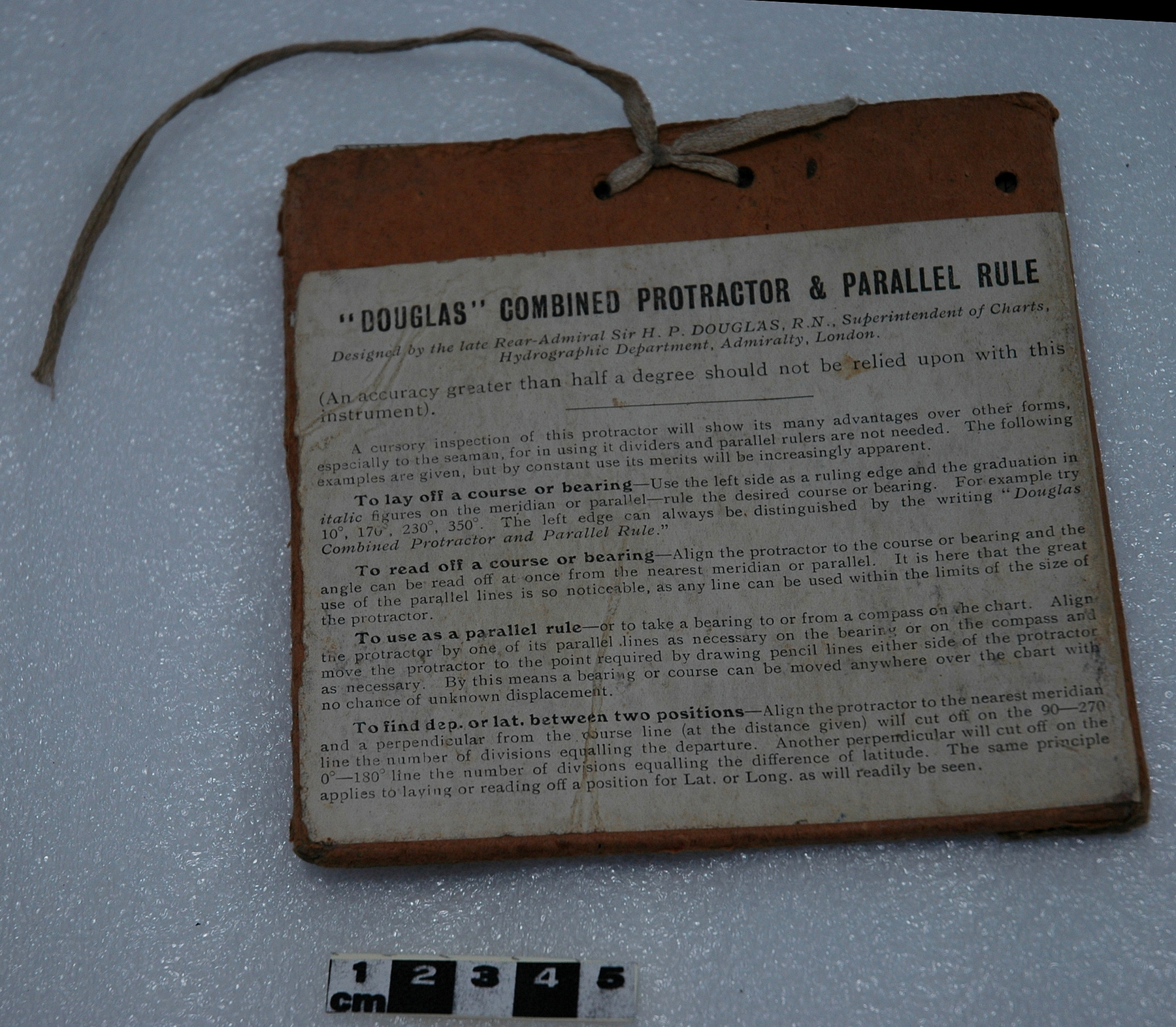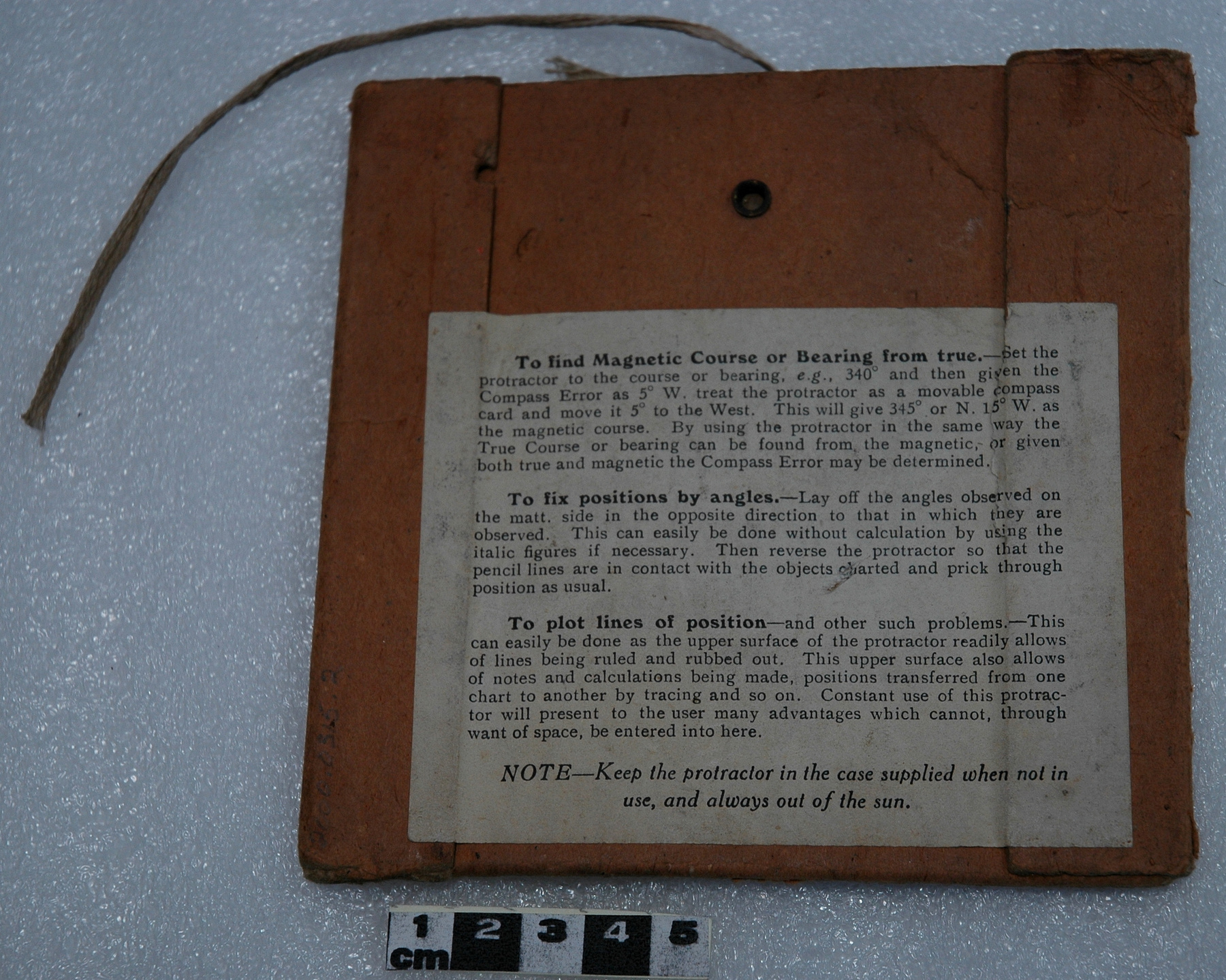Case, storage-carrying
Use this image
Can I reuse this image without permission? Yes
Object images on the Ingenium Collection’s portal have the following Creative Commons license:
Copyright Ingenium / CC BY-NC-ND (Attribution-NonCommercial 4.0 International (CC BY-NC 4.0)
ATTRIBUTE THIS IMAGE
Ingenium,
2000.0315.002
Permalink:
Ingenium is releasing this image under the Creative Commons licensing framework, and encourages downloading and reuse for non-commercial purposes. Please acknowledge Ingenium and cite the artifact number.
DOWNLOAD IMAGEPURCHASE THIS IMAGE
This image is free for non-commercial use.
For commercial use, please consult our Reproduction Fees and contact us to purchase the image.
- OBJECT TYPE
- N/A
- DATE
- Unknown
- ARTIFACT NUMBER
- 2000.0315.002
- MANUFACTURER
- London Name Plate Mfg. Co.
- MODEL
- Douglas
- LOCATION
- England
More Information
General Information
- Serial #
- N/A
- Part Number
- 2
- Total Parts
- 2
- AKA
- N/A
- Patents
- N/A
- General Description
- Unbleached cardboard case for instrument has buff-colour fabric tie closure; metal ring.
Dimensions
Note: These reflect the general size for storage and are not necessarily representative of the object's true dimensions.
- Length
- 13.8 cm
- Width
- 13.8 cm
- Height
- 1.4 cm
- Thickness
- N/A
- Weight
- N/A
- Diameter
- N/A
- Volume
- N/A
Lexicon
- Group
- Mathematics
- Category
- Drawing & measuring instruments
- Sub-Category
- N/A
Manufacturer
- AKA
- London Name
- Country
- England
- State/Province
- Unknown
- City
- Unknown
Context
- Country
- Unknown
- State/Province
- Unknown
- Period
- Unknown
- Canada
-
Unknown - Function
-
To contain, protect and identify contents when not in use, and to provide directions for use. - Technical
-
Unknown - Area Notes
-
Unknown
Details
- Markings
- “ “DOUGLAS” COMBINED PROTRACTOR & PARALLEL RULE/ Designed by the late Rear-Admiral Sir H.P. DOUGLAS, R.N., Superintendent of Charts,/ Hydrographic Department, Admiralty, London./ (An accuracy greater than half a degree should not be relied upon with this/ instrument)./ A cursory inspection of this protractor will show its many advantages over other forms,/ especially to the seaman, for in using it dividers and parallel rulers are not needed. The following/ examples are given, but by constant use its merits will be increasingly apparent./ To lay off a course or bearing- Use the left side as a ruling edge and the graduation in/ italic figures on the meridian or parallel- rule the desired course or bearing. For example try/ 10 °, 170°, 230°, 350°. The left edge can always be distinguished by the writing “Douglas/ Combined Protractor and Parallel Rule.”/ To read off a course or bearing- Align the protractor to the course or bearing and the/ angle can be read off at once from the nearest meridian or parallel. It is here that the great/ use of the parallel lines is so noticeable, as any line cane be used within the limits of the size of/ the protractor./ To use as a parallel rule- or to take a bearing to or from a compass on the chart. Align/ the protractor by one of its parallel lines as necessary on the bearing or on the compass and move the protractor to the point required by drawing pencil lines either side of the protractor/ as necessary. By this means a bearing or course can be moved anywhere over the chart with/ no chance of unknown displacement./ To find dep. or lat. between two positions- Align the protractor to the nearest meridian/ and a perpendicular line from the course line )at the distance given) will cut off on the 90-270/ line the number of divisions equaling the departure. Another perpendicular will cut off on the/ 0°- 180° line the number of divisions equaling the difference of latitude. The same principle/ applies to laying or reading off a position for Lat. or Long. as will readily be seen.” printed on label applied to one side of container. “To find Magnetic Course or Bearing from true,- Set the/ protractor to the course or bearing, e.g. 340° and then given the/ Compass Error as 5° W. treat the protractor as a moveable compass/ card and move it 5° to the West. This will give 345°or N. 15°W. as/ the magnetic course. By using the protractor in the same way the/ True course or bearing can be found from the magnetic, or given/ both true and magnetic the Compass Error my be determined./ To fix positions by angles.- Lay off the angles observed on/ the matt. side in the opposite direction to that in which they are/ observed. This can easily be done without calculation by using the / italic figures if necessary. Then reverse the protractor so that the/ pencil lines are in contact with the objects charted and prick through/ position as usual./ To plot lines of position- and other such problems.- This/ can easily be done as the upper surface of the protractor readily allows/ of lines being ruled and rubbed out. This upper surface also allows/ of notes and calculations being made, positions transferred from one/ chart to another by tracing and so on. Constant use of this protrac-/ tor will present to the user many advantages which cannot, through/ want of space, be entered into here./ NOTE- Keep the protractor in the case supplied when not in/ use, and always out of the sun.” printed on label applied to other side of case.
- Missing
- None evident.
- Finish
- Unbleached cardboard case for instrument has buff-colour fabric tie closure; metal ring.
- Decoration
- N/A
CITE THIS OBJECT
If you choose to share our information about this collection object, please cite:
London Name Plate Mfg. Co., Case, storage-carrying, Unknown Date, Artifact no. 2000.0315, Ingenium – Canada’s Museums of Science and Innovation, http://collections.ingeniumcanada.org/en/id/2000.0315.002/
FEEDBACK
Submit a question or comment about this artifact.
More Like This

